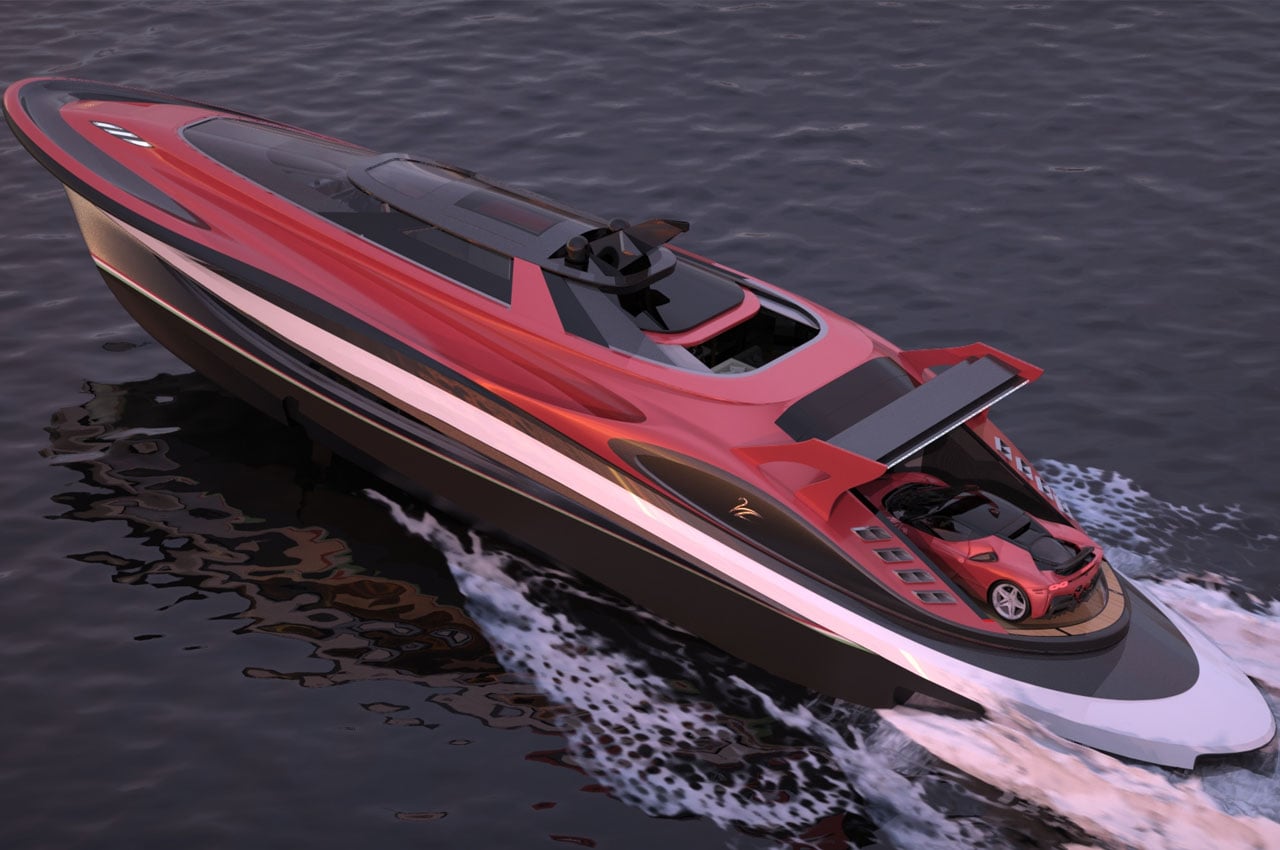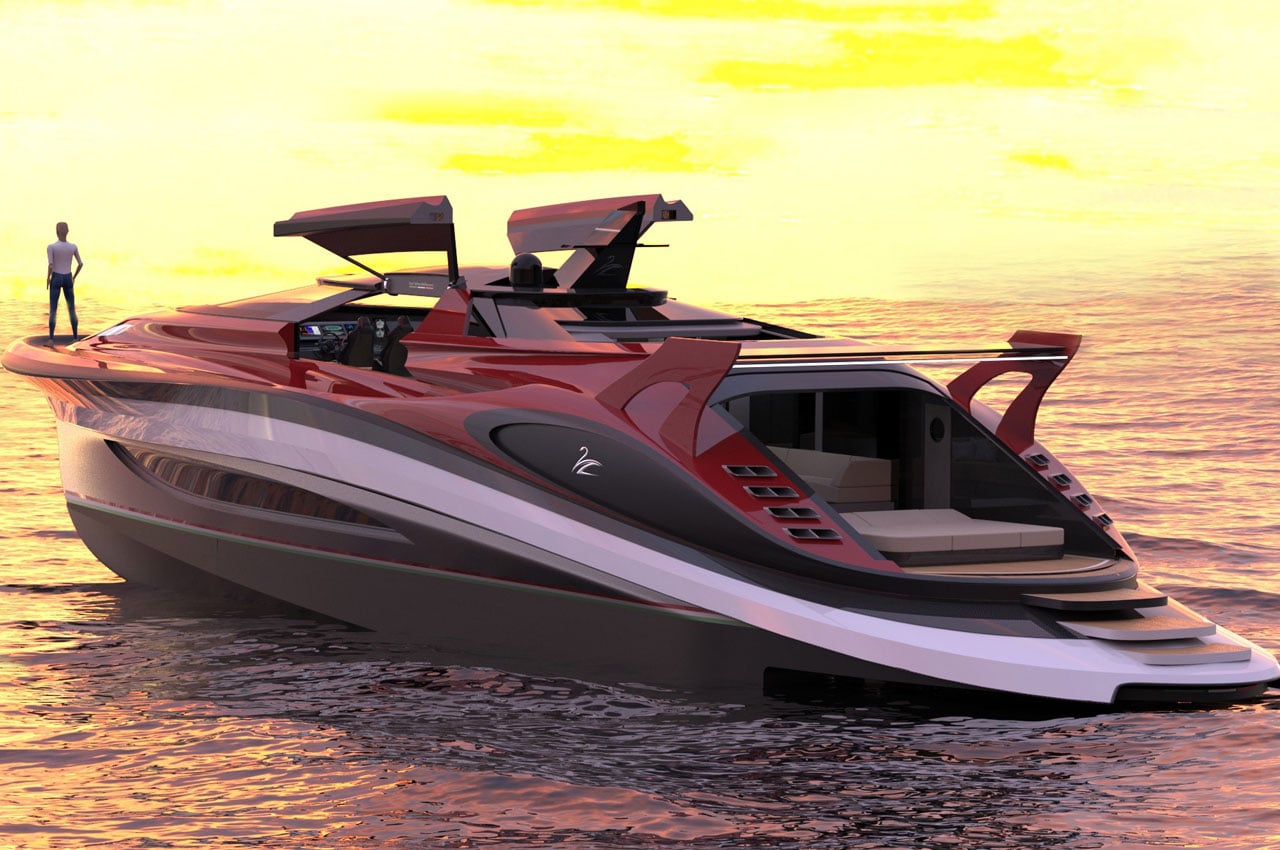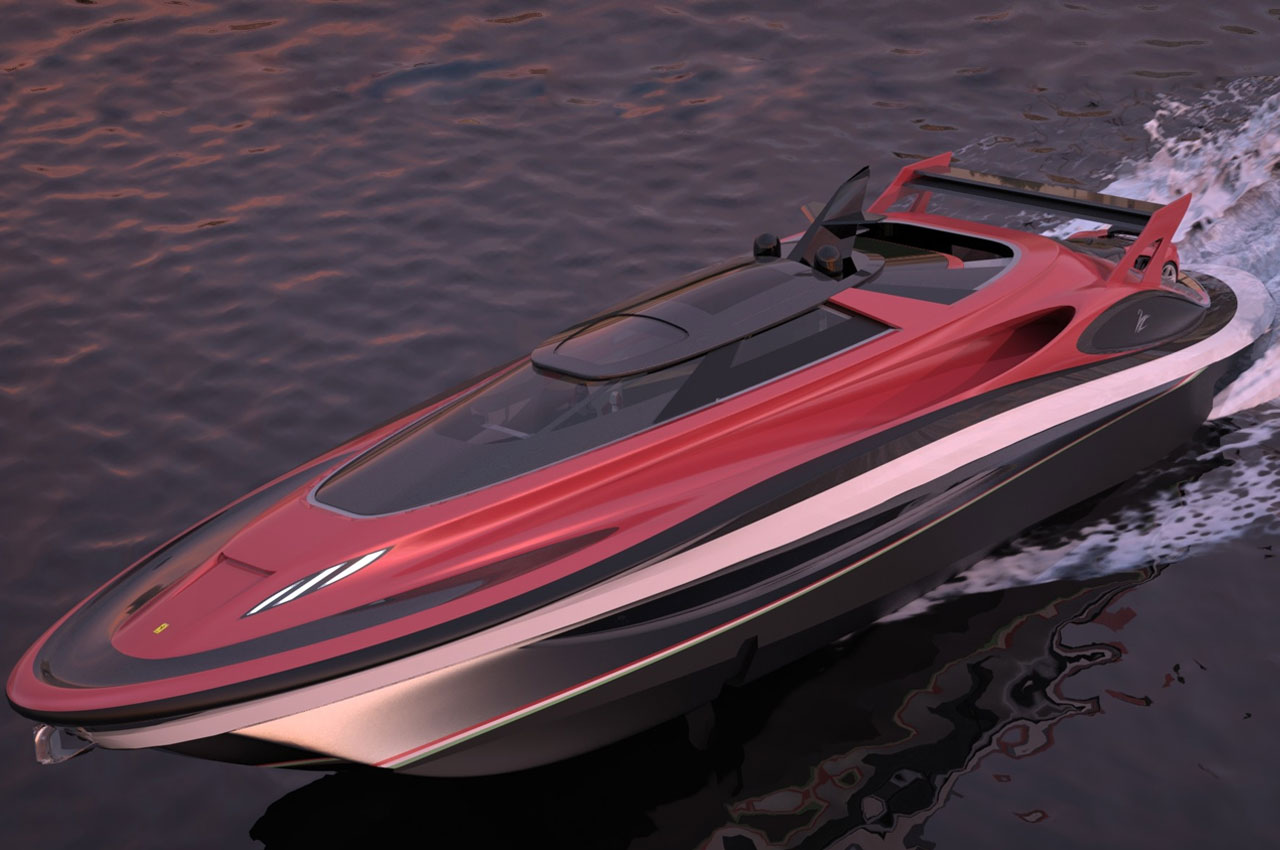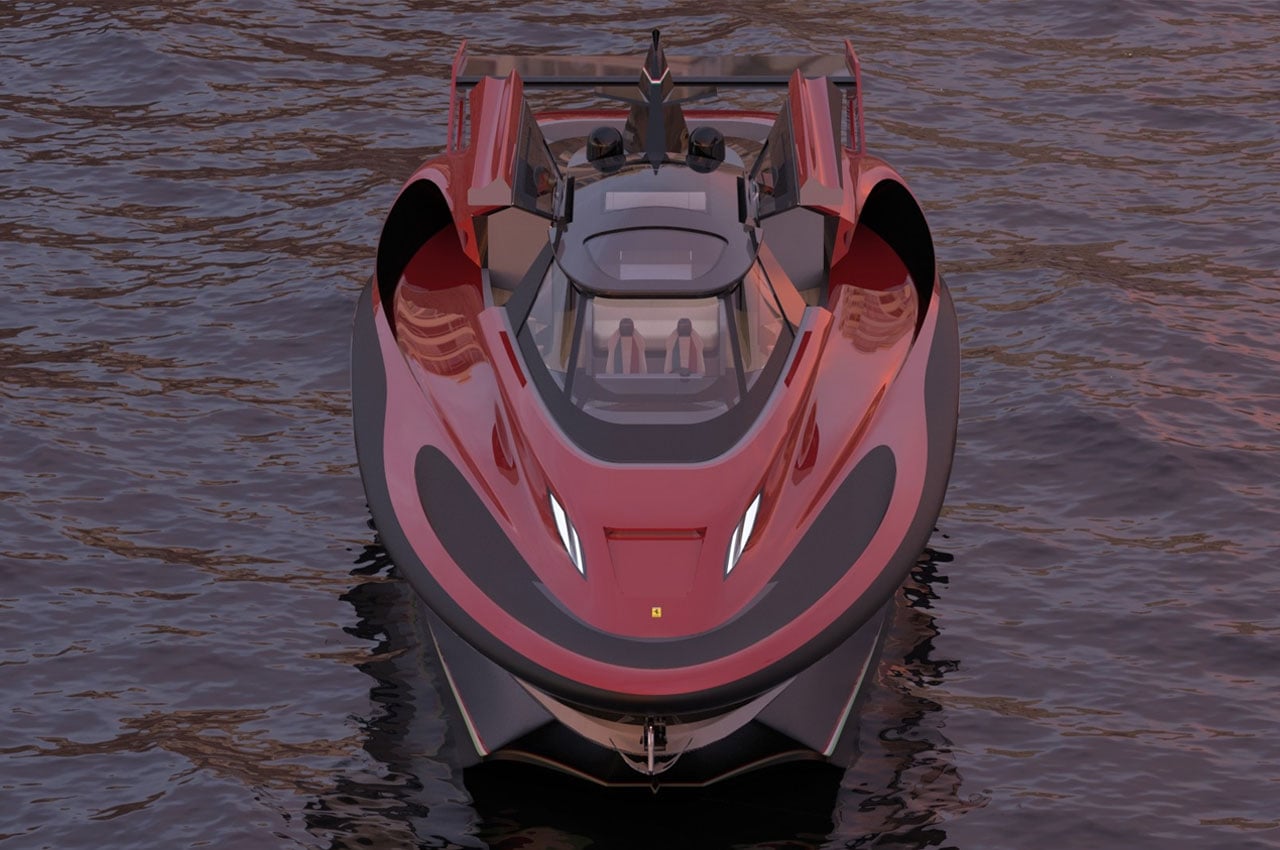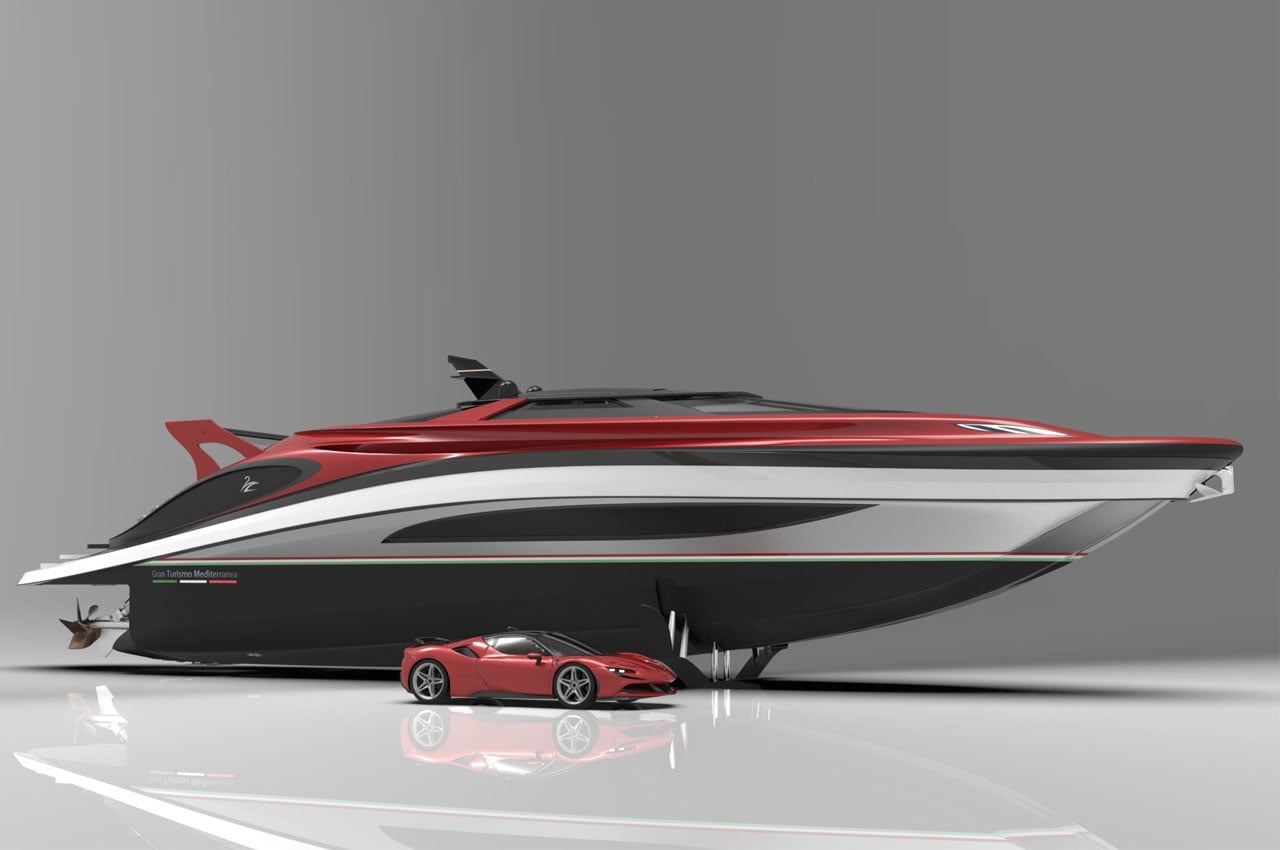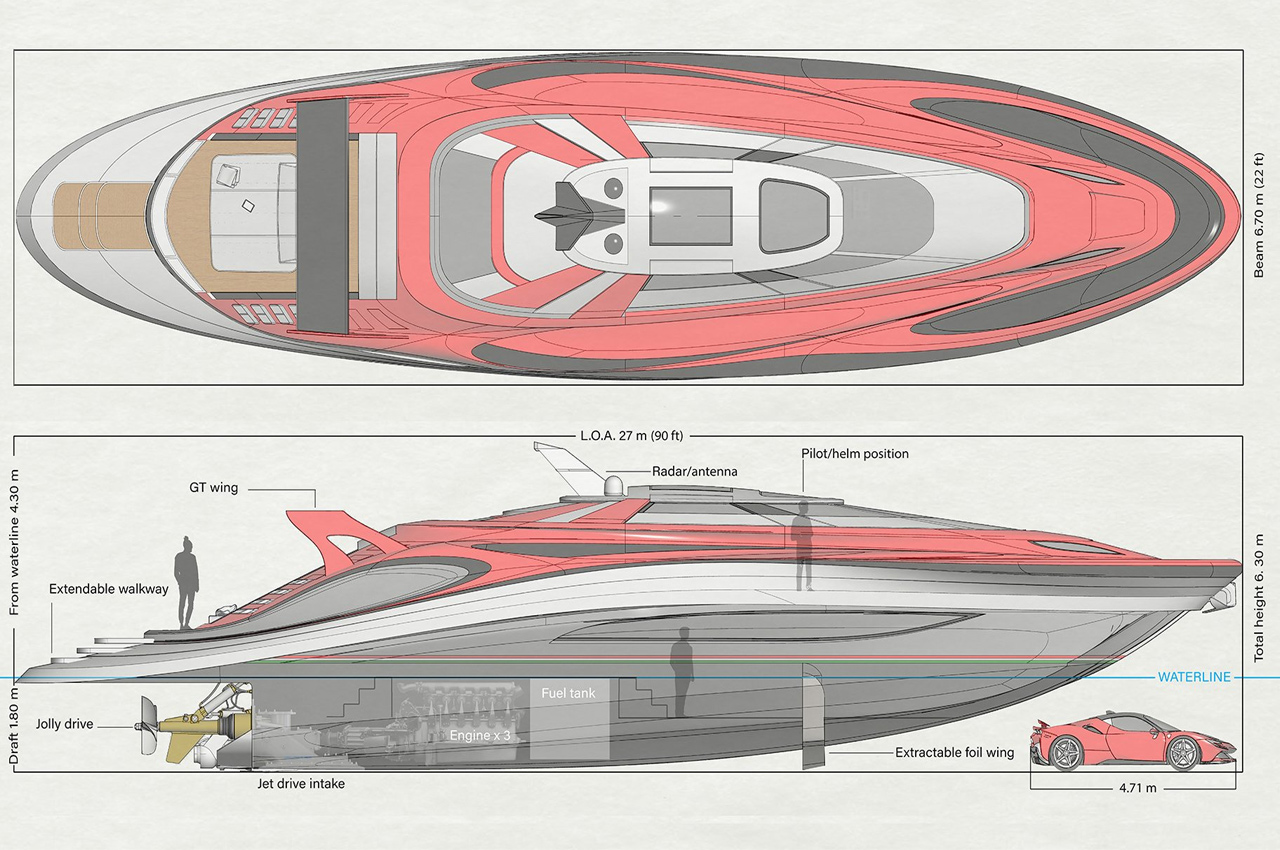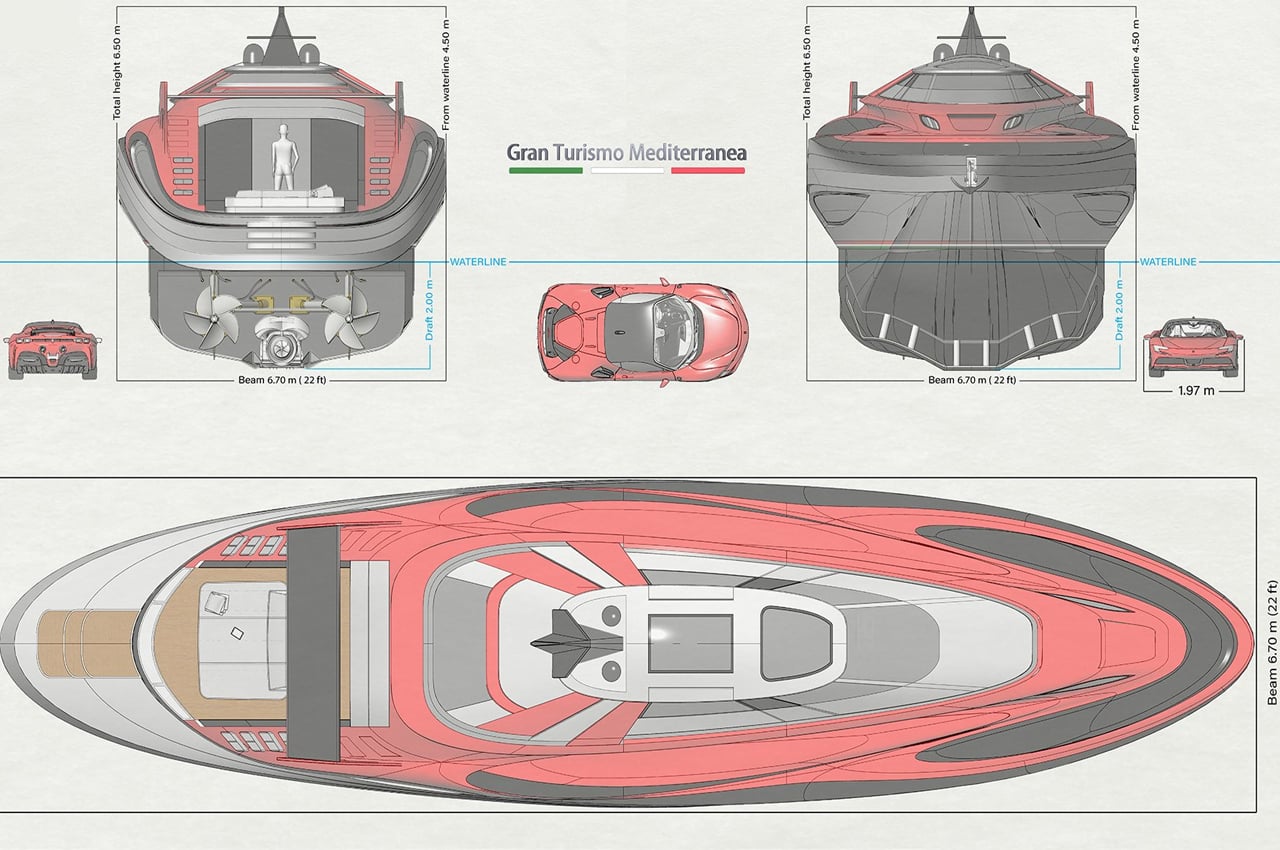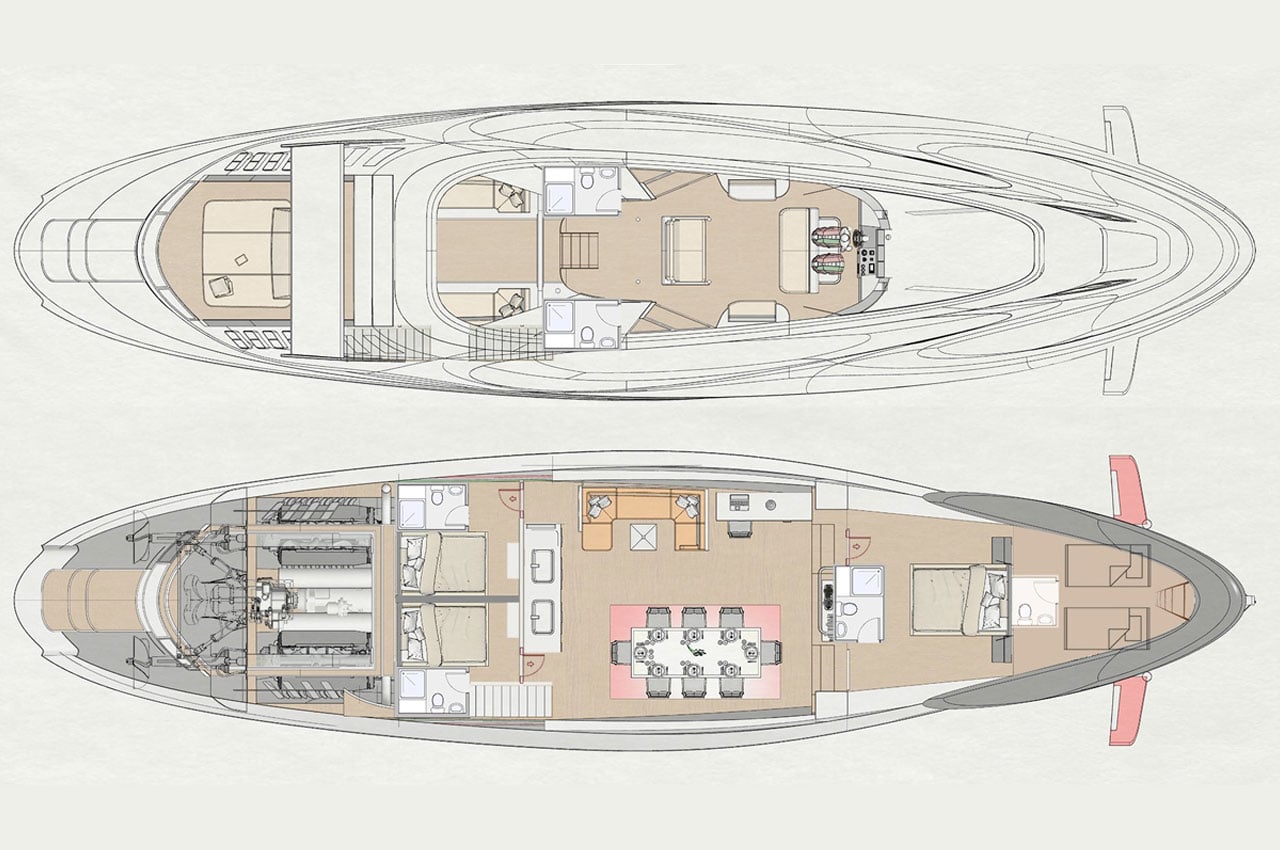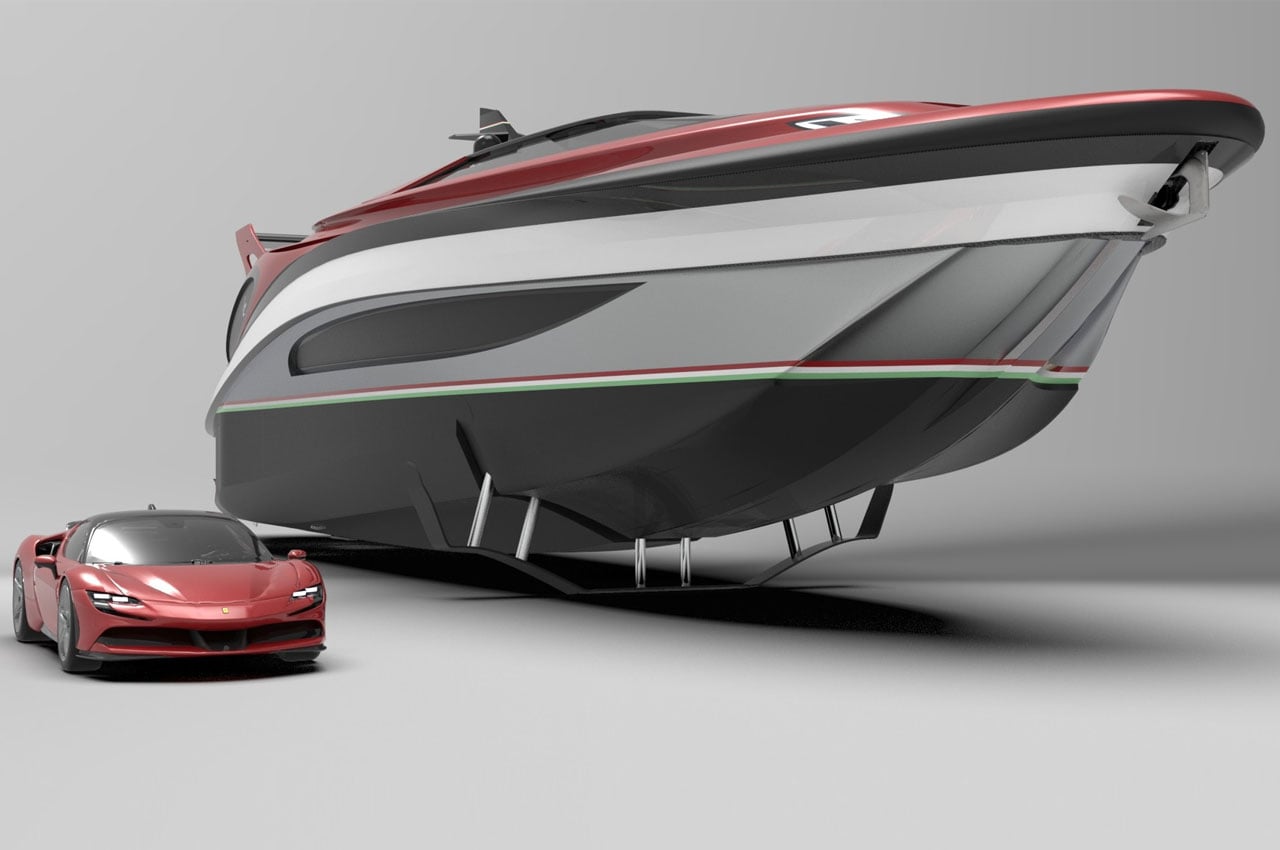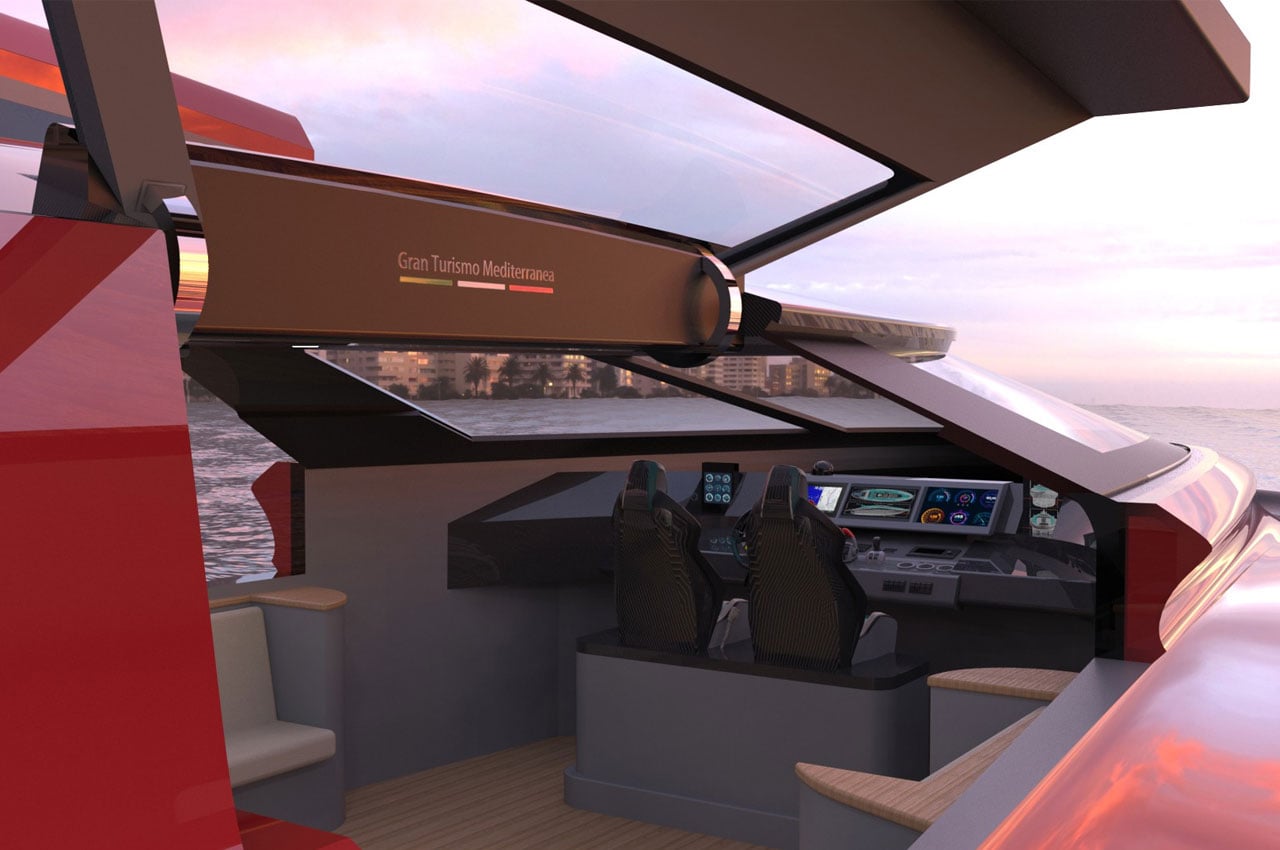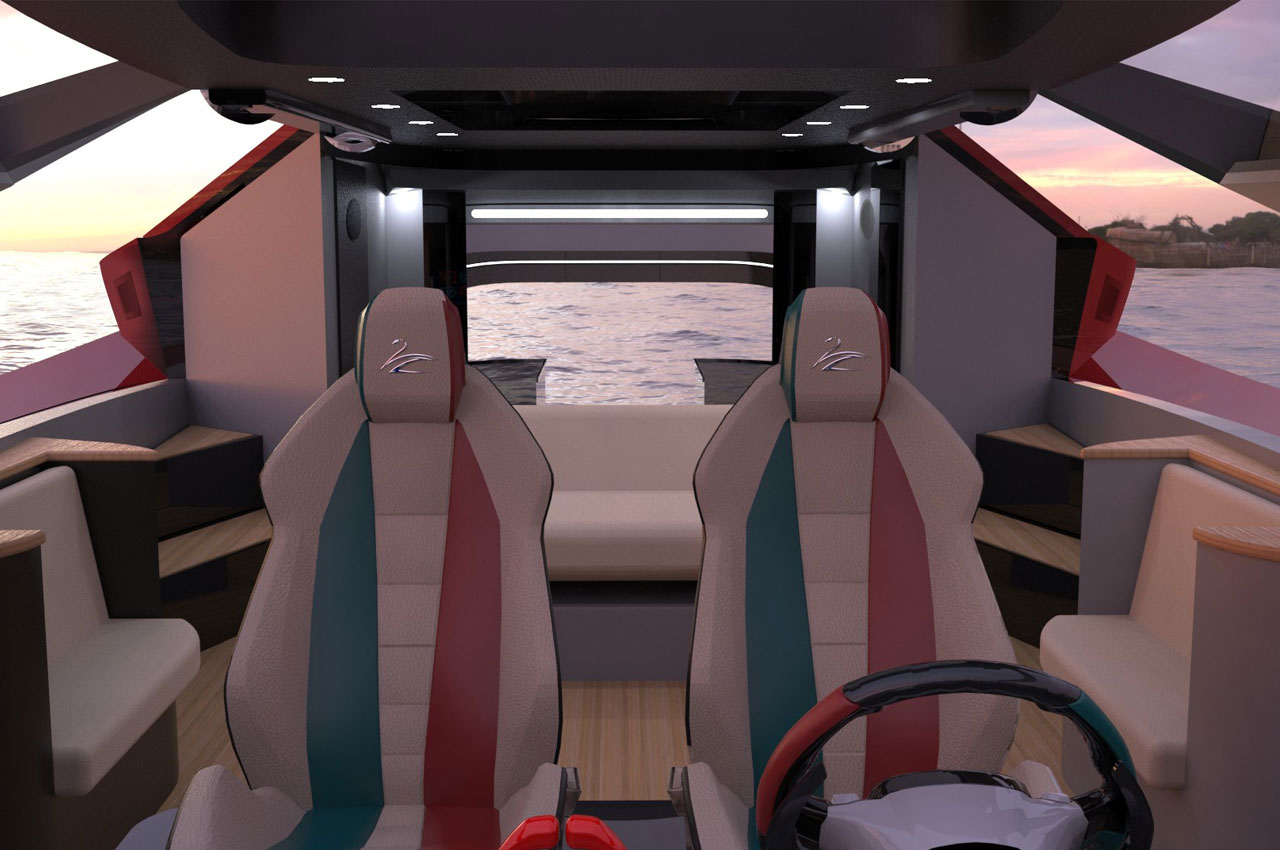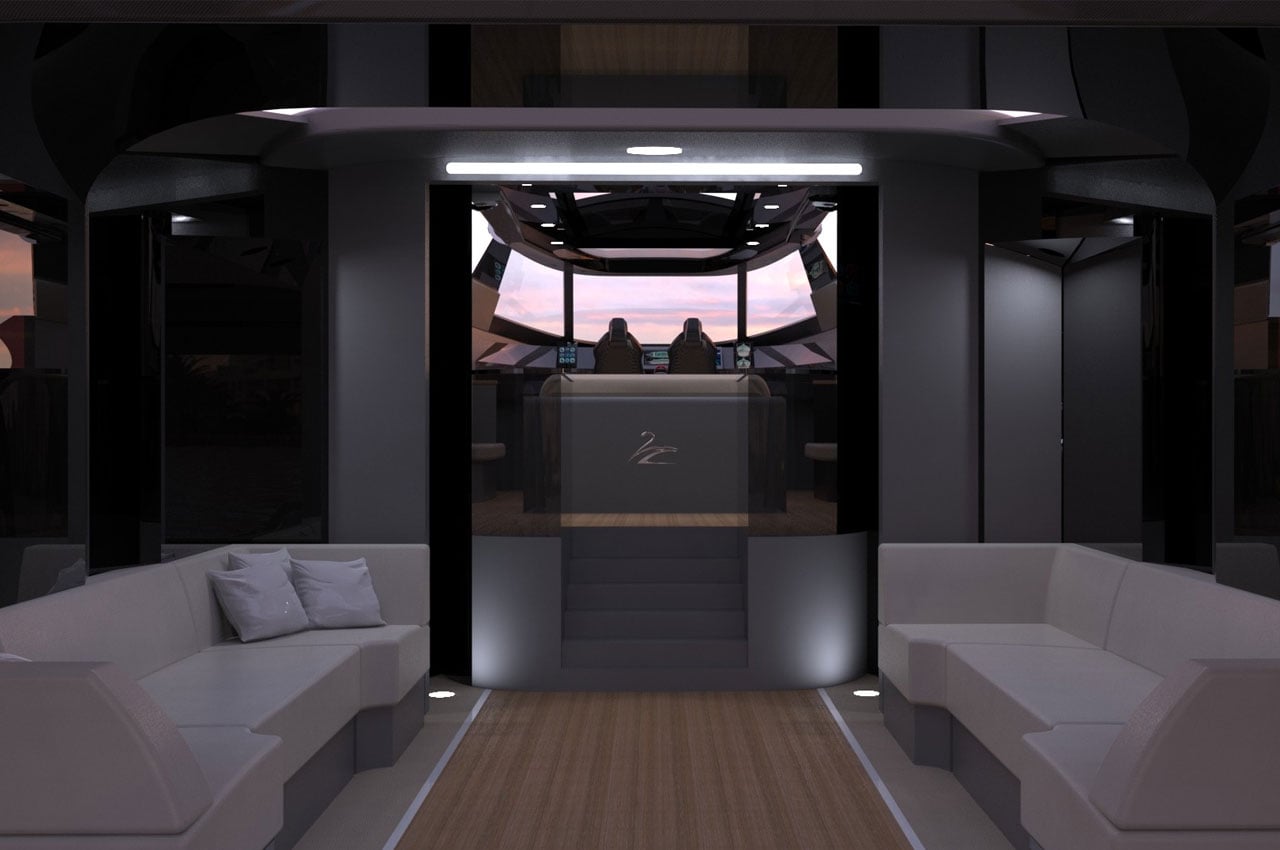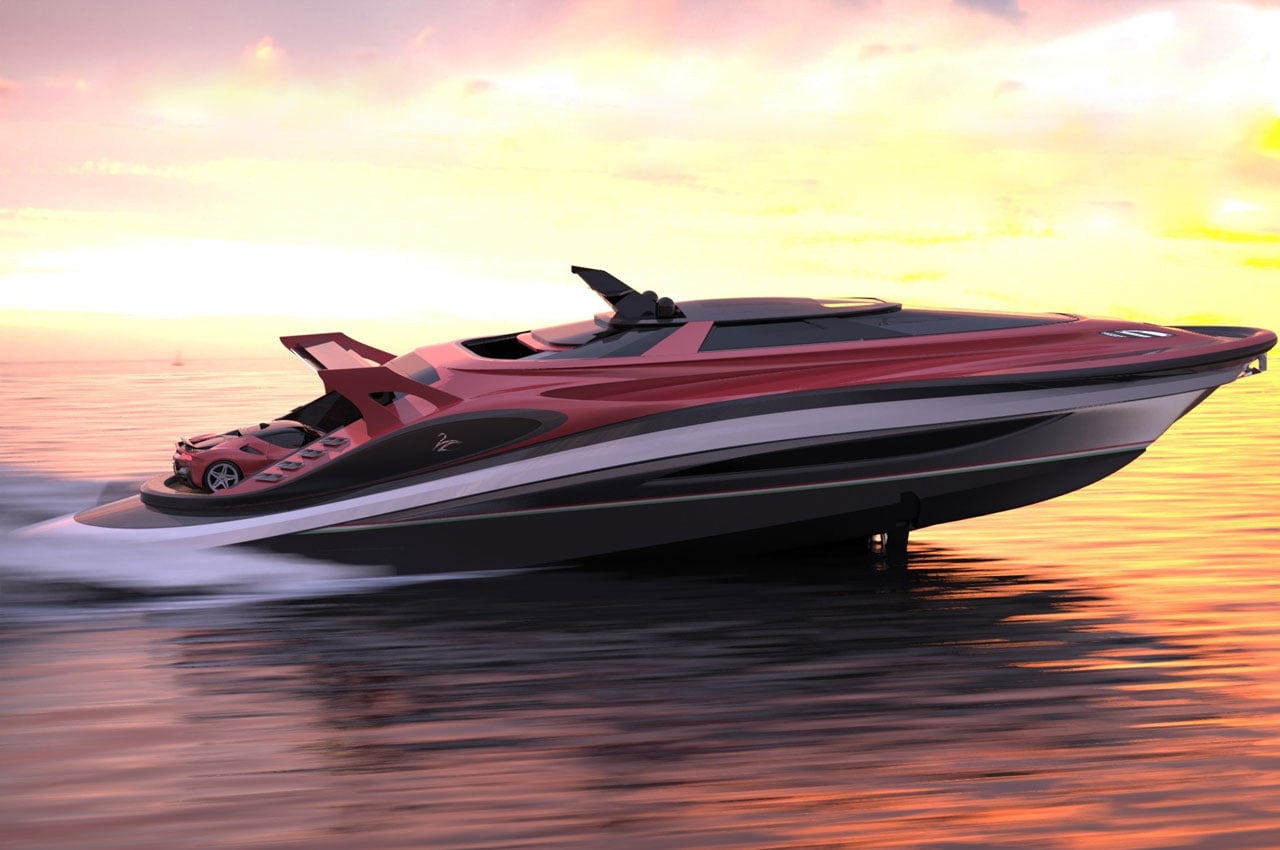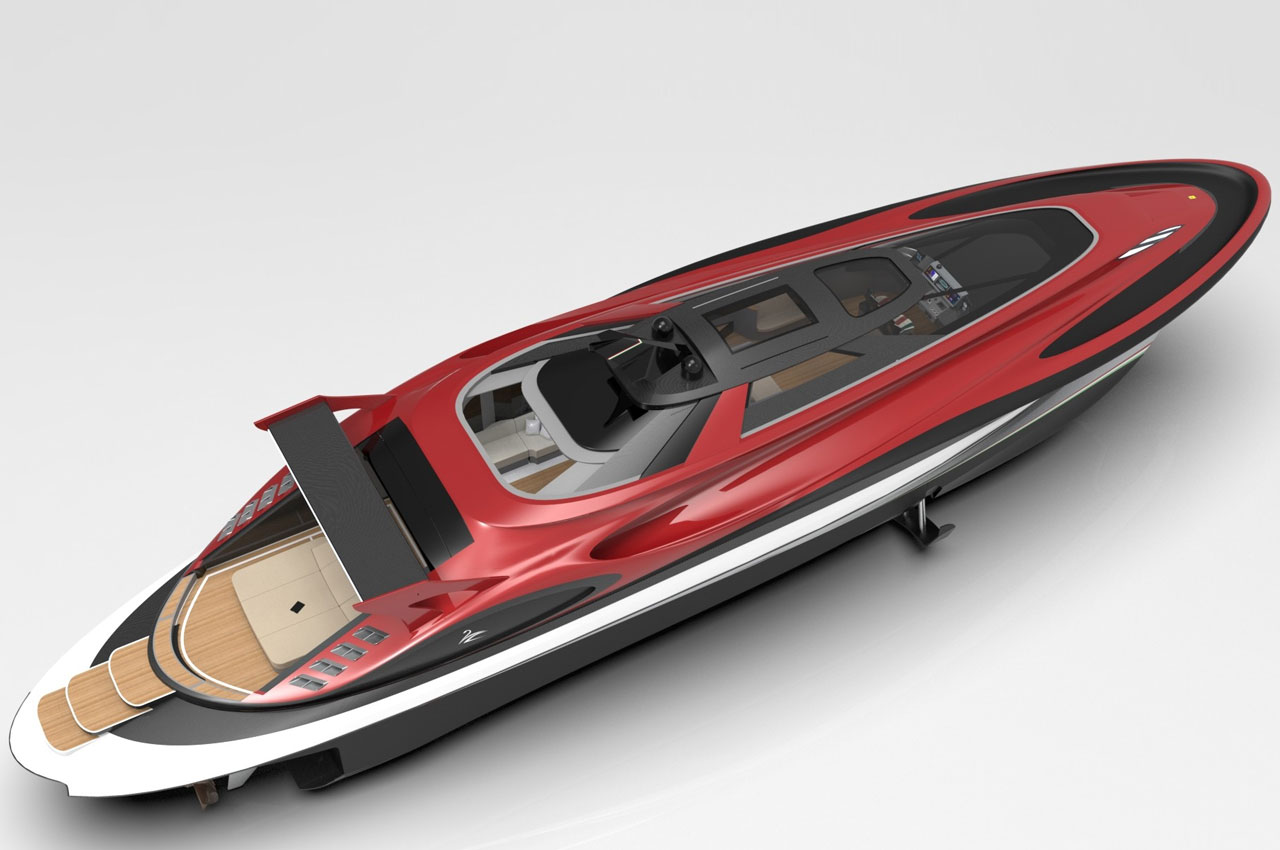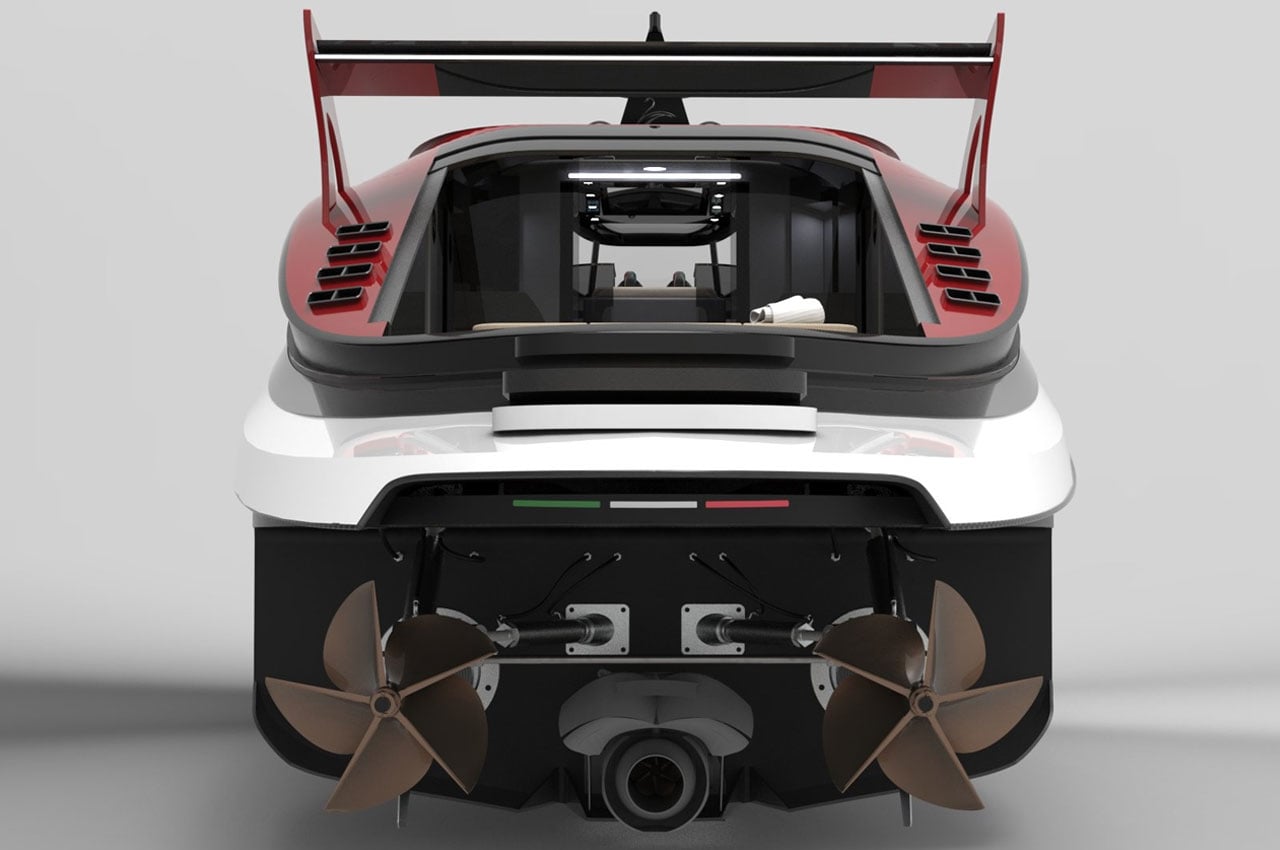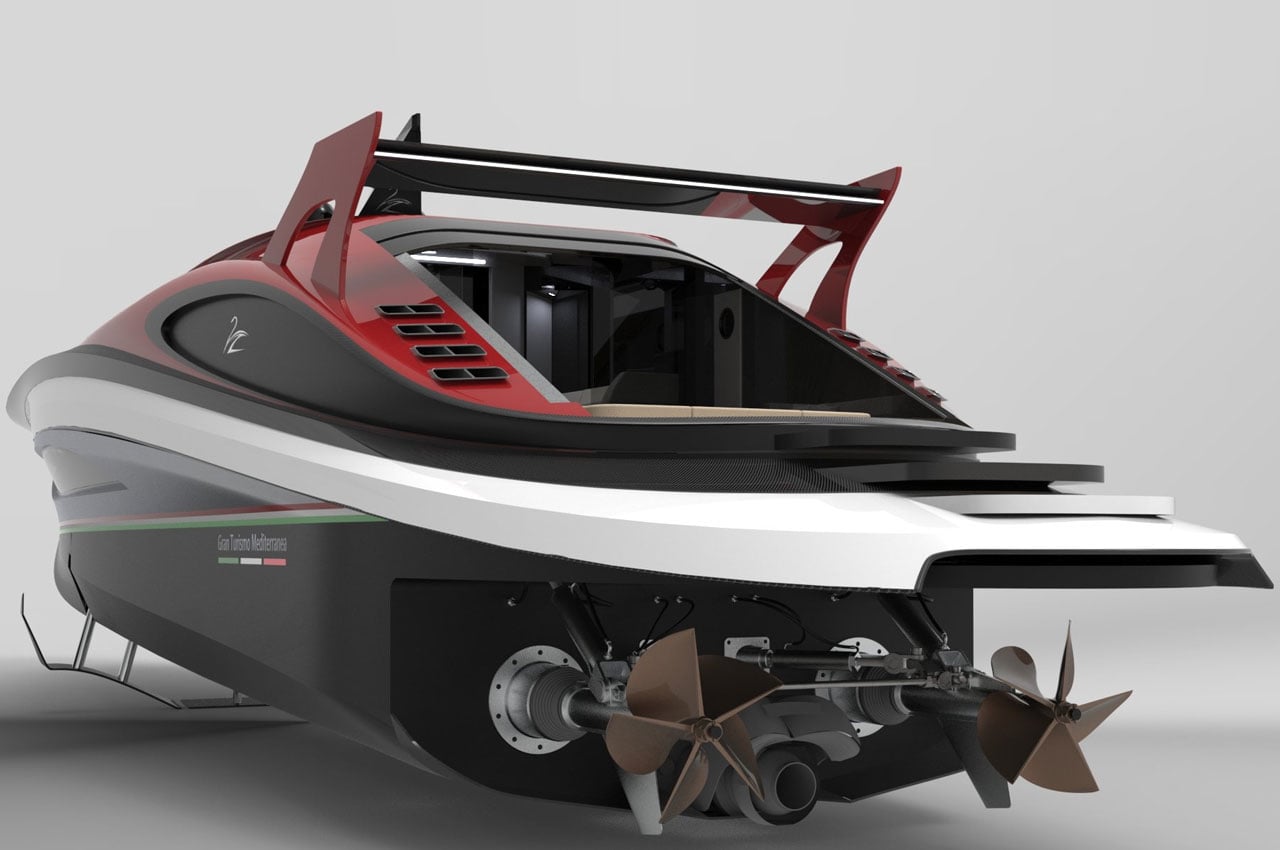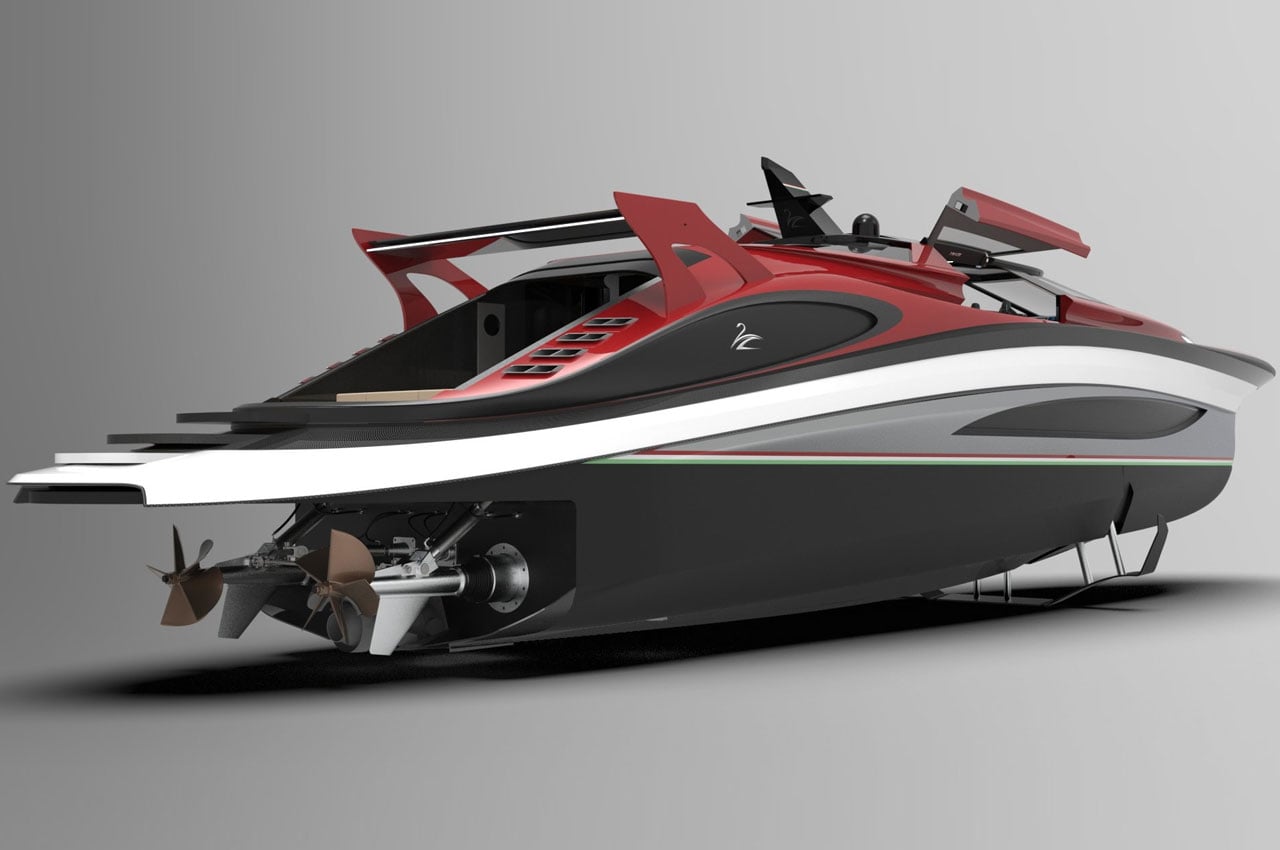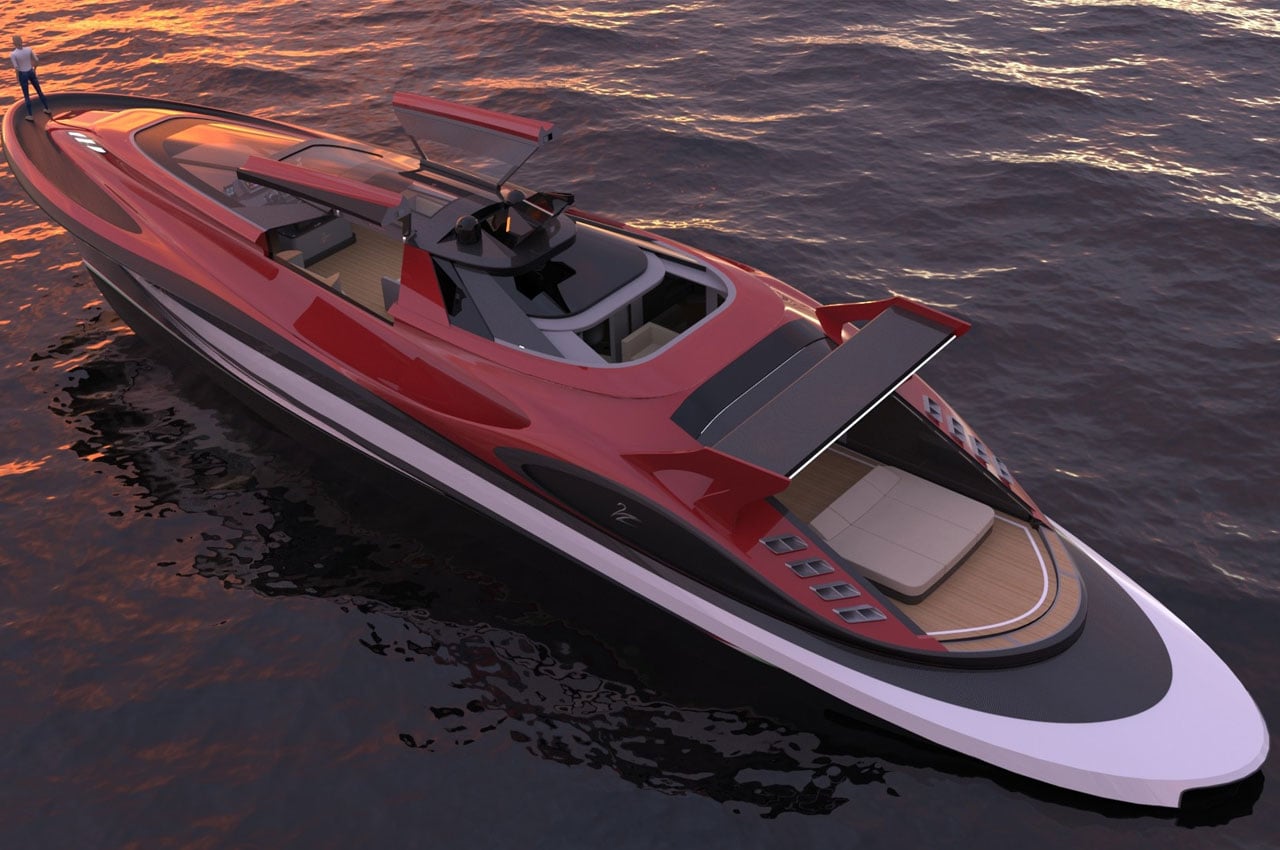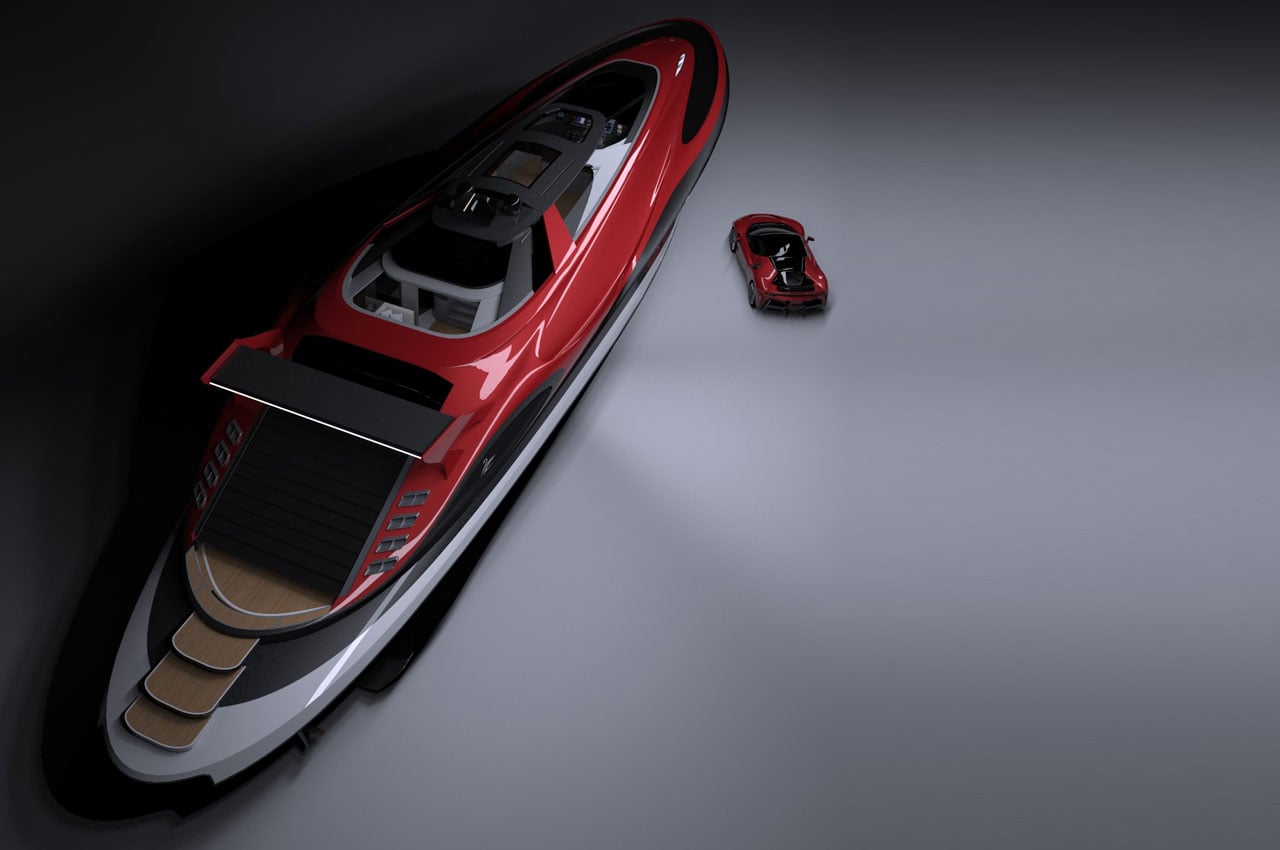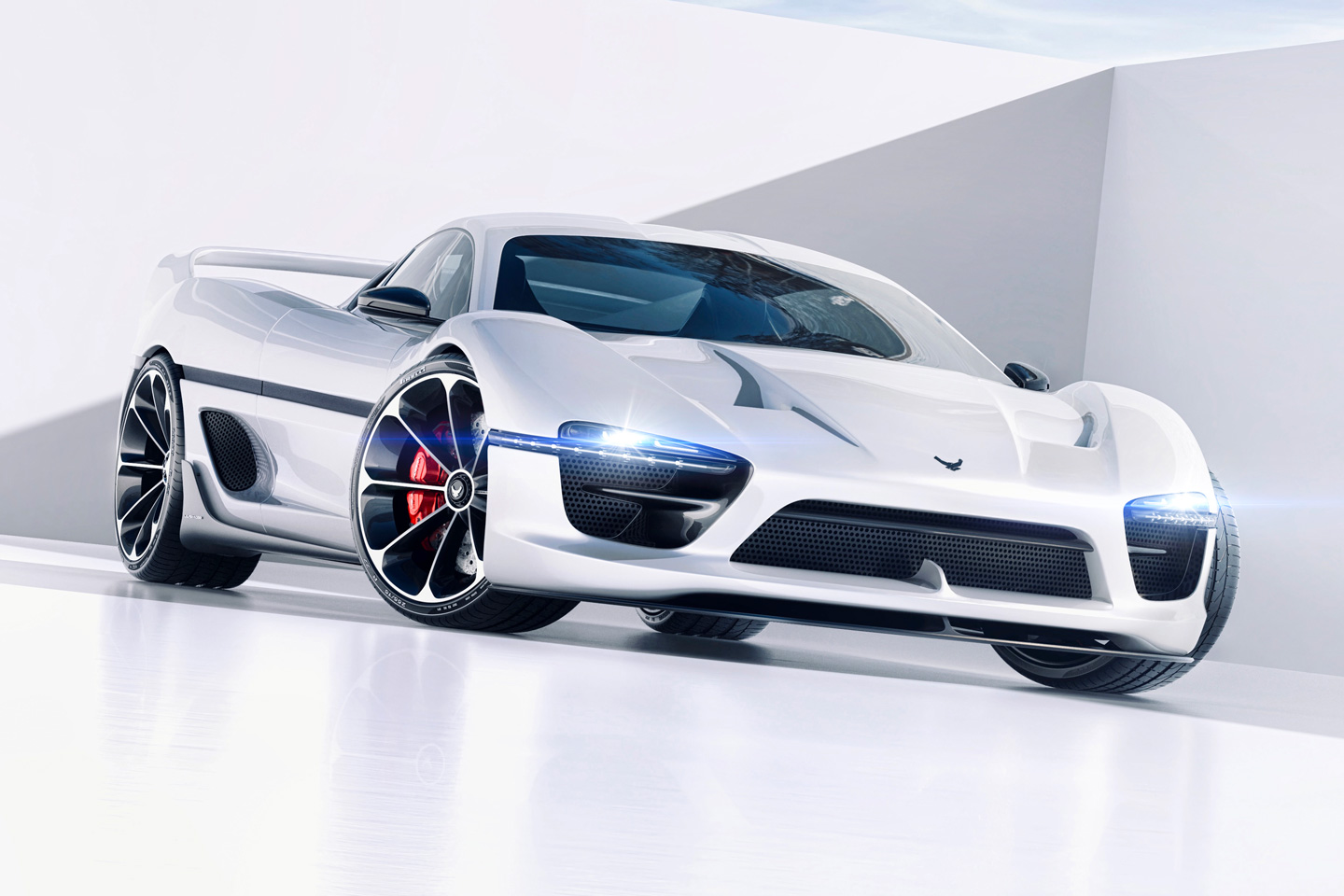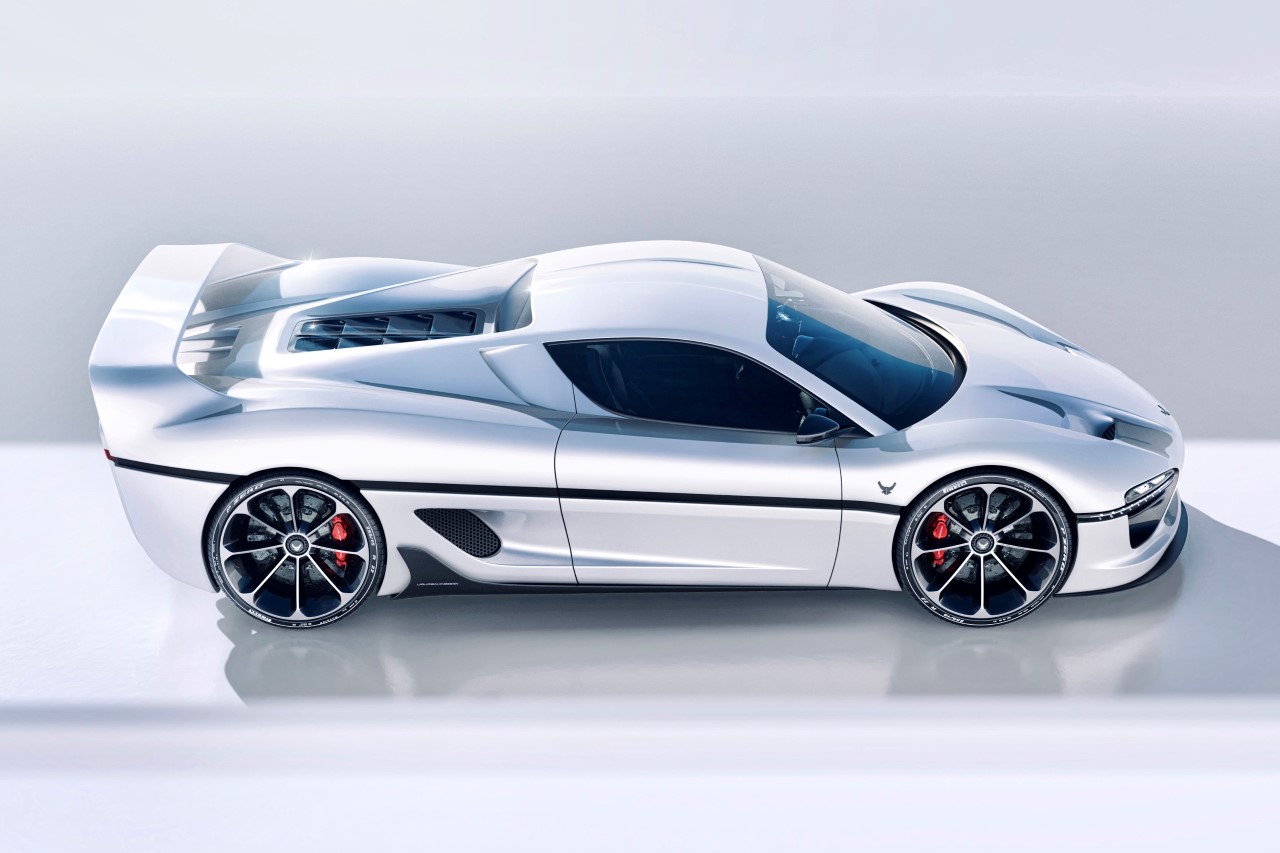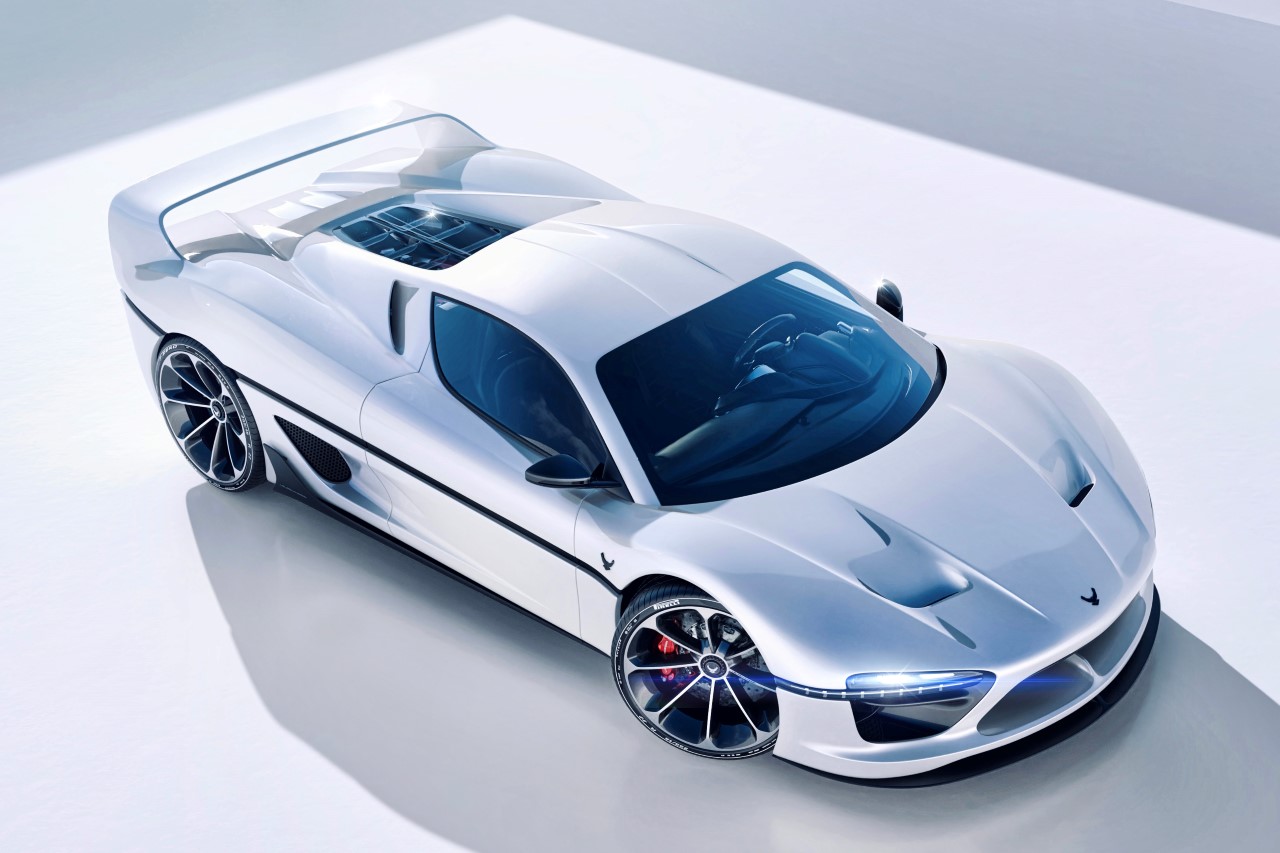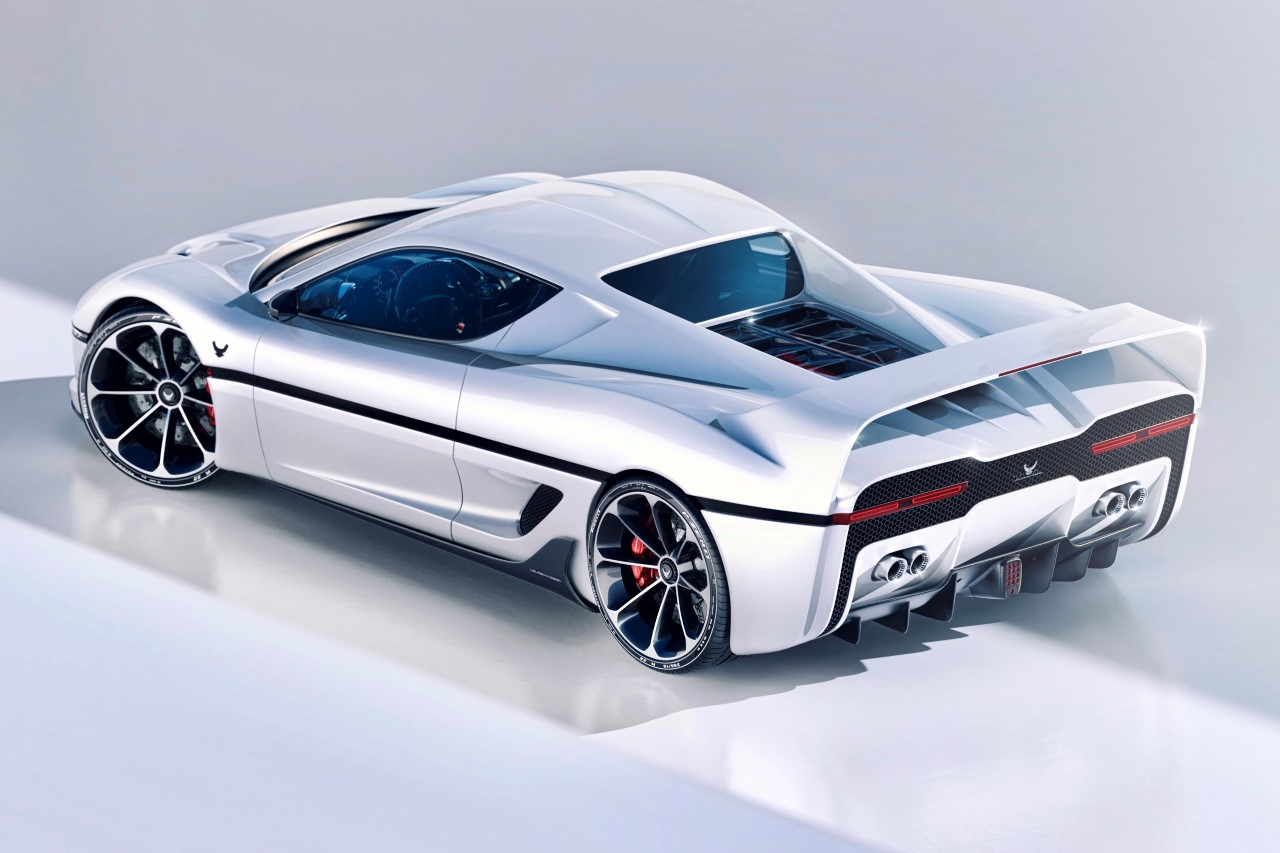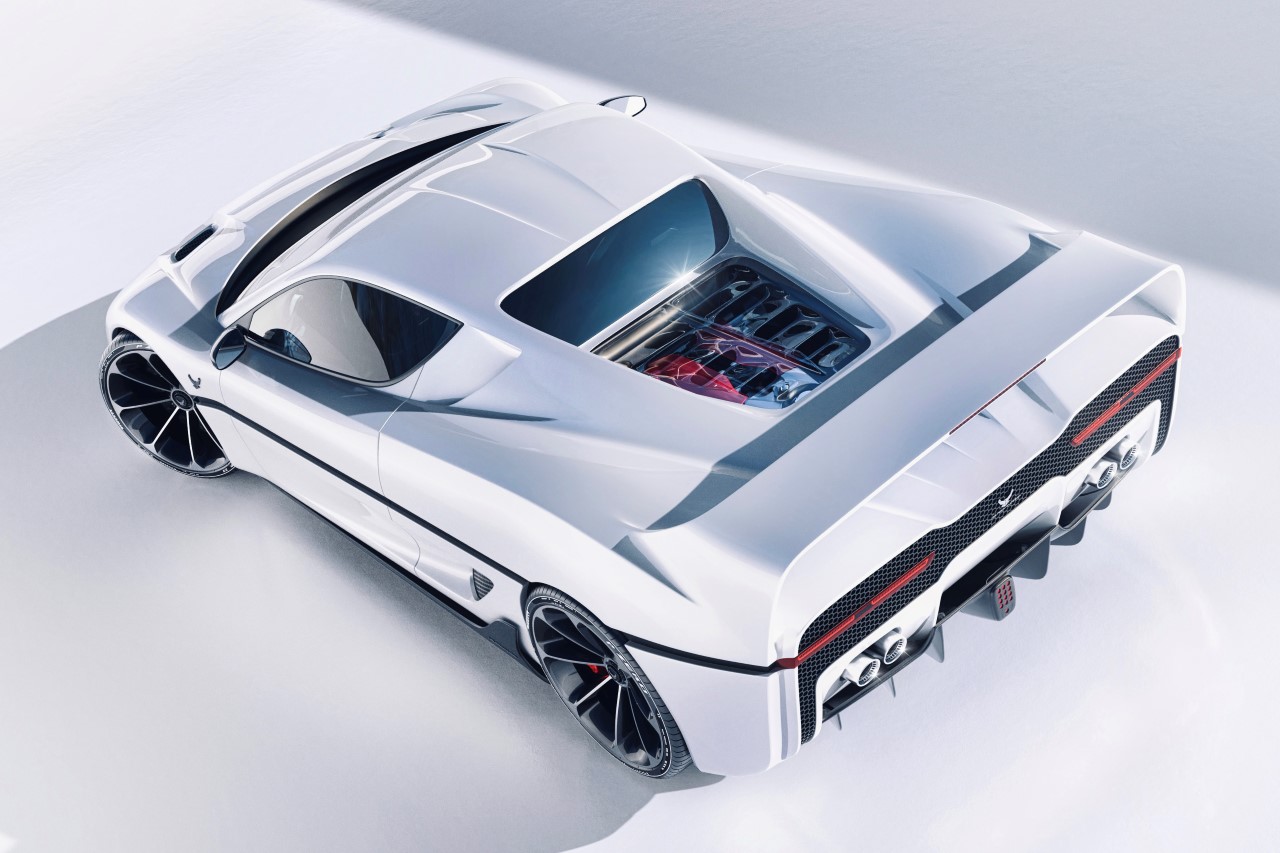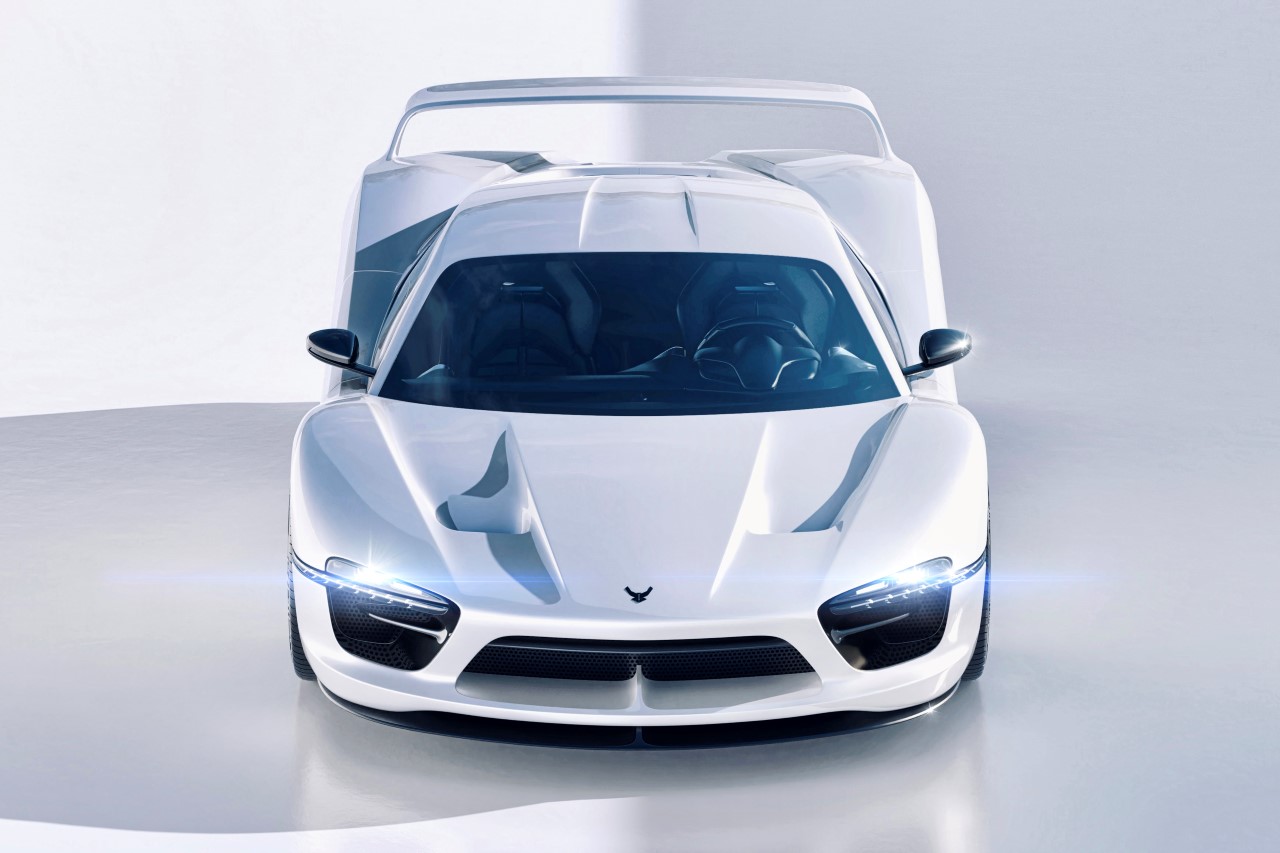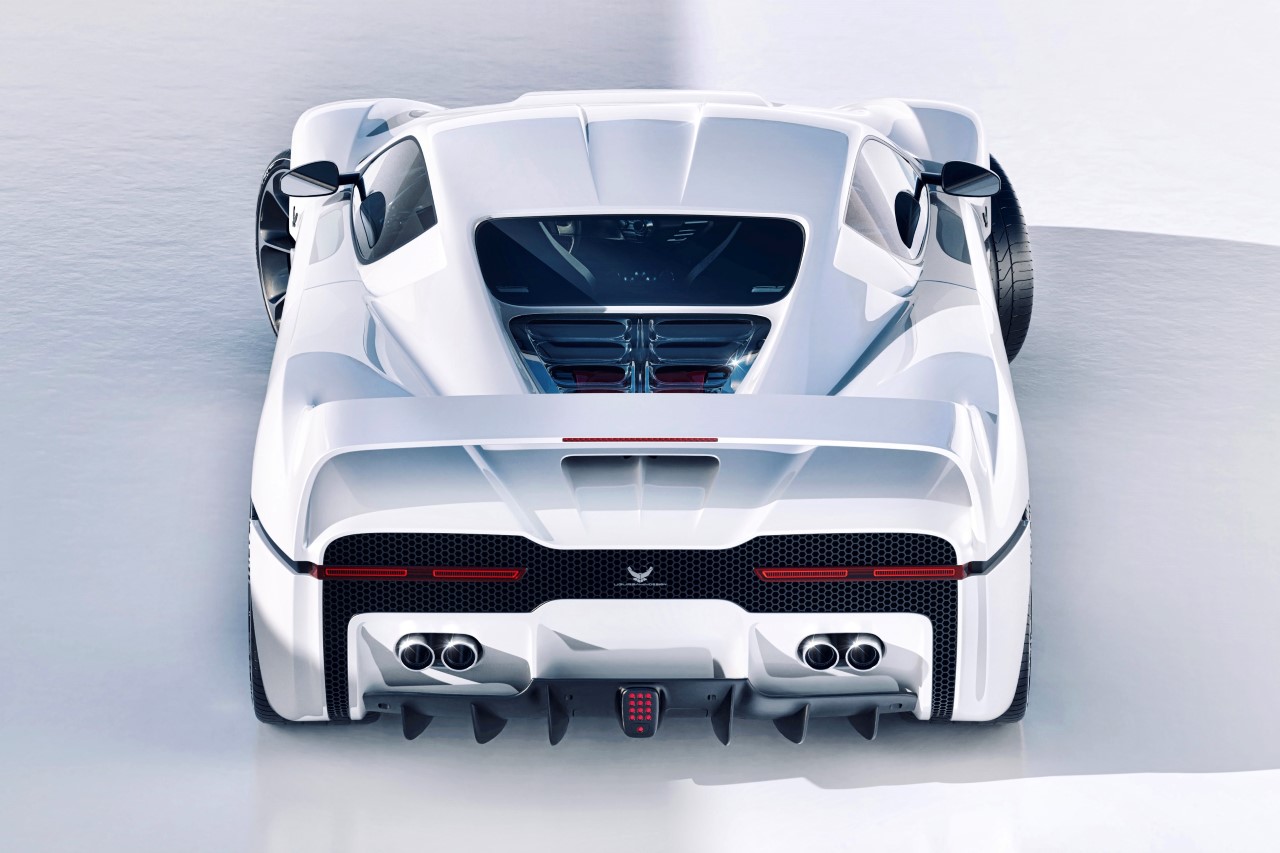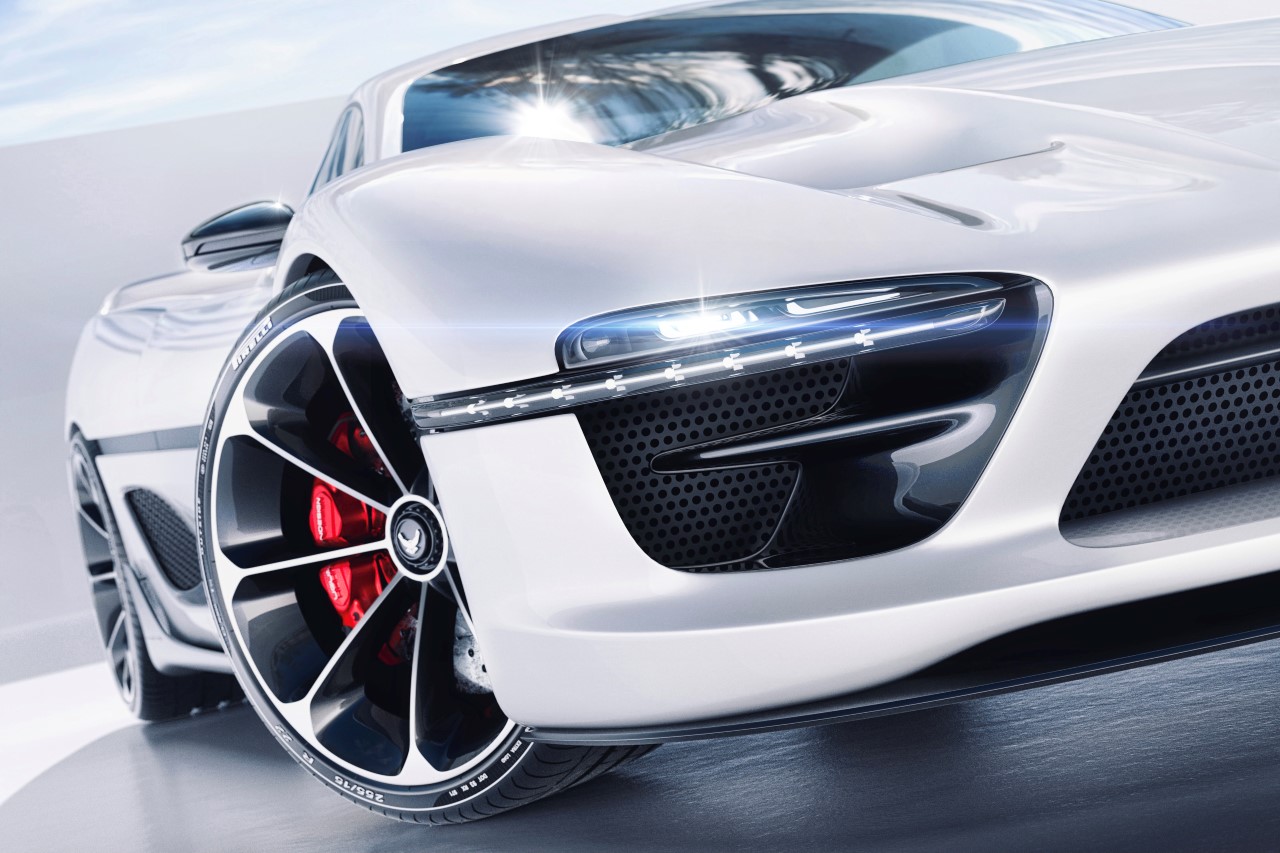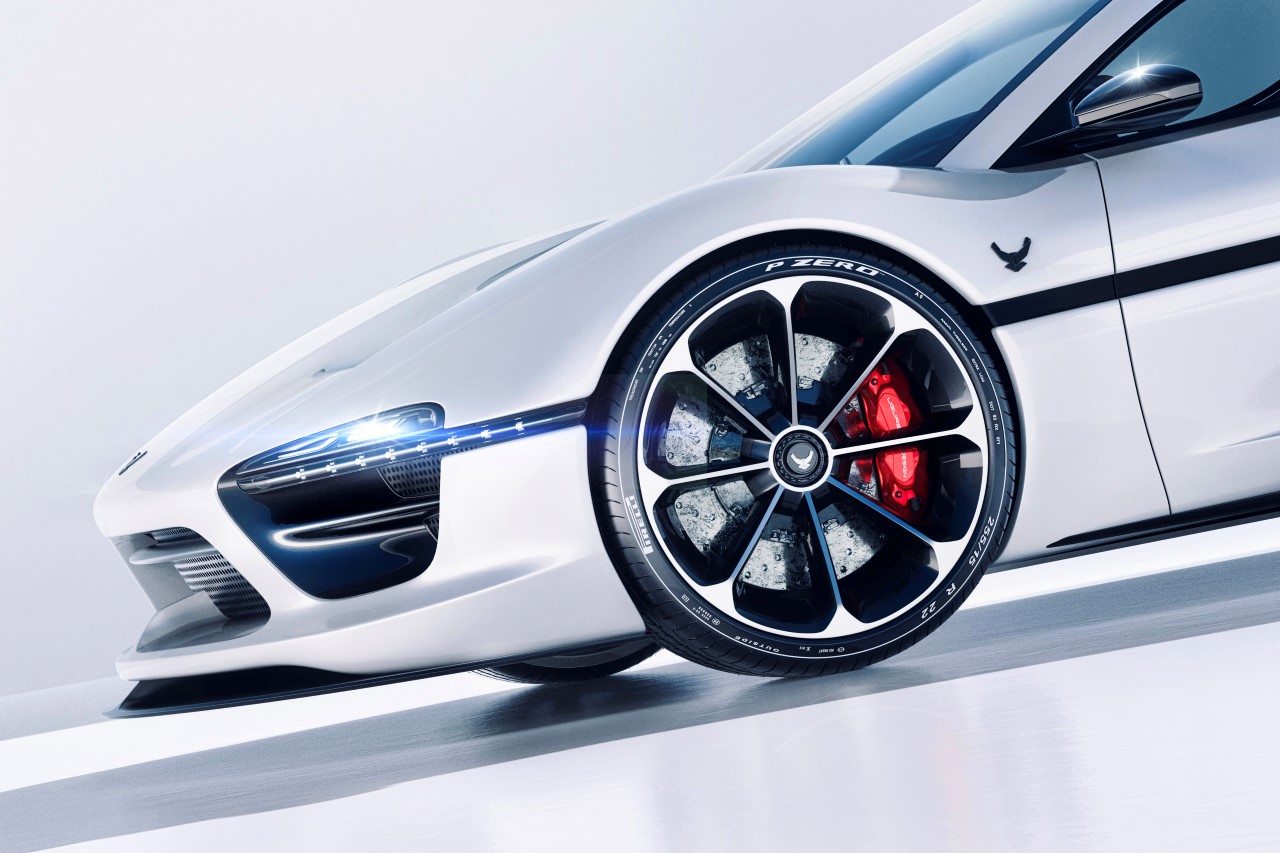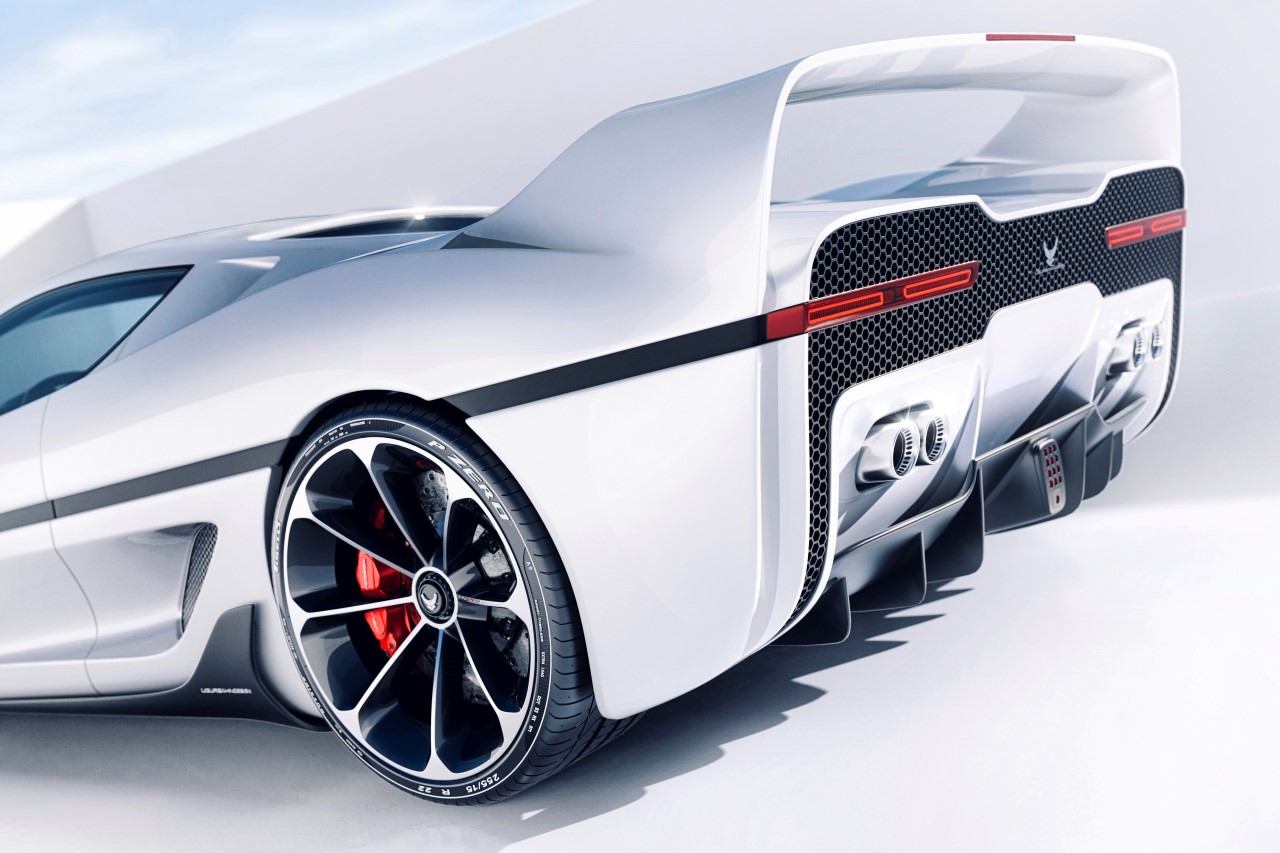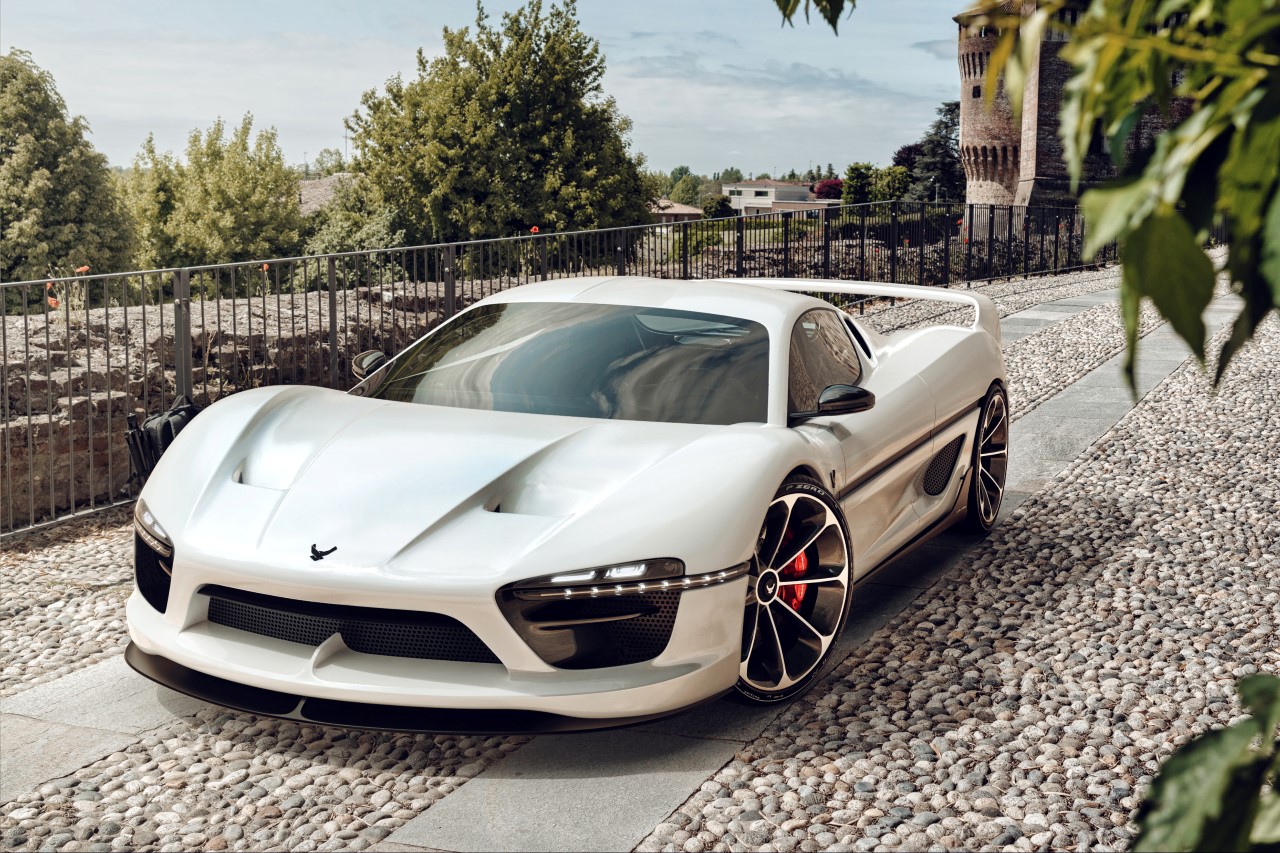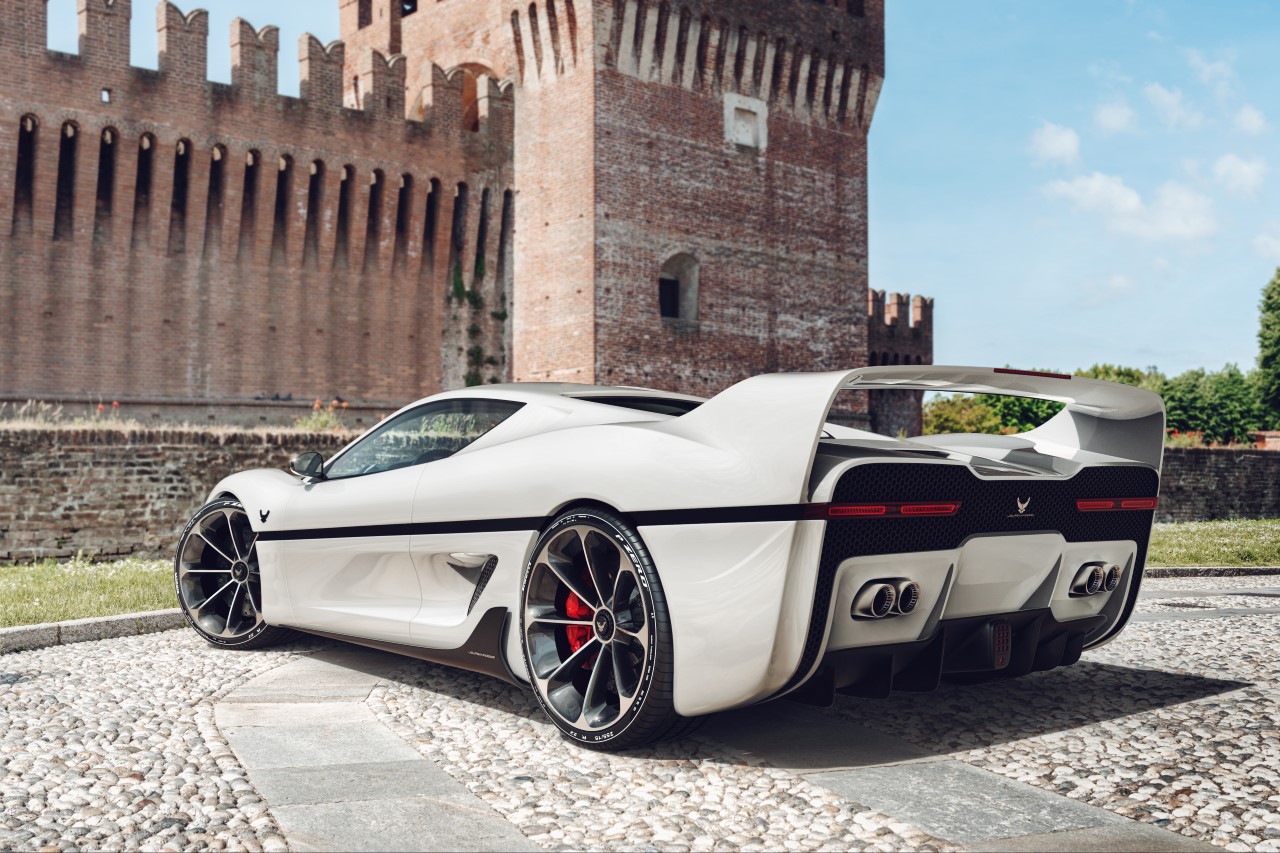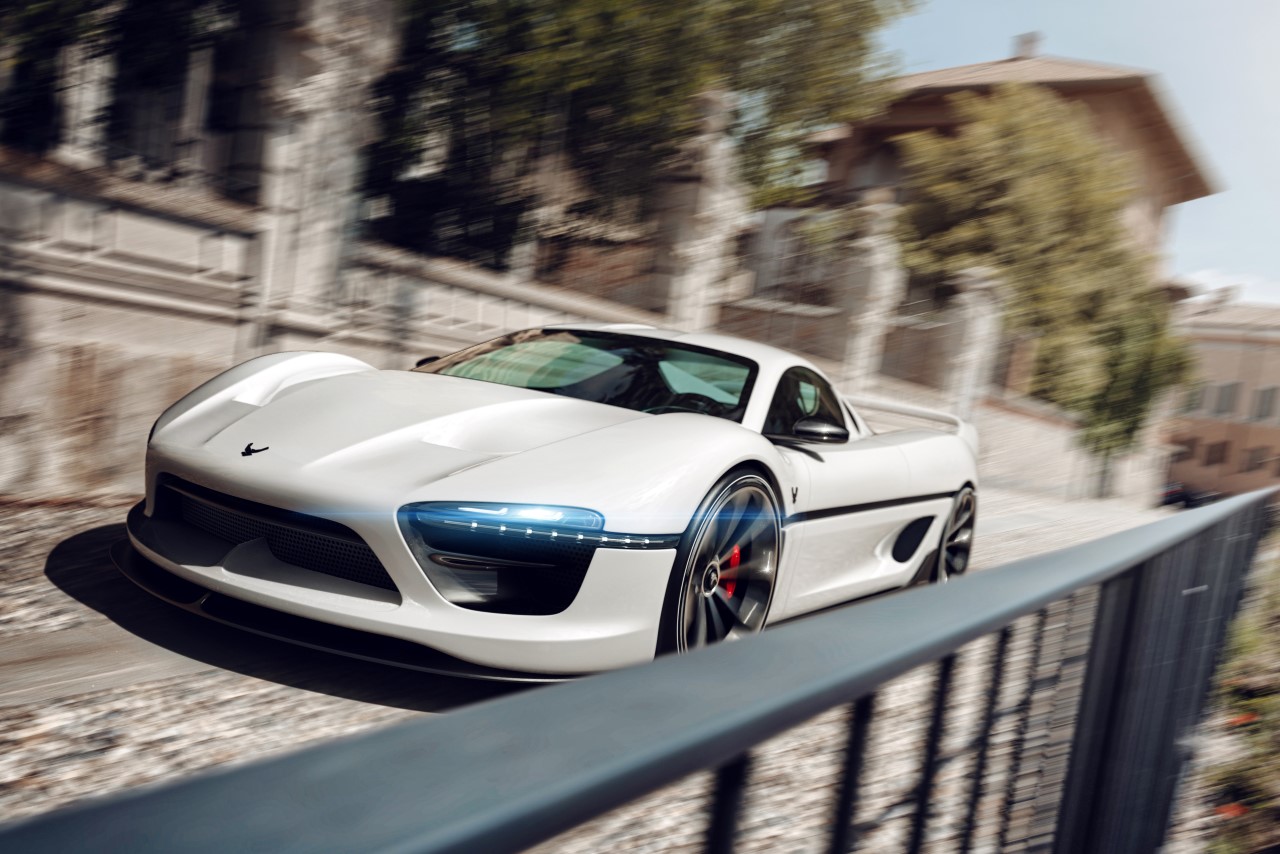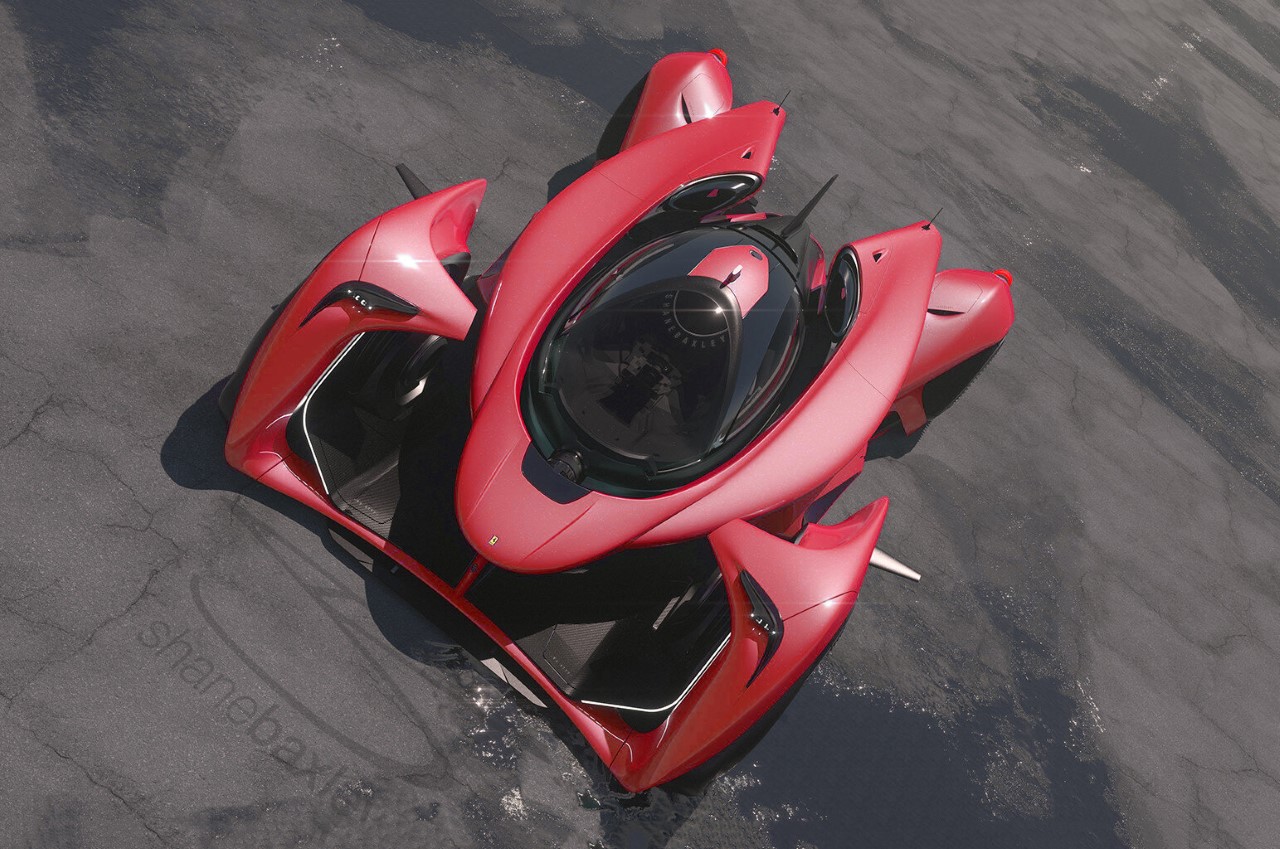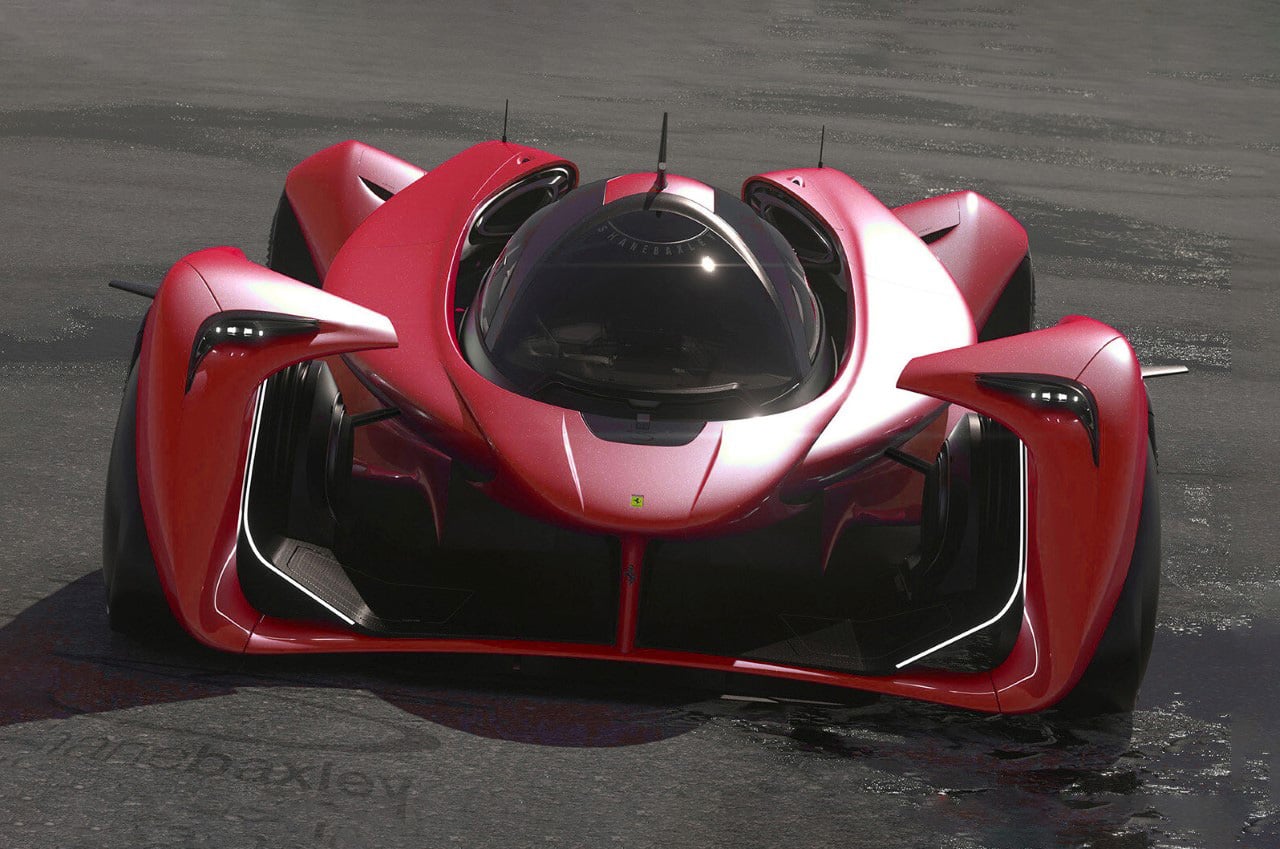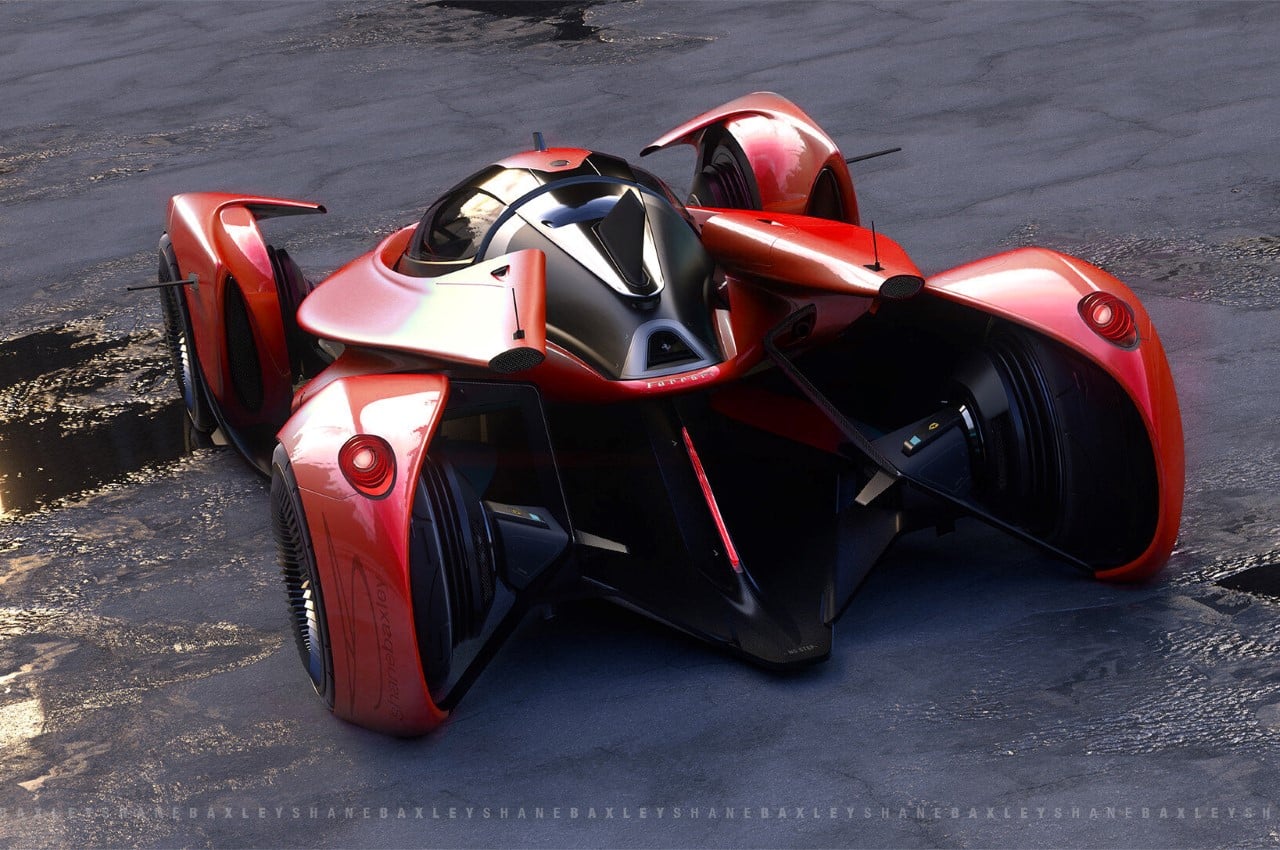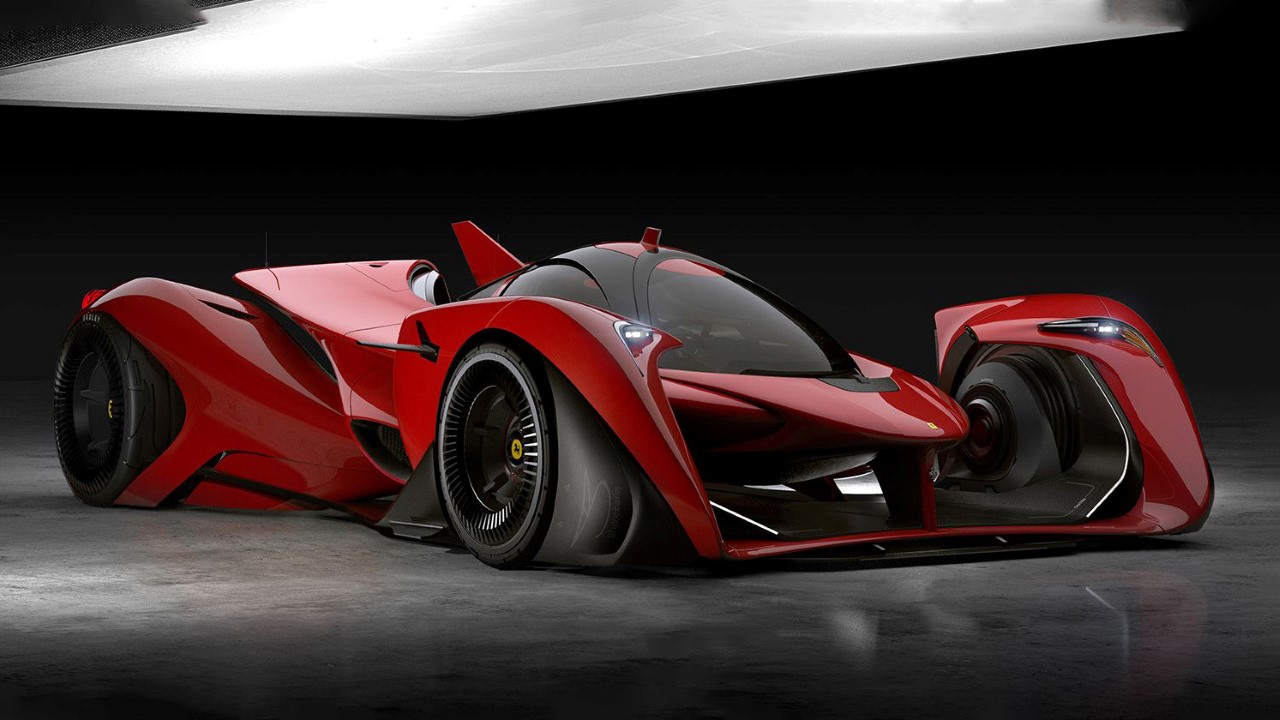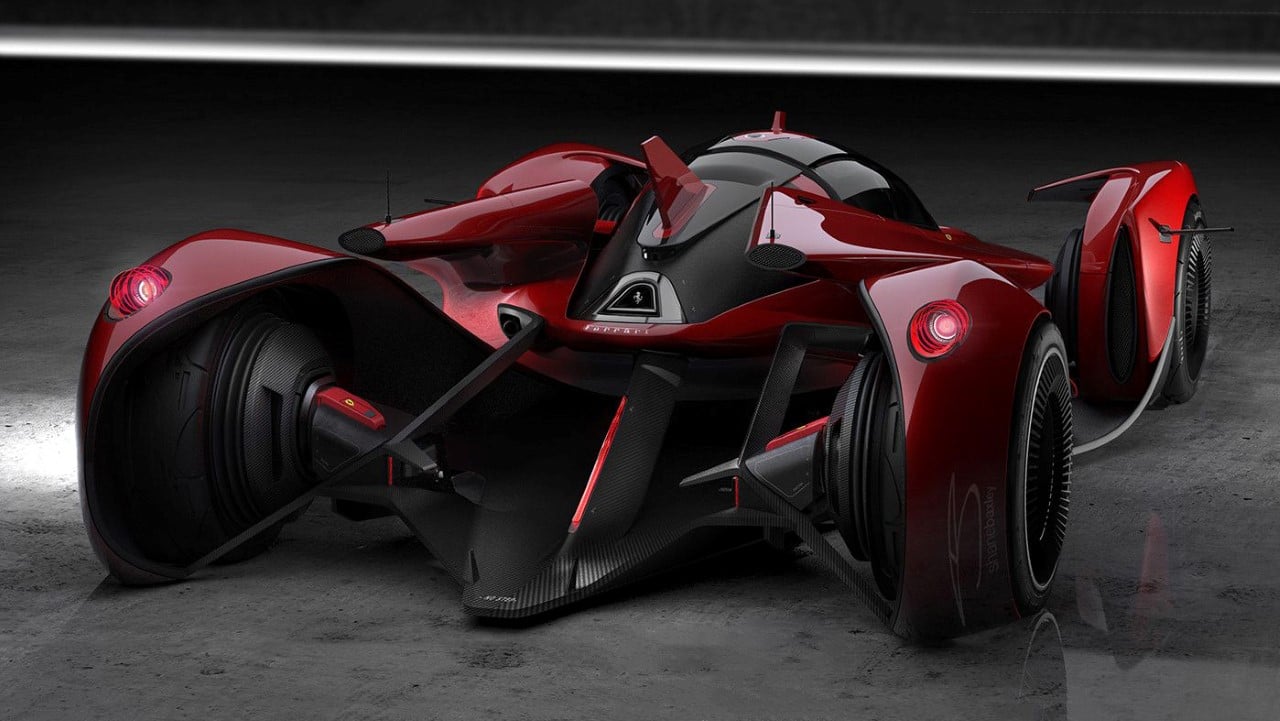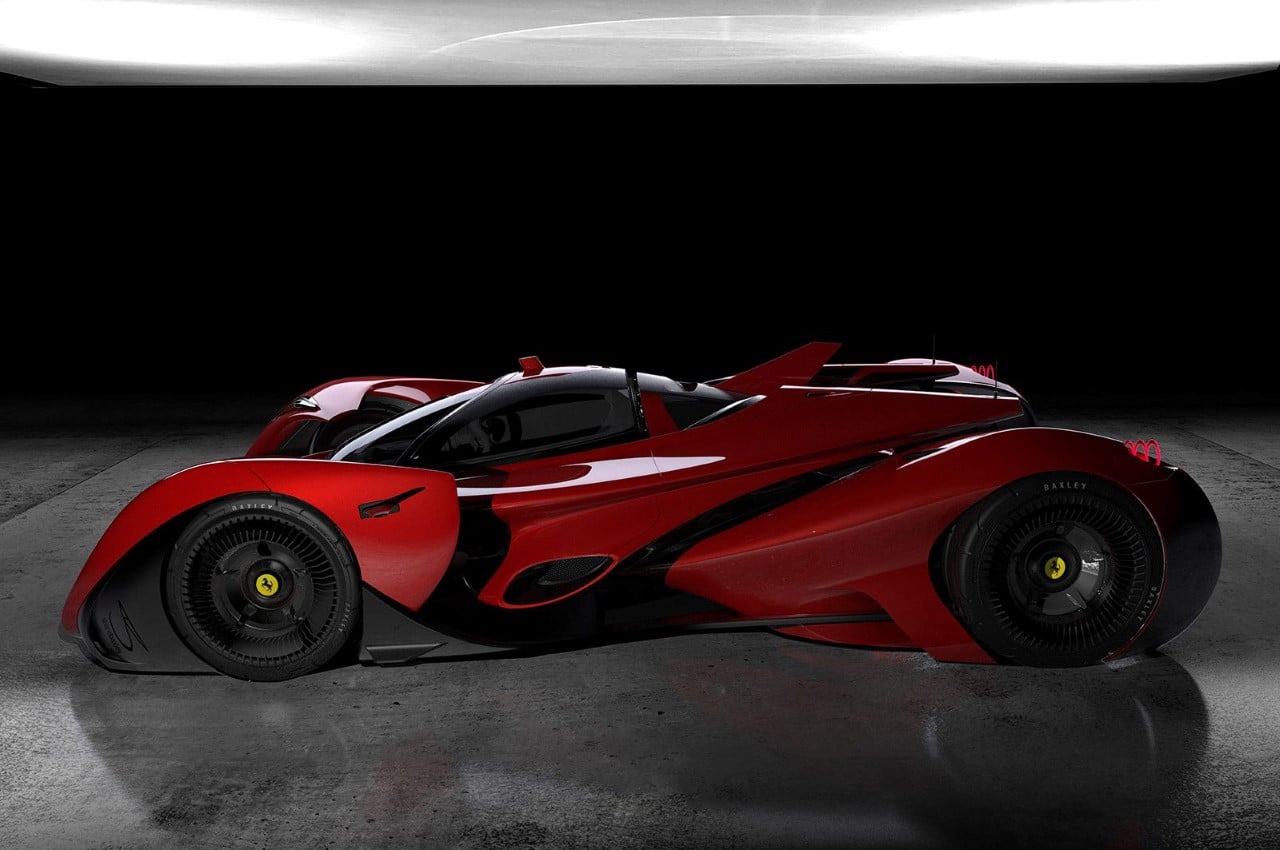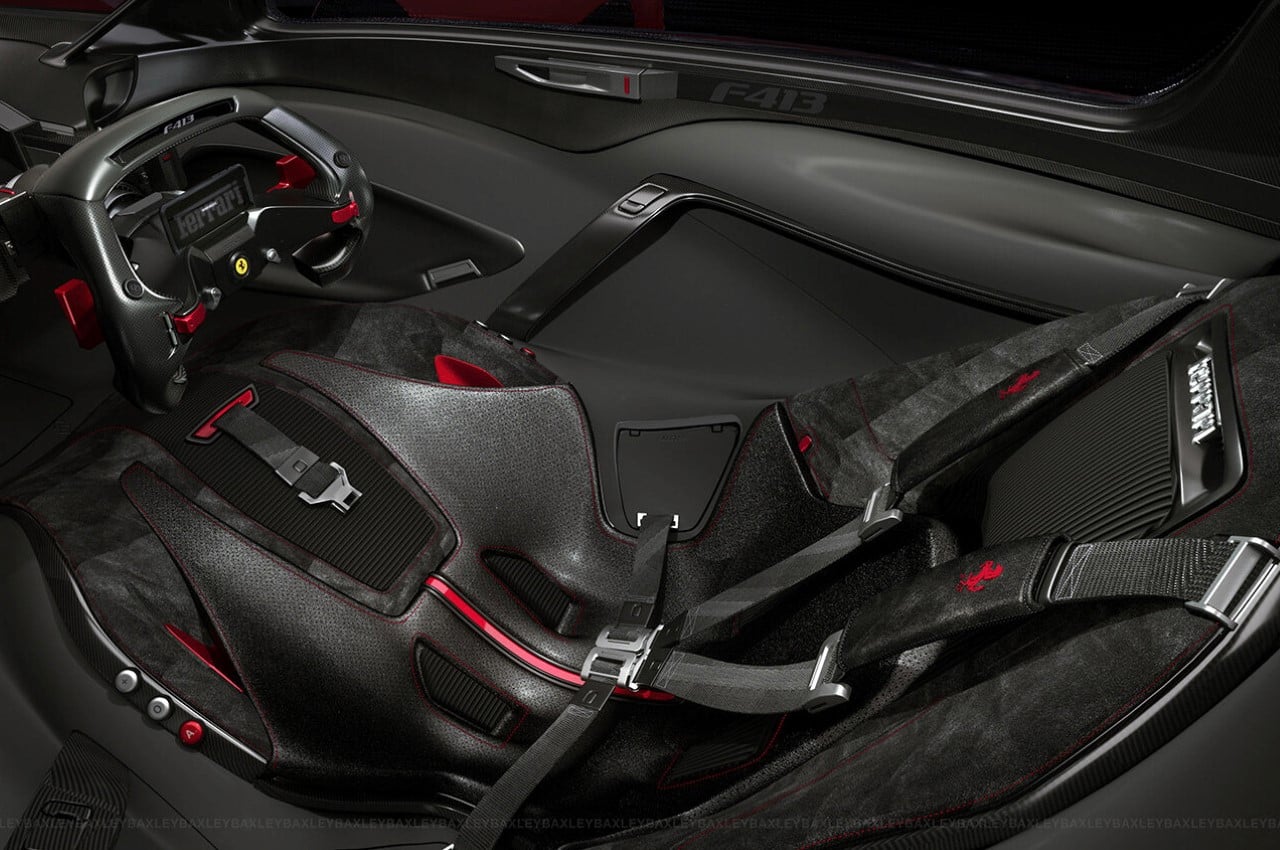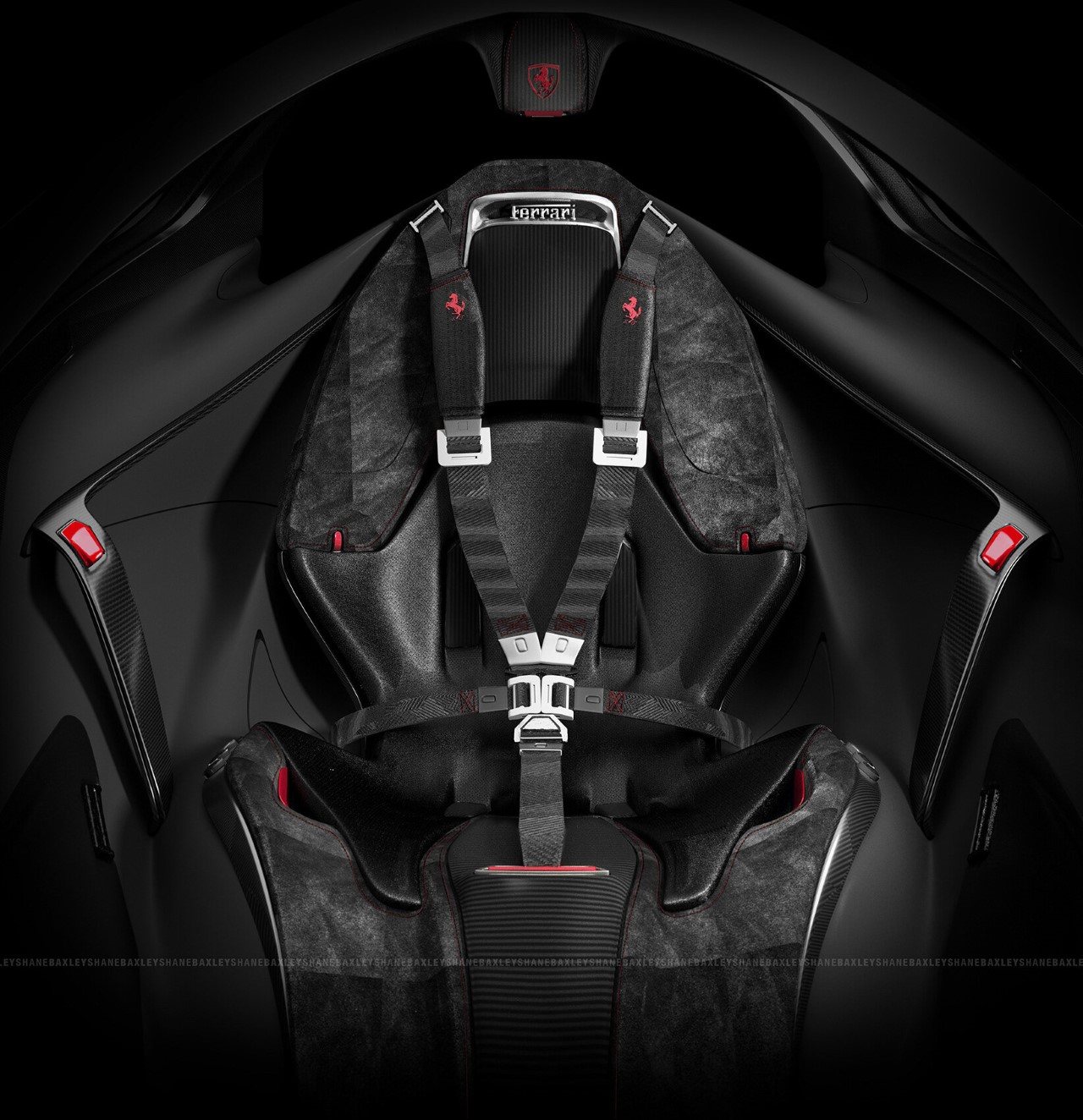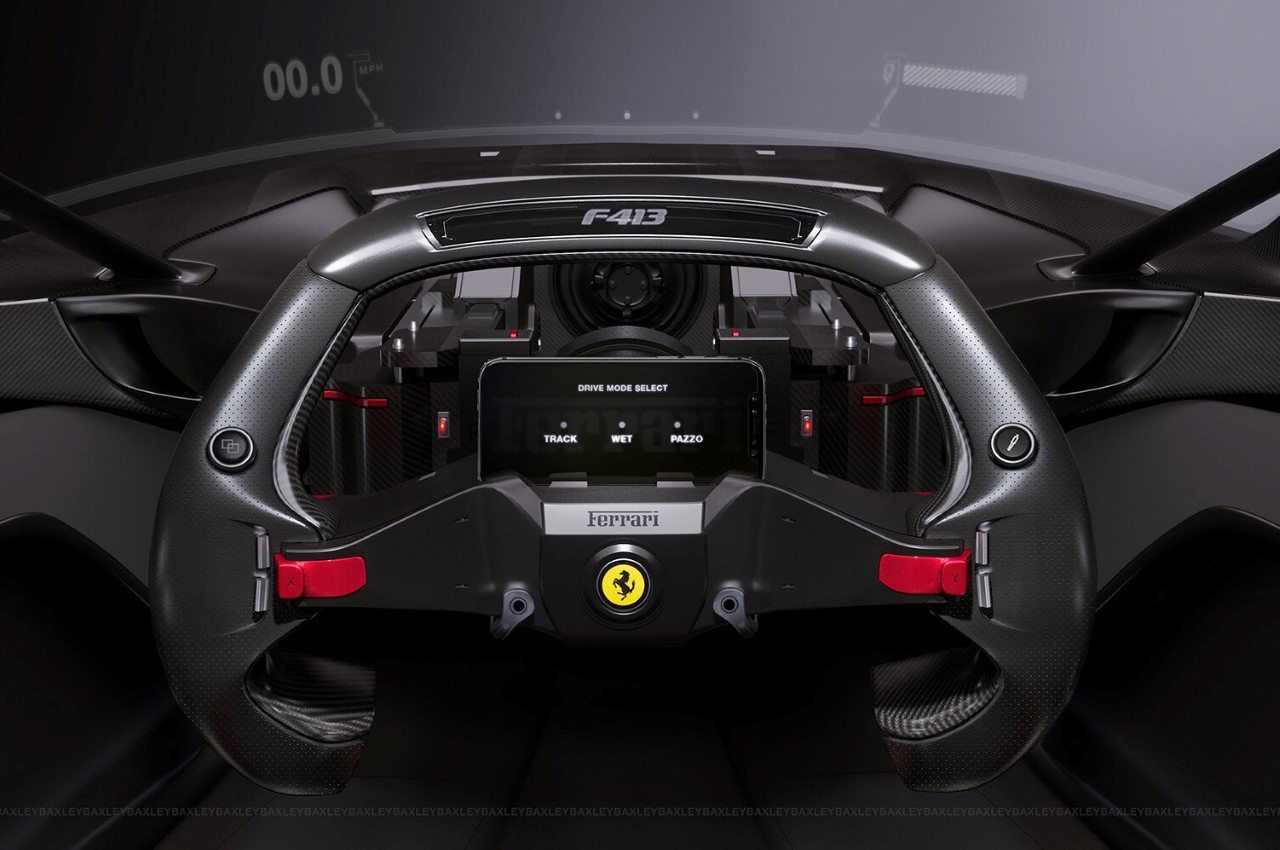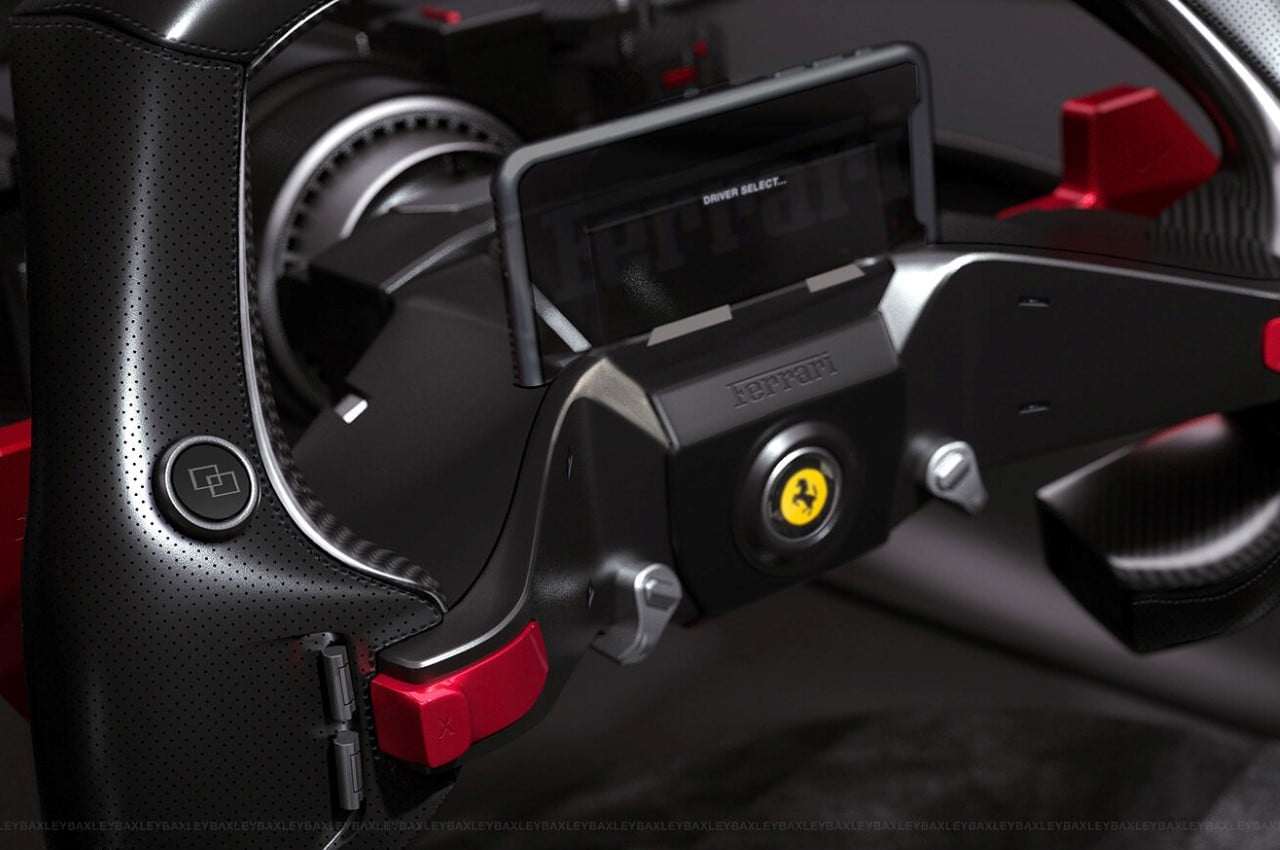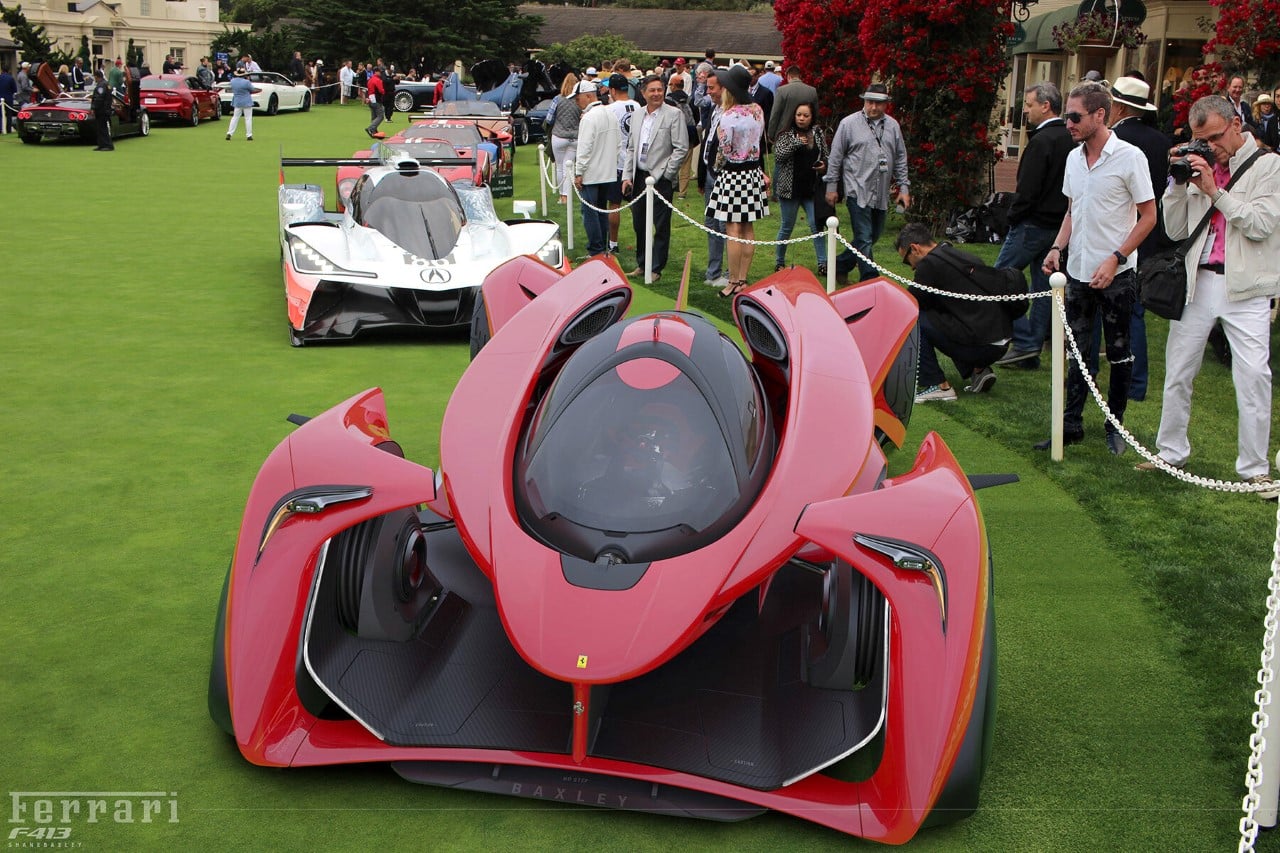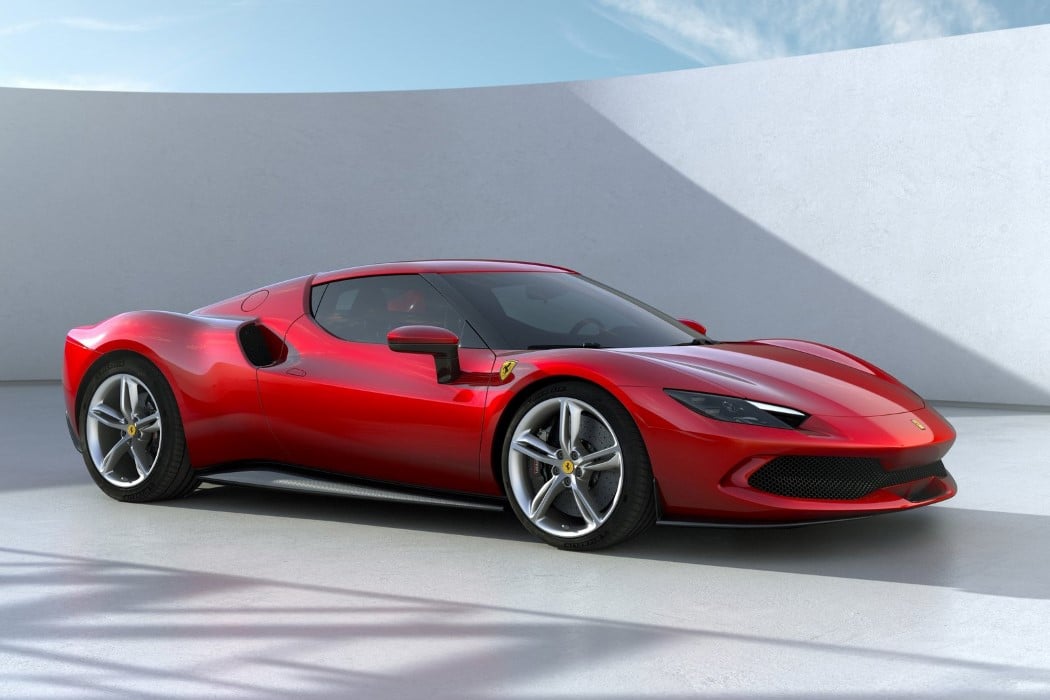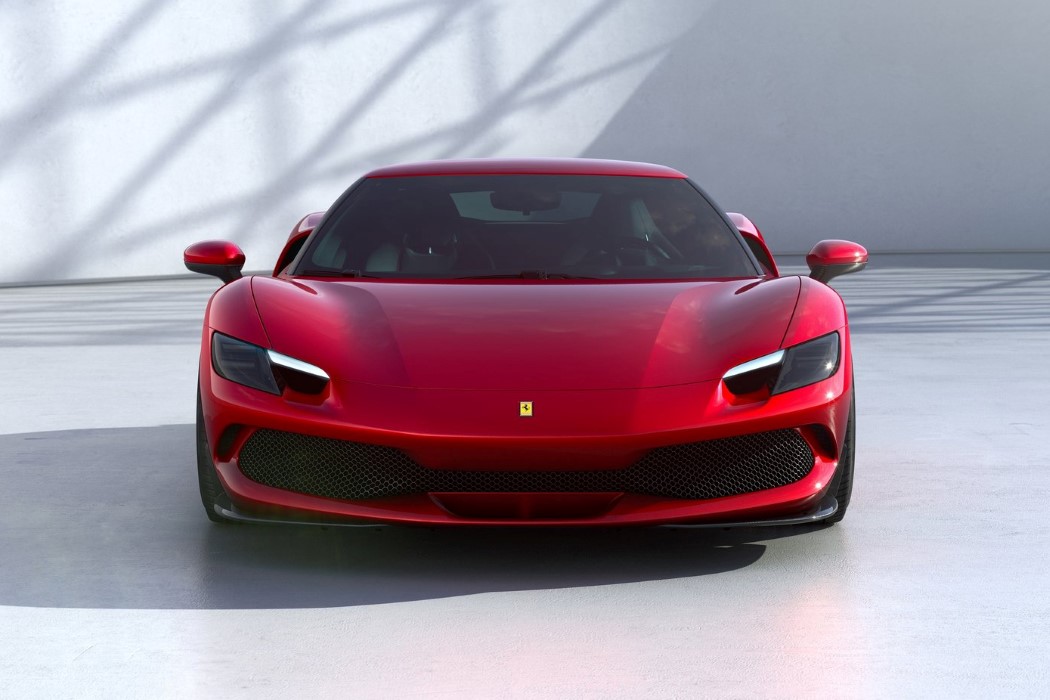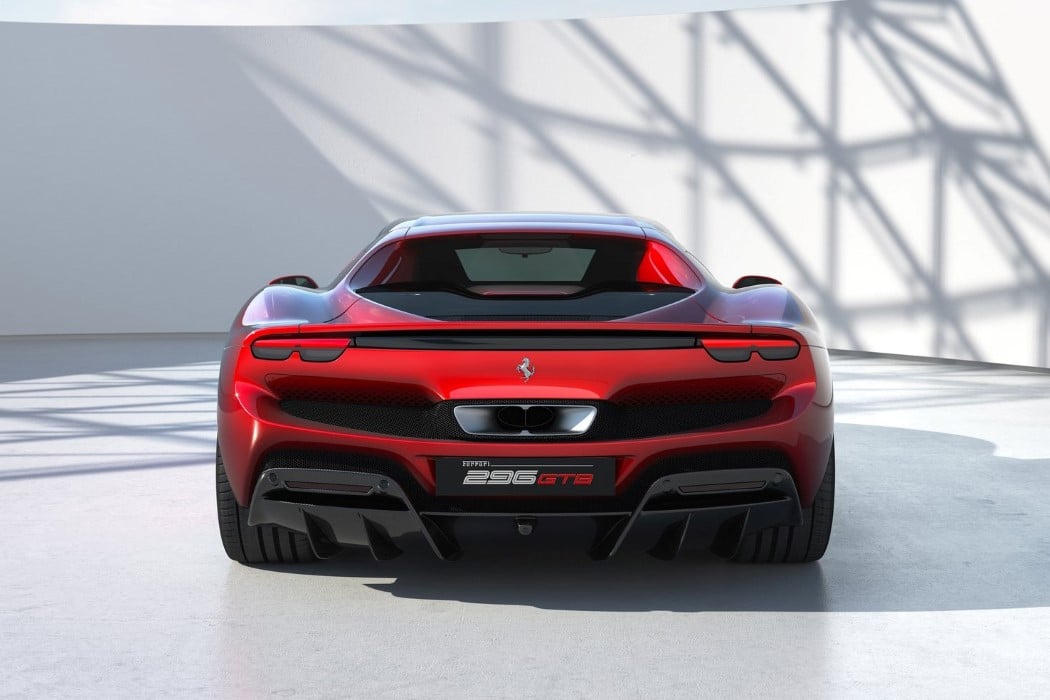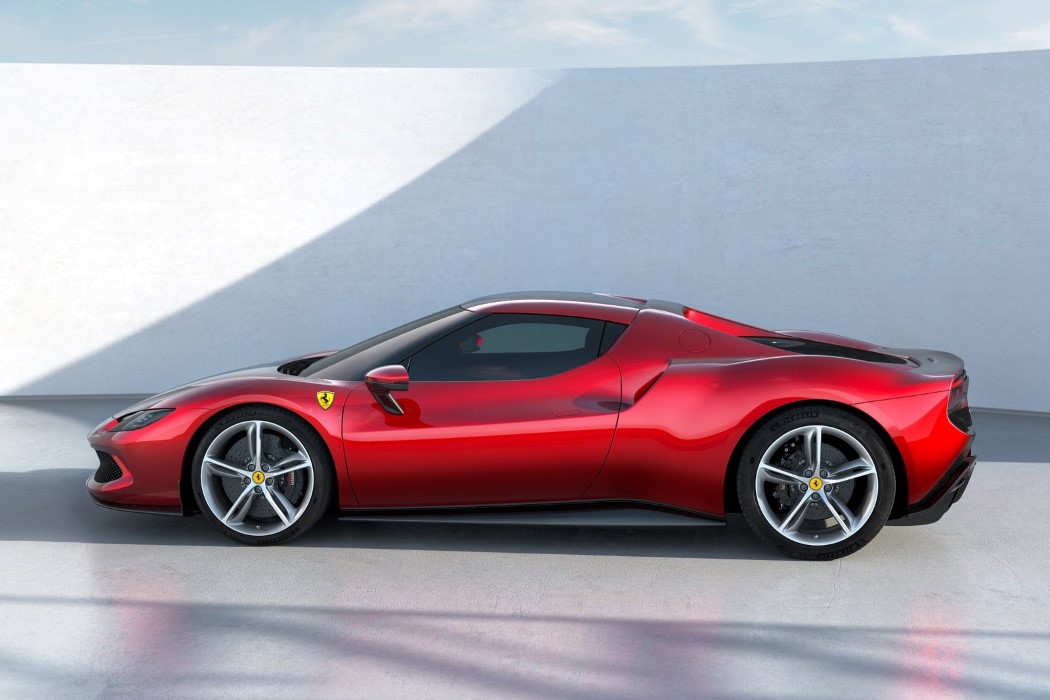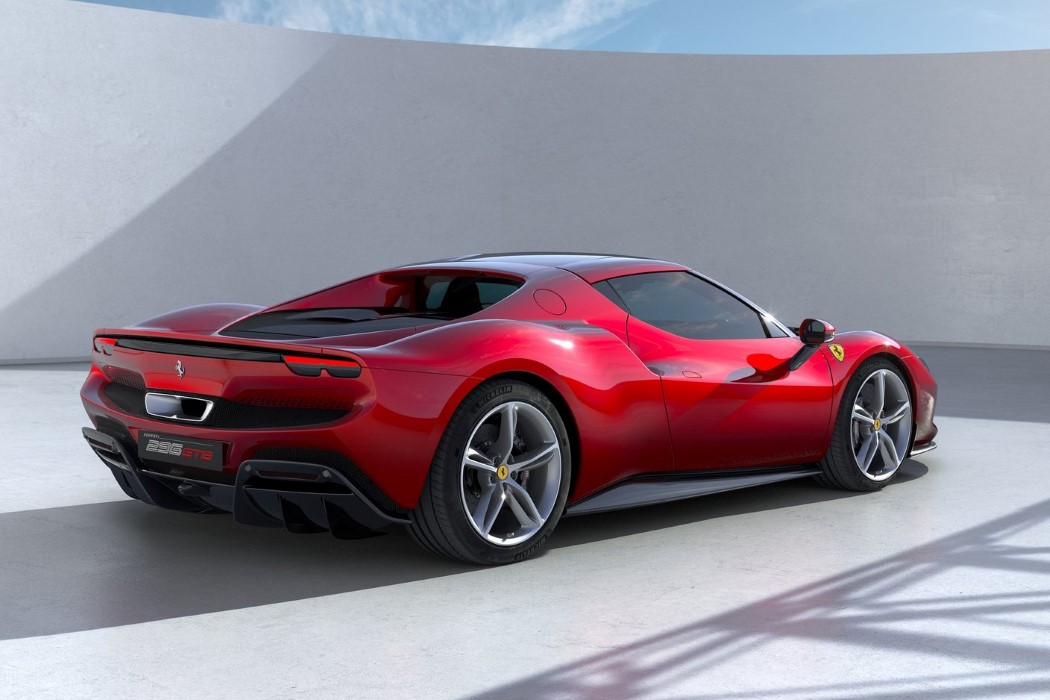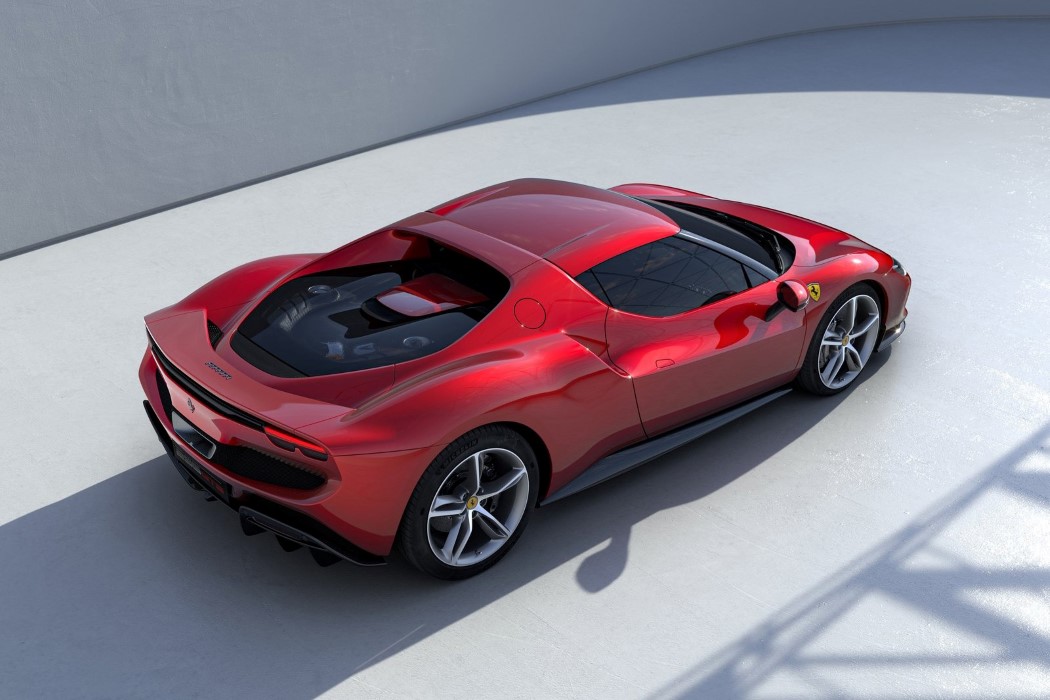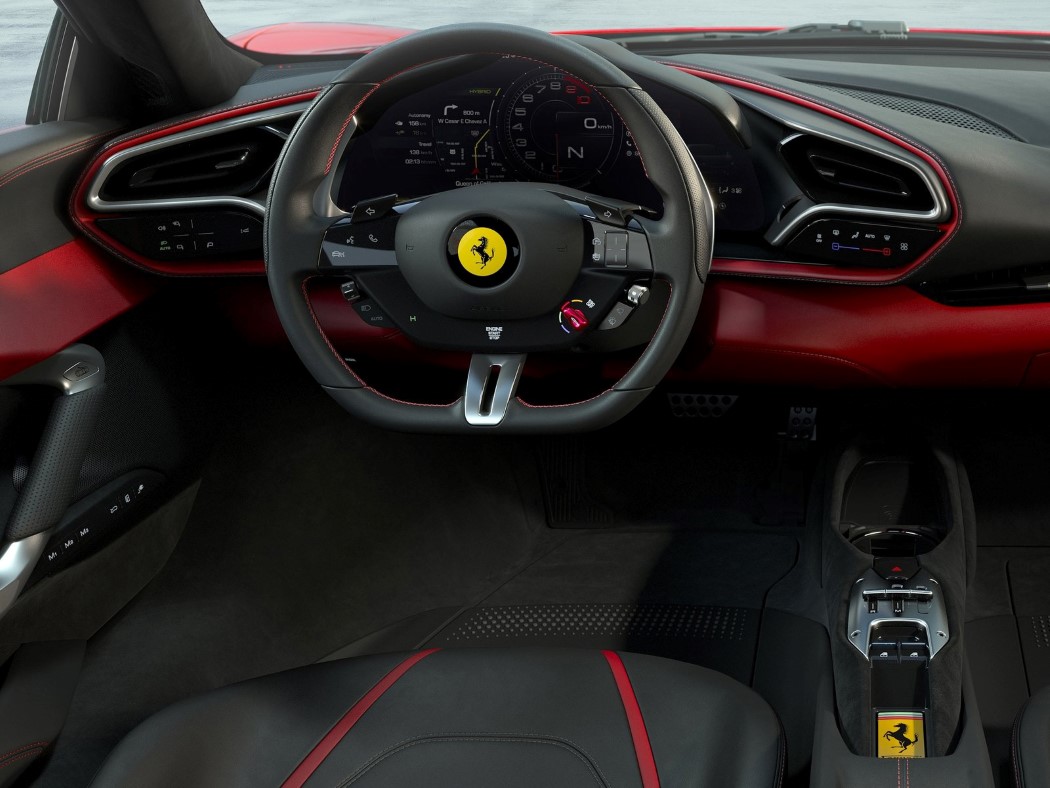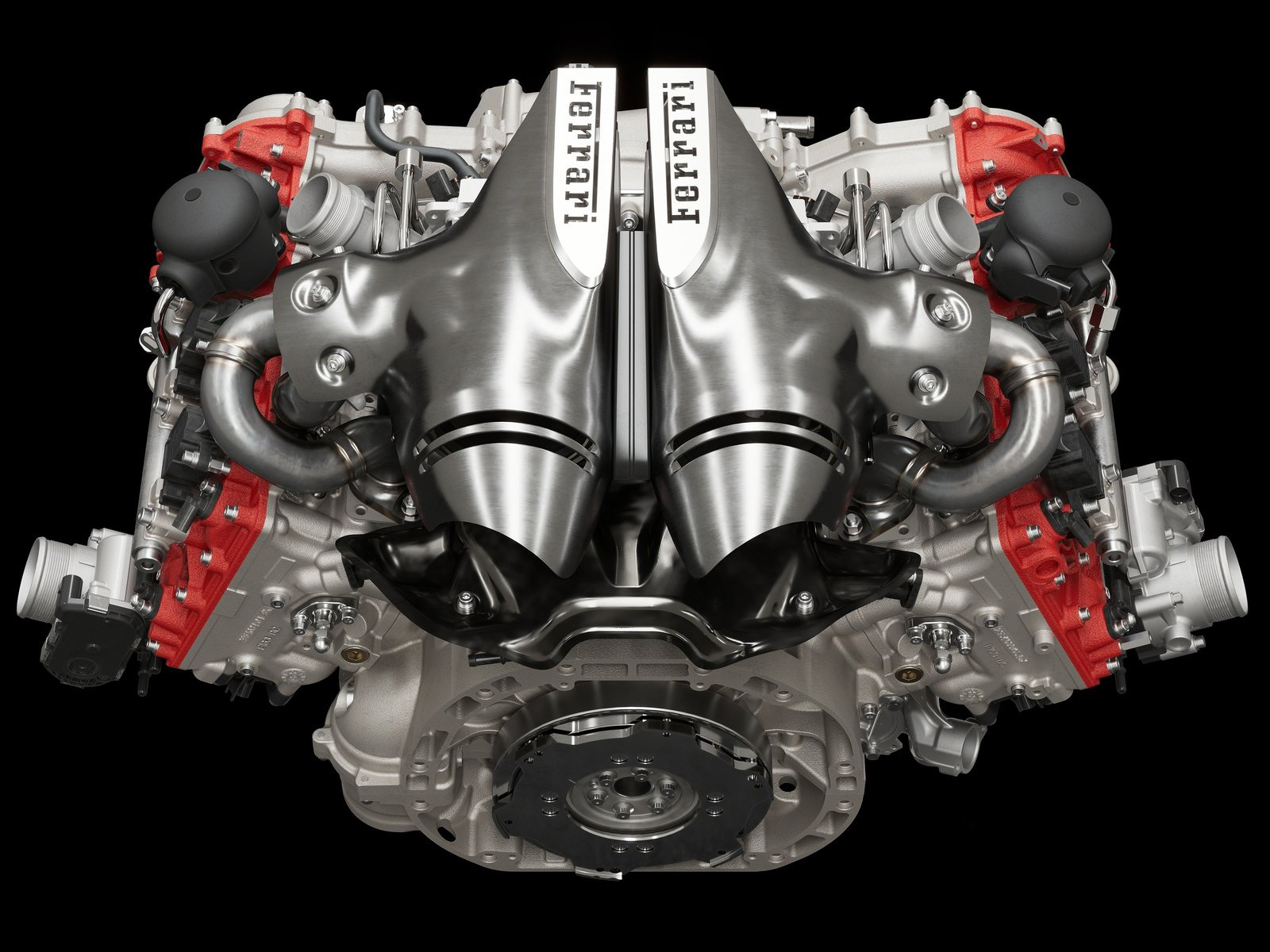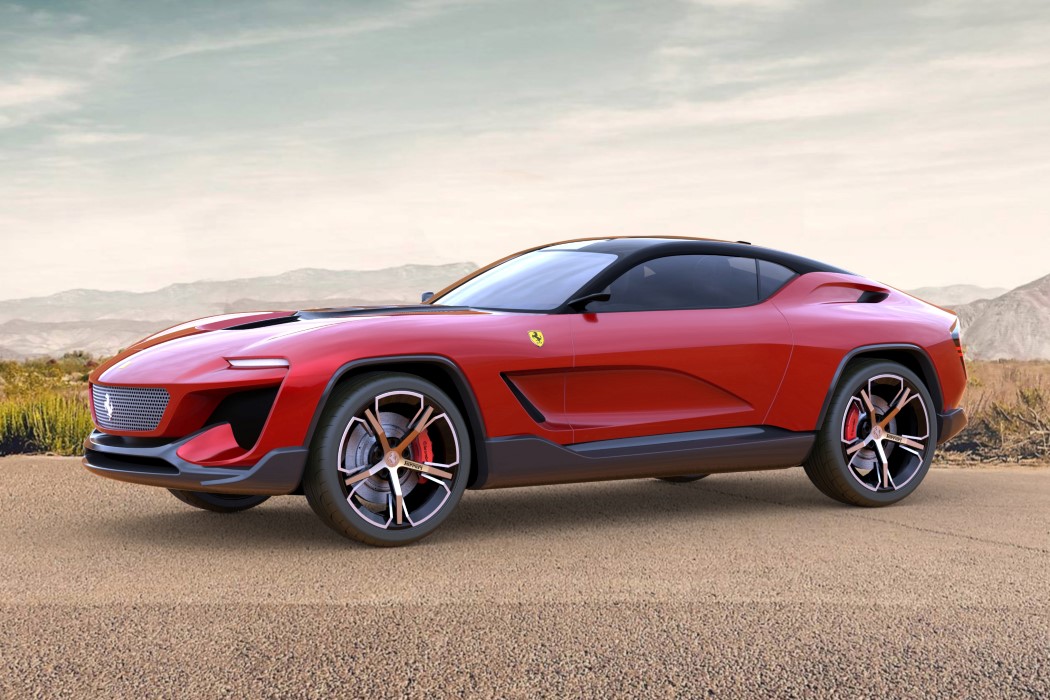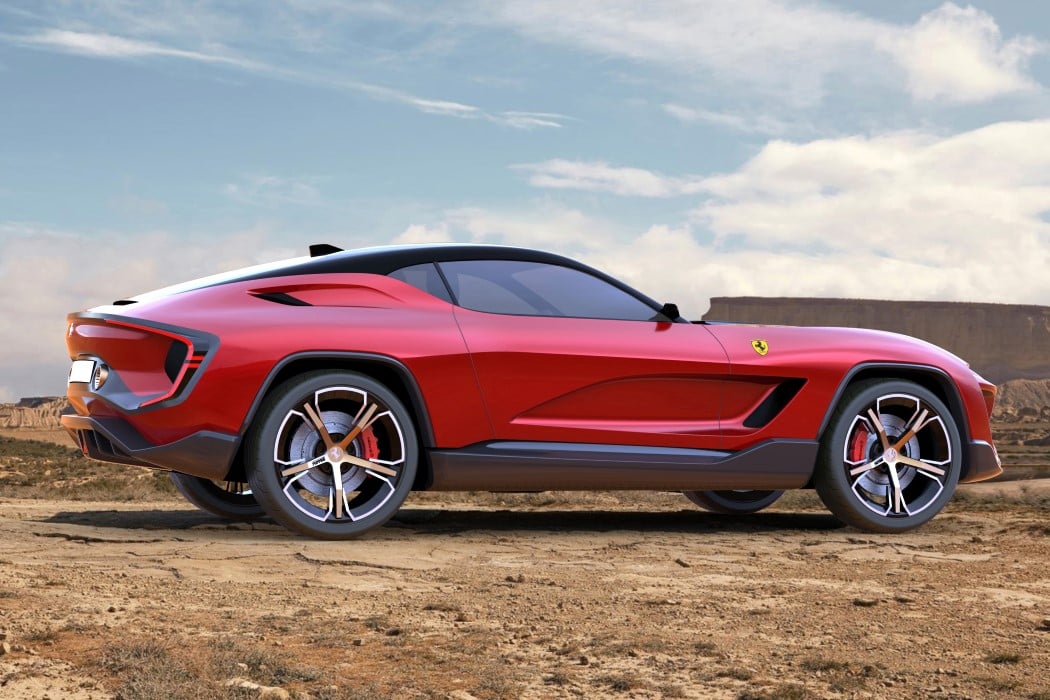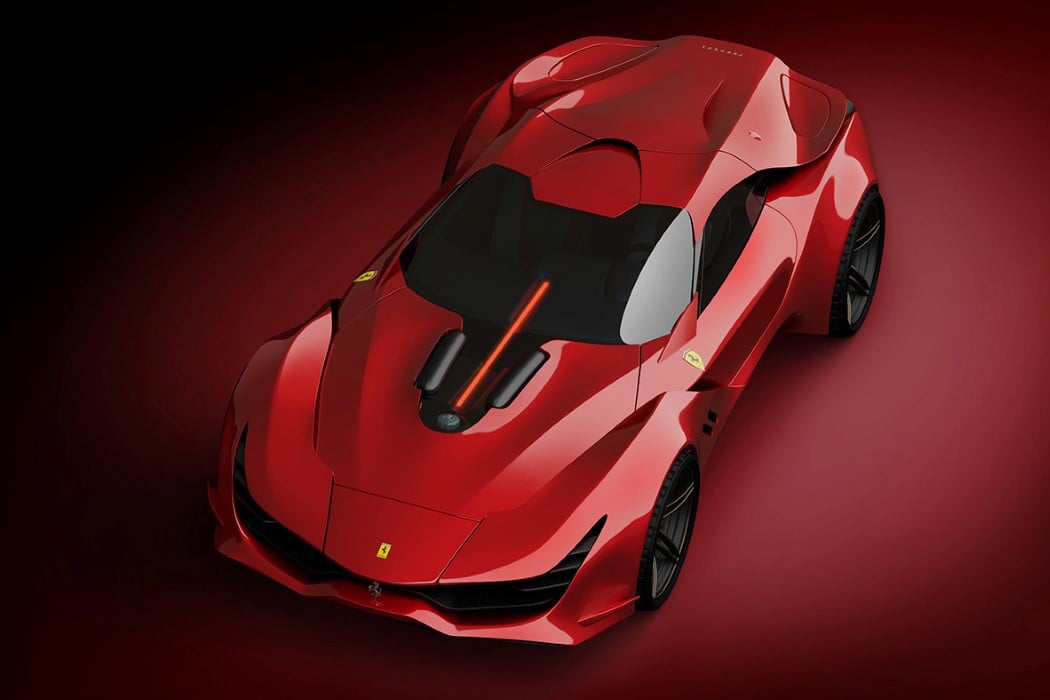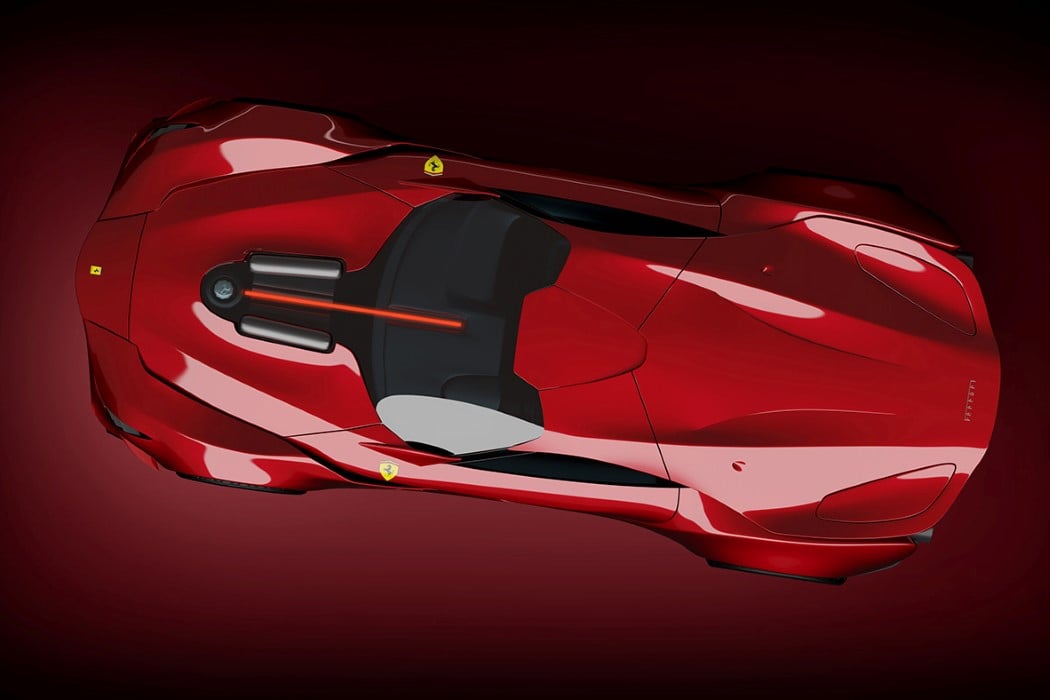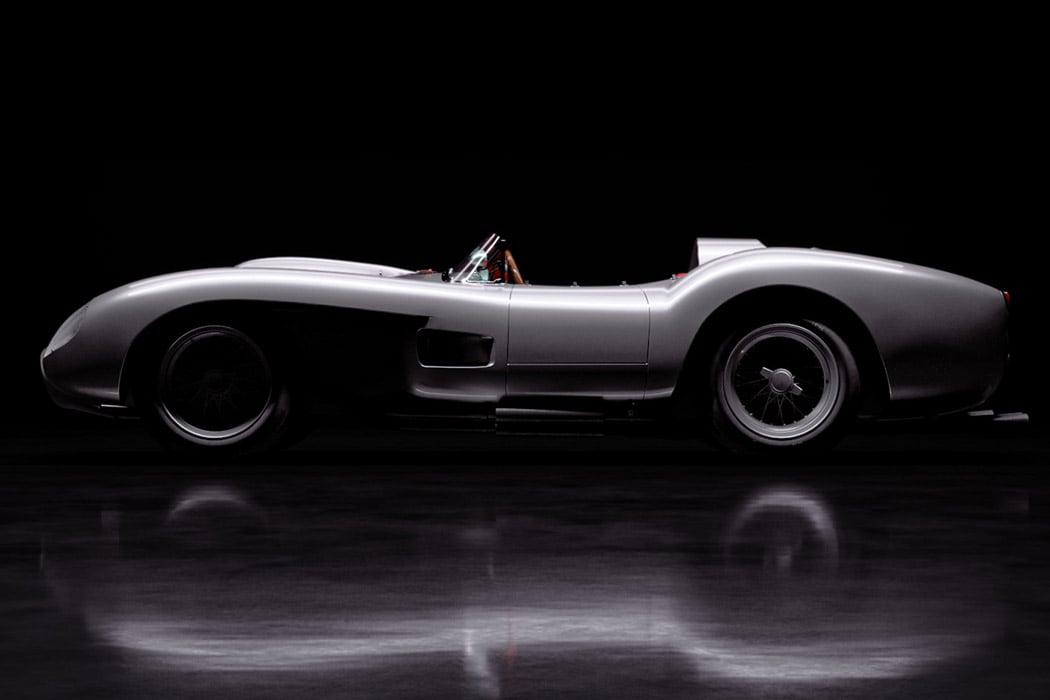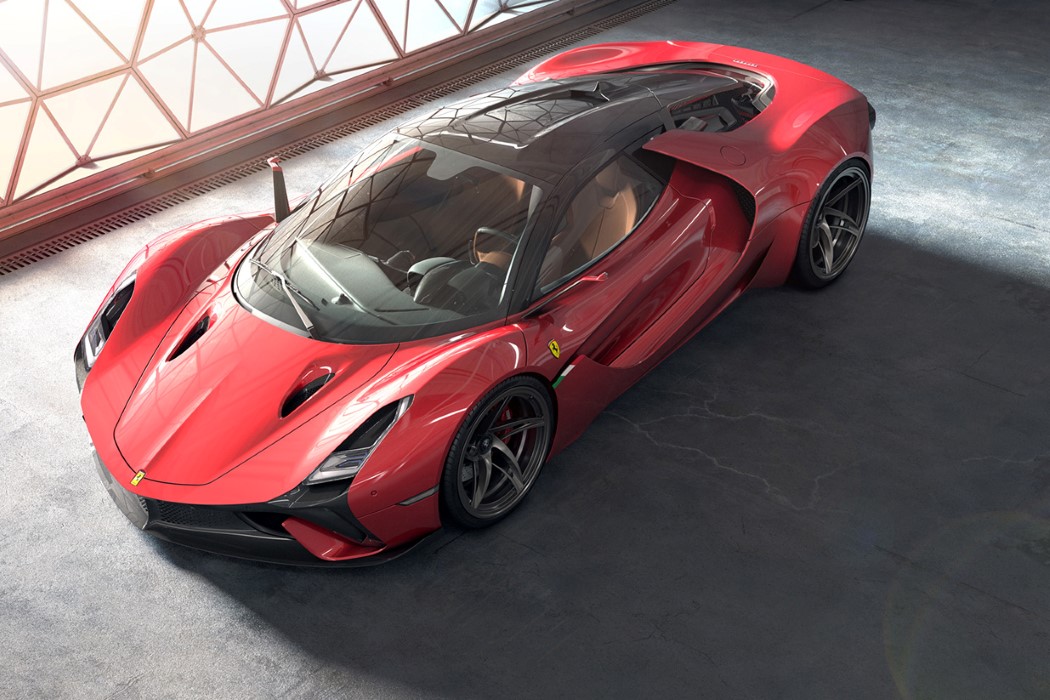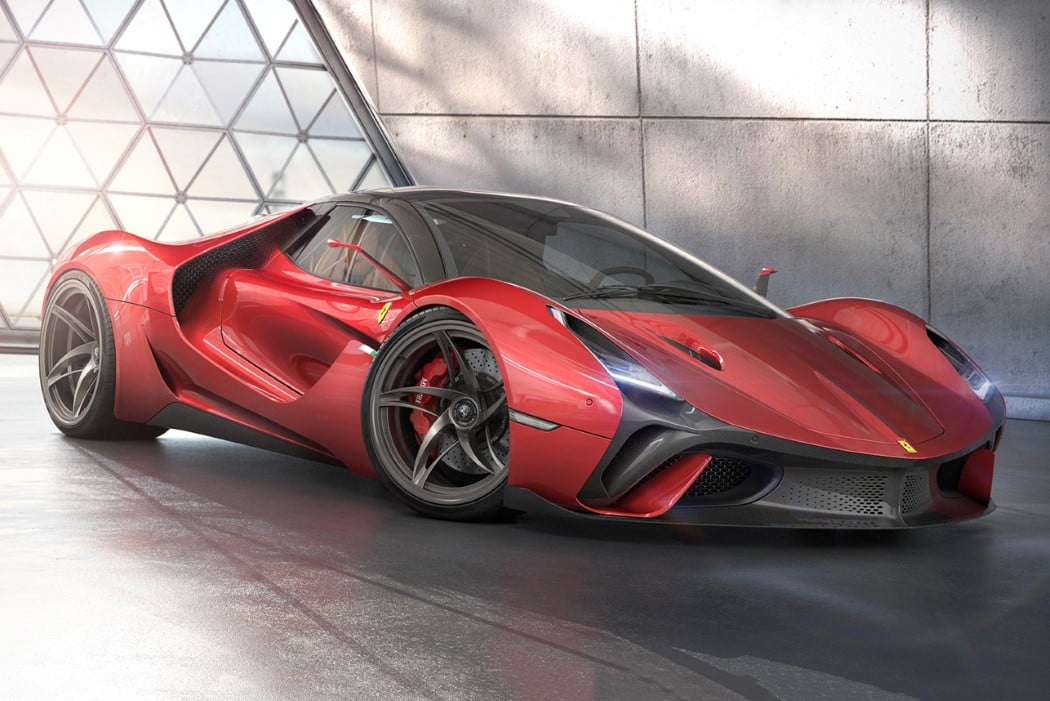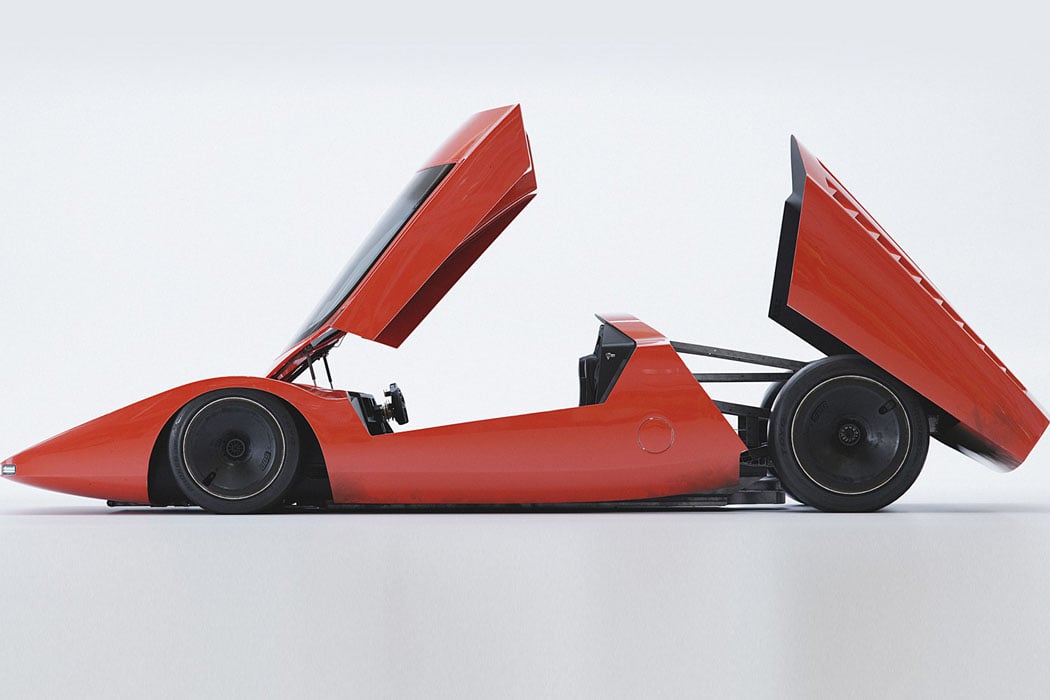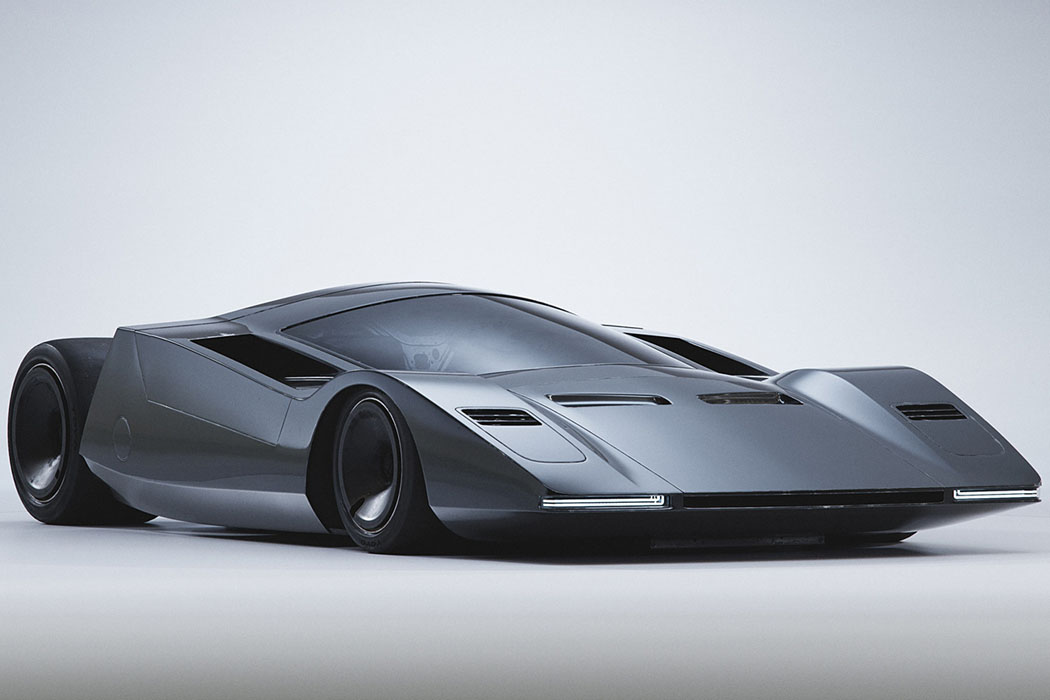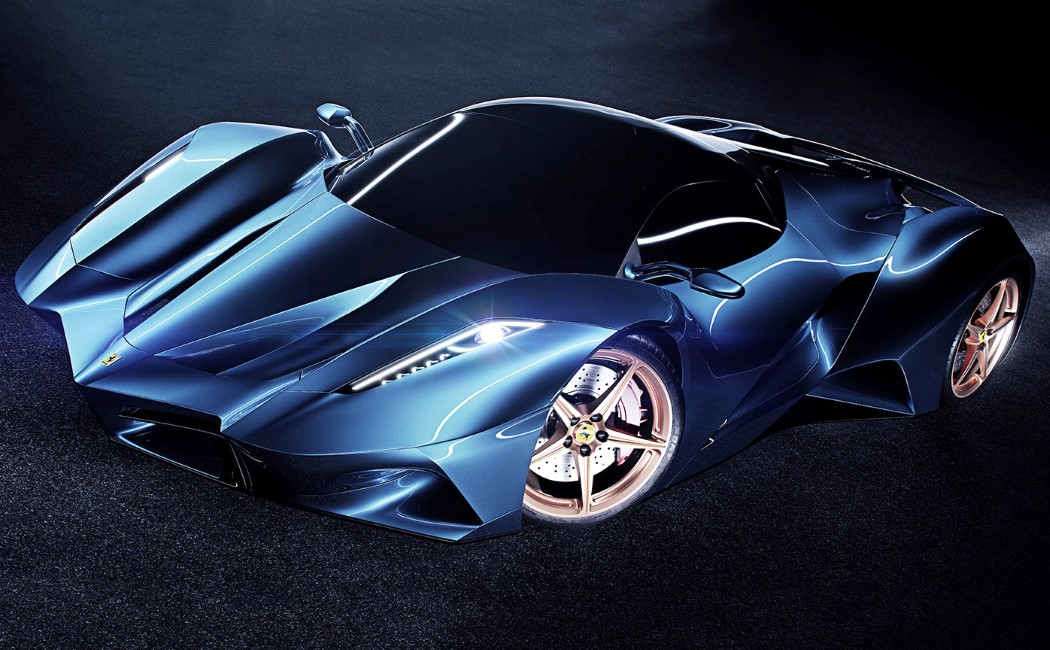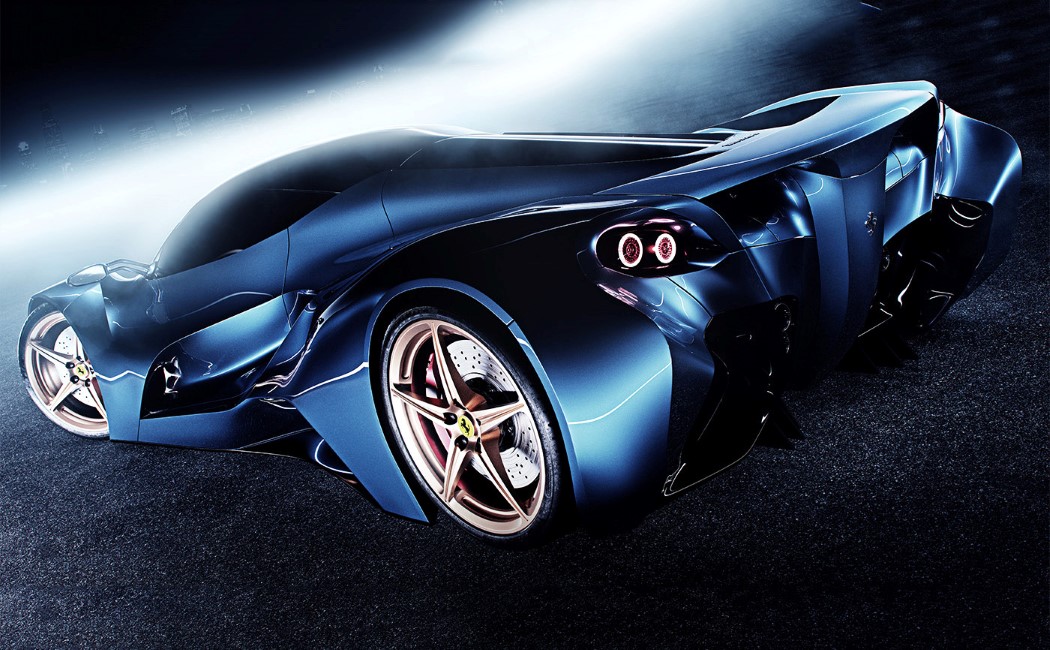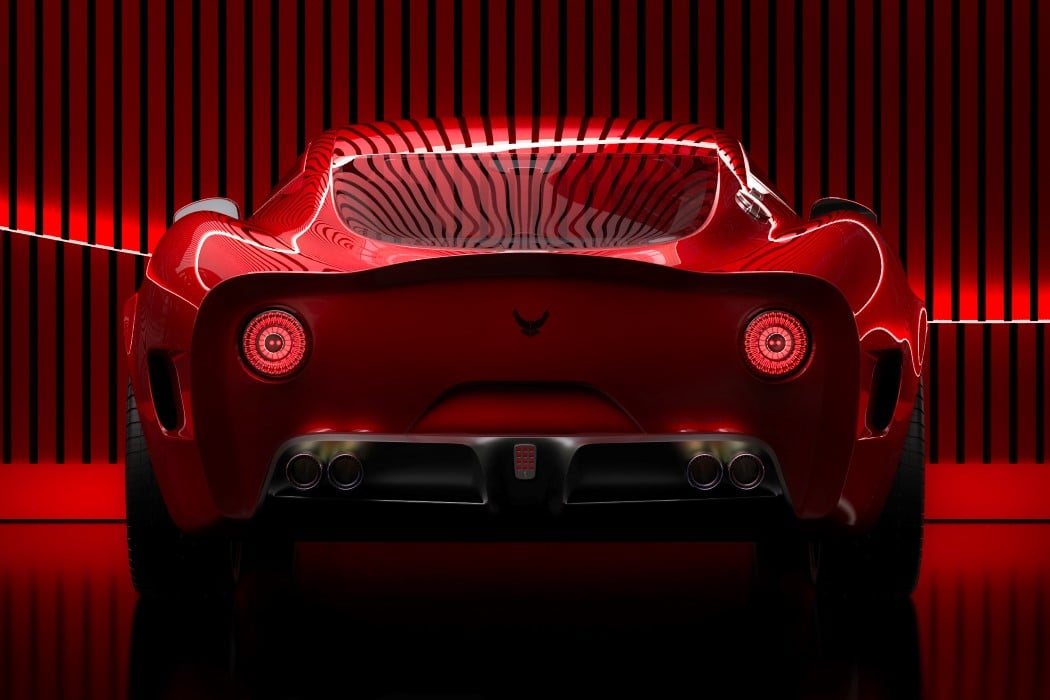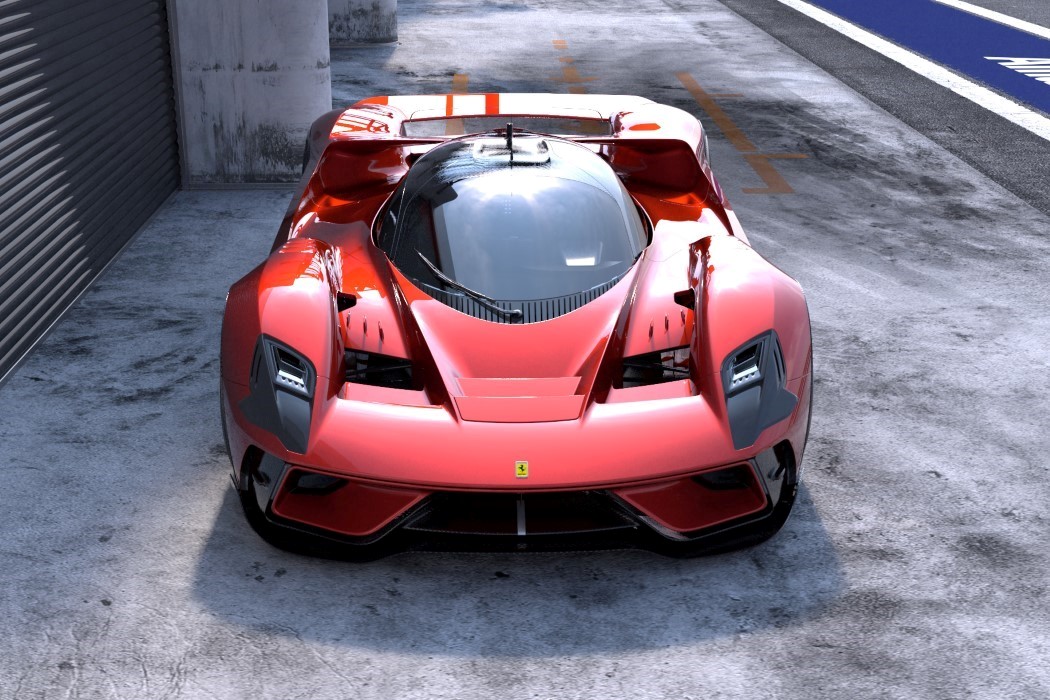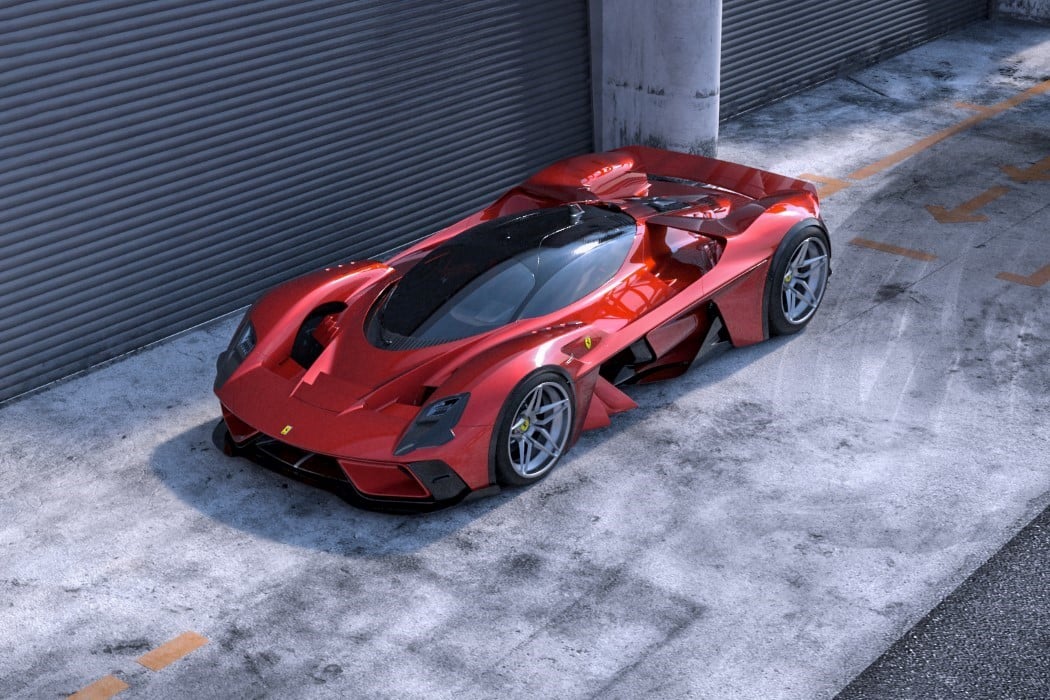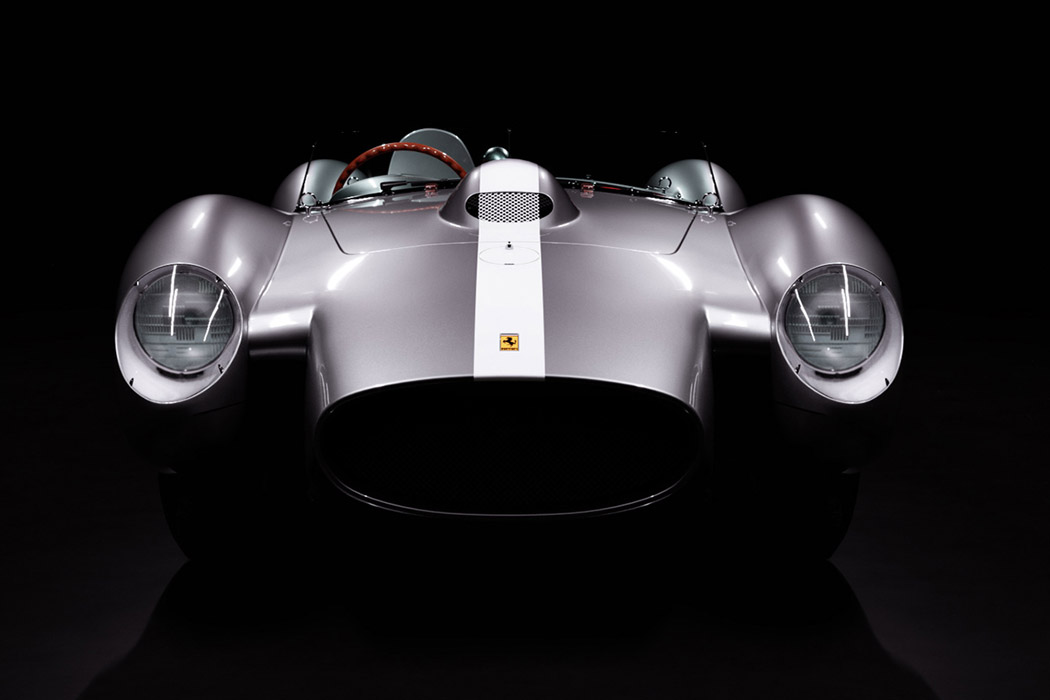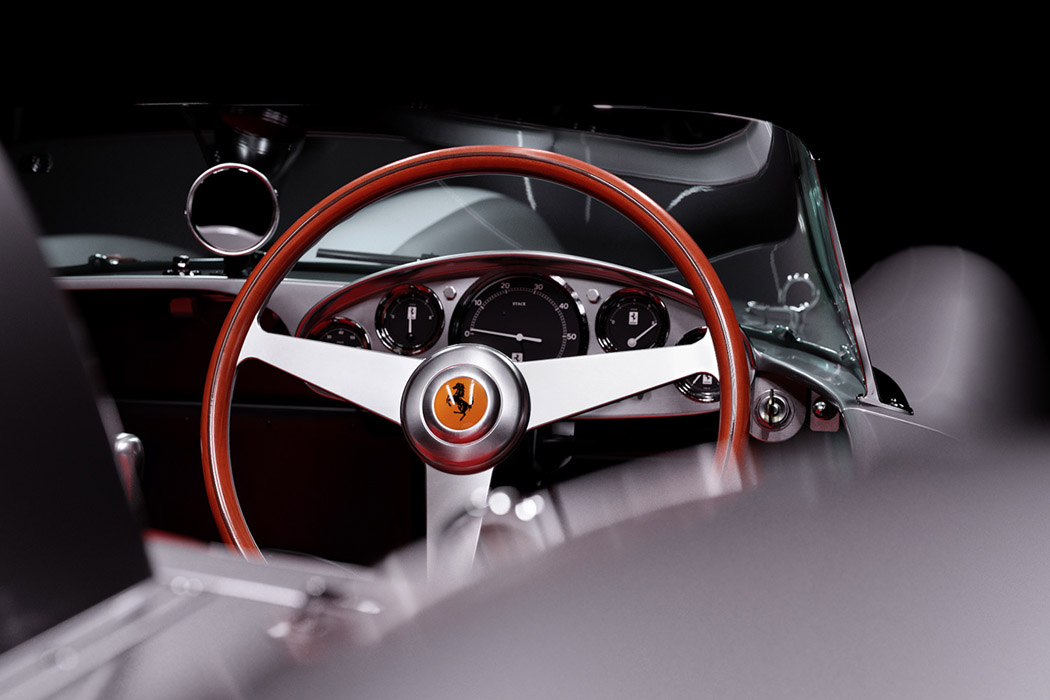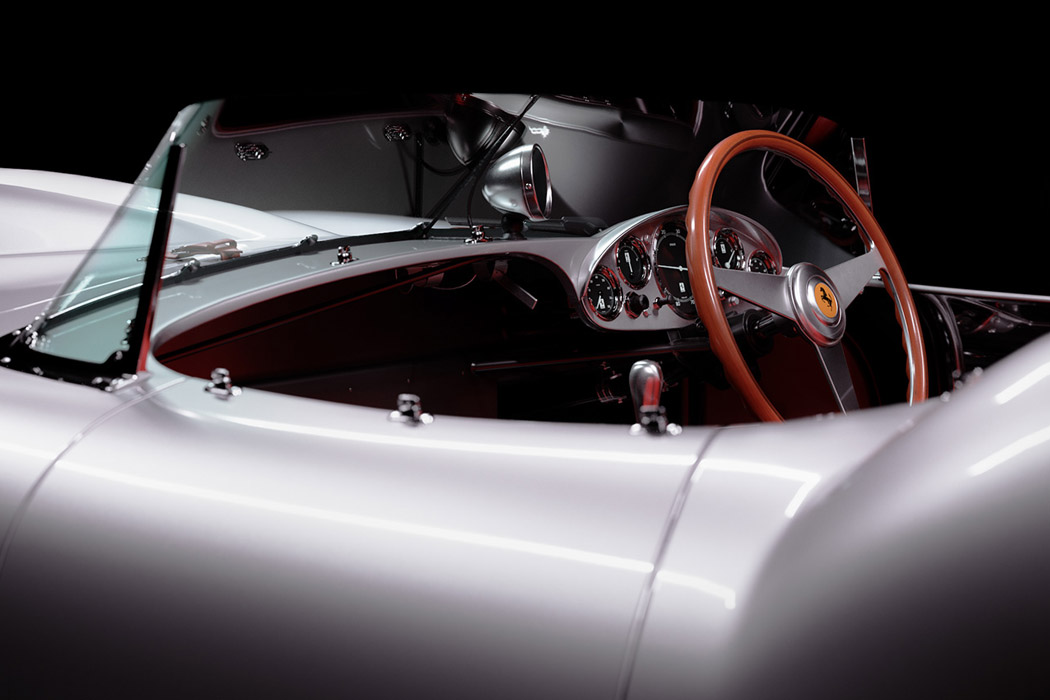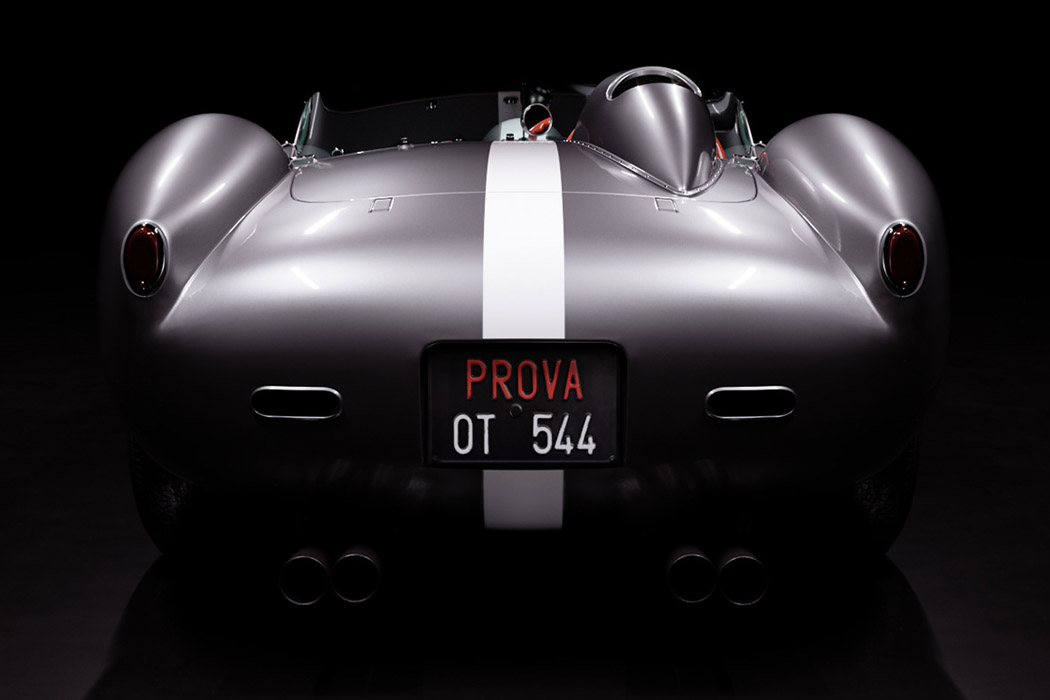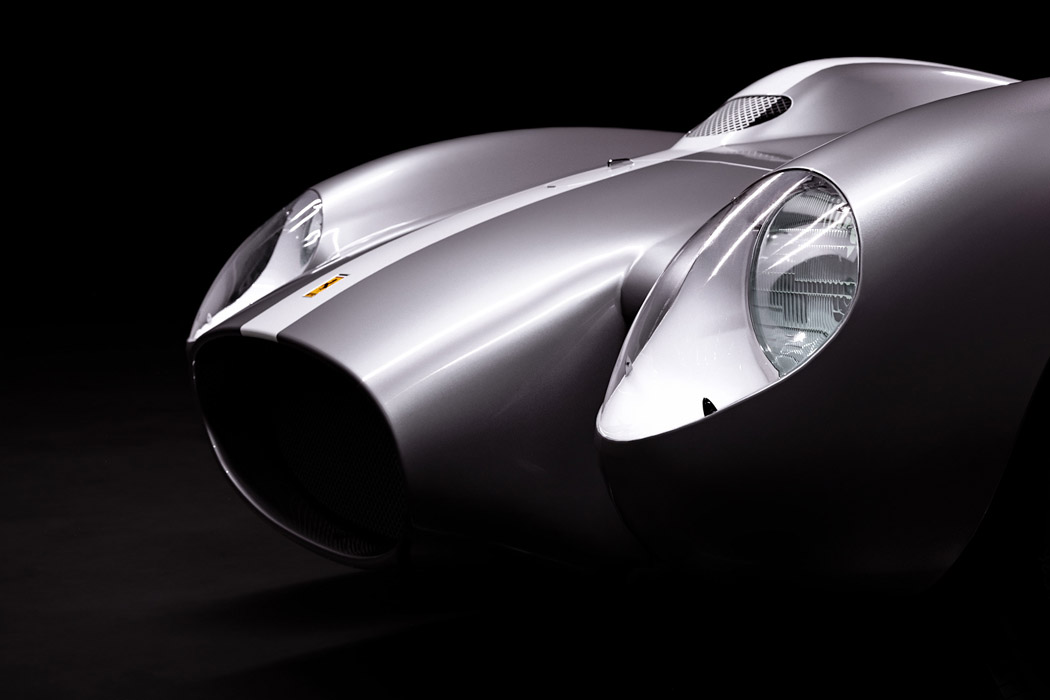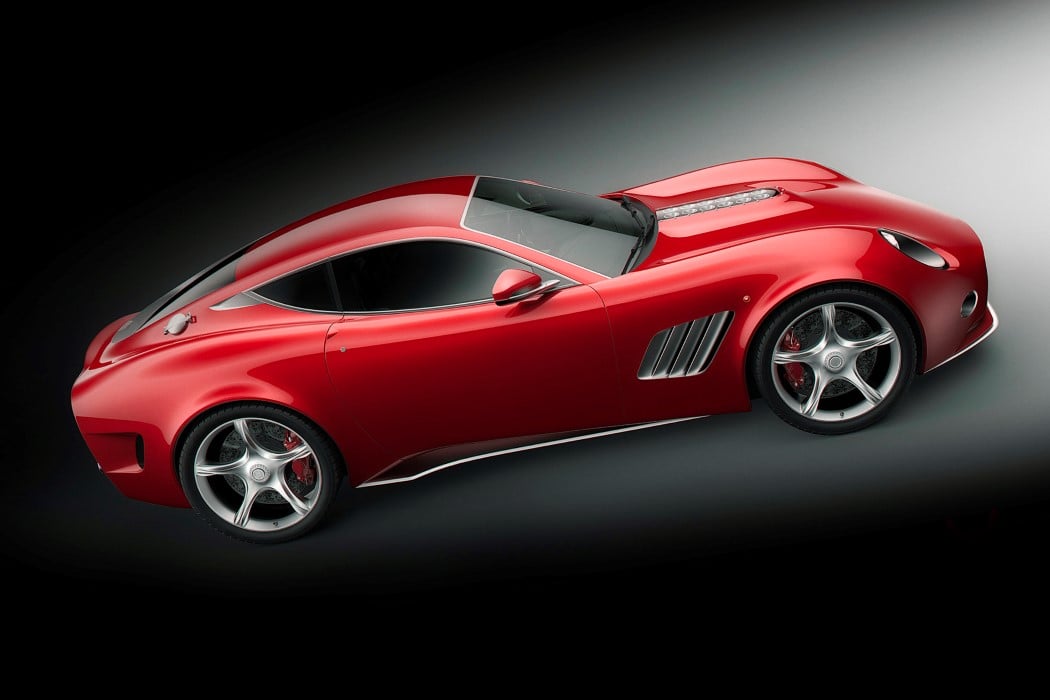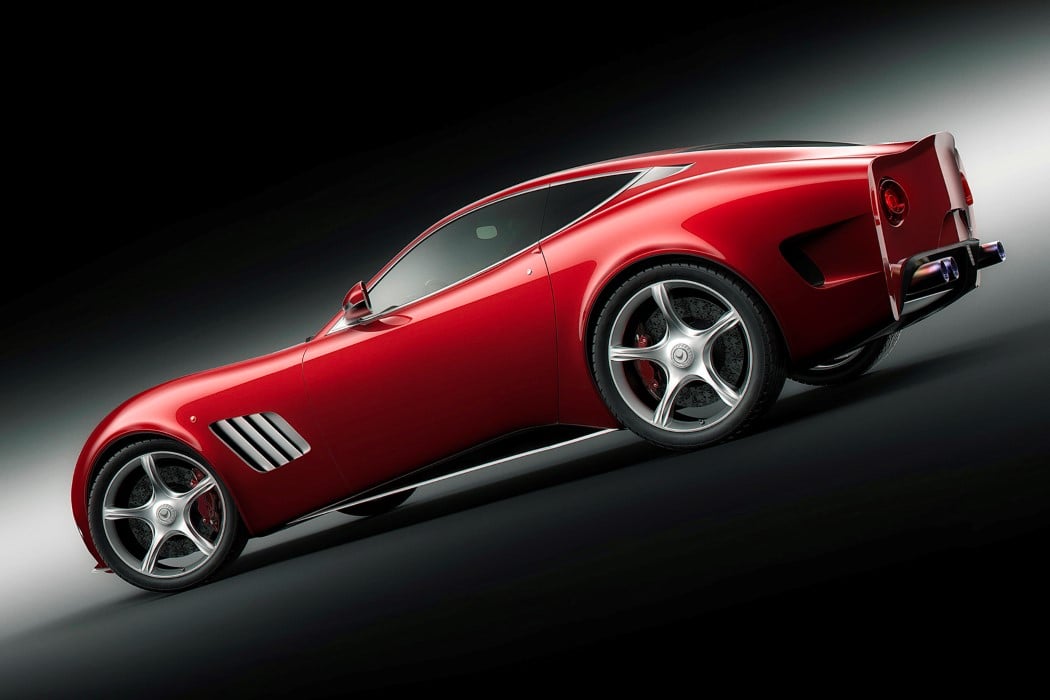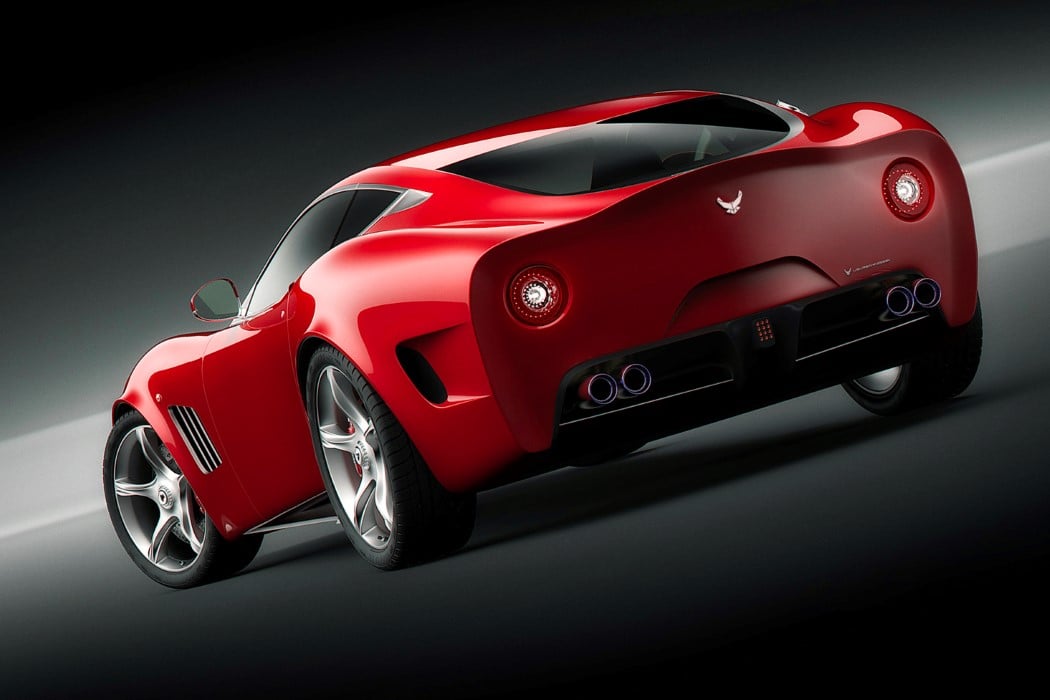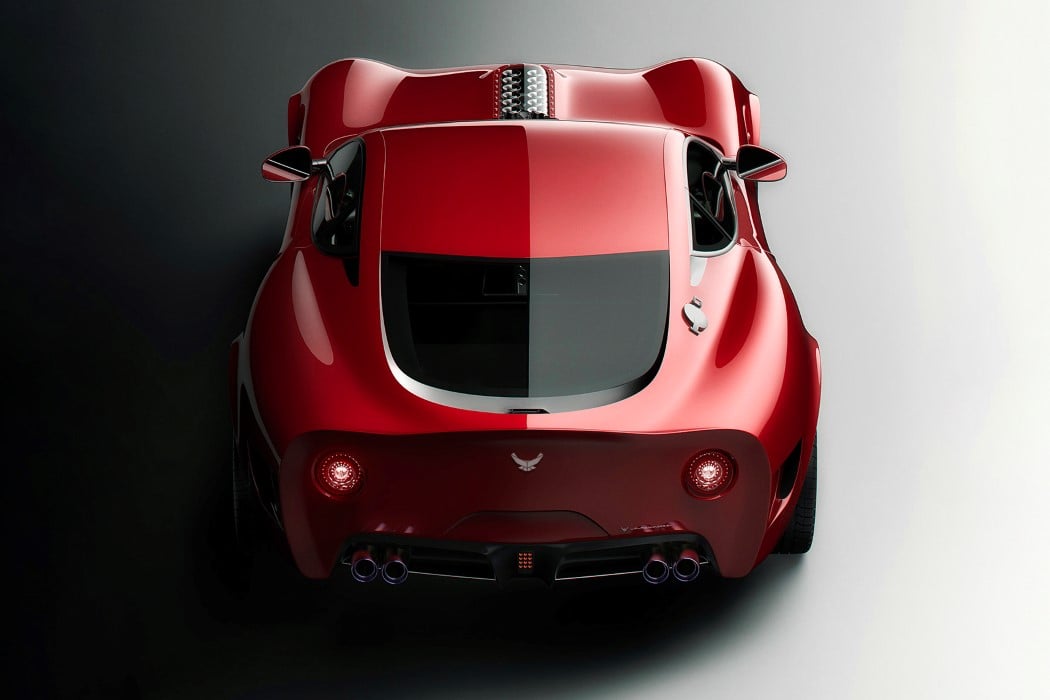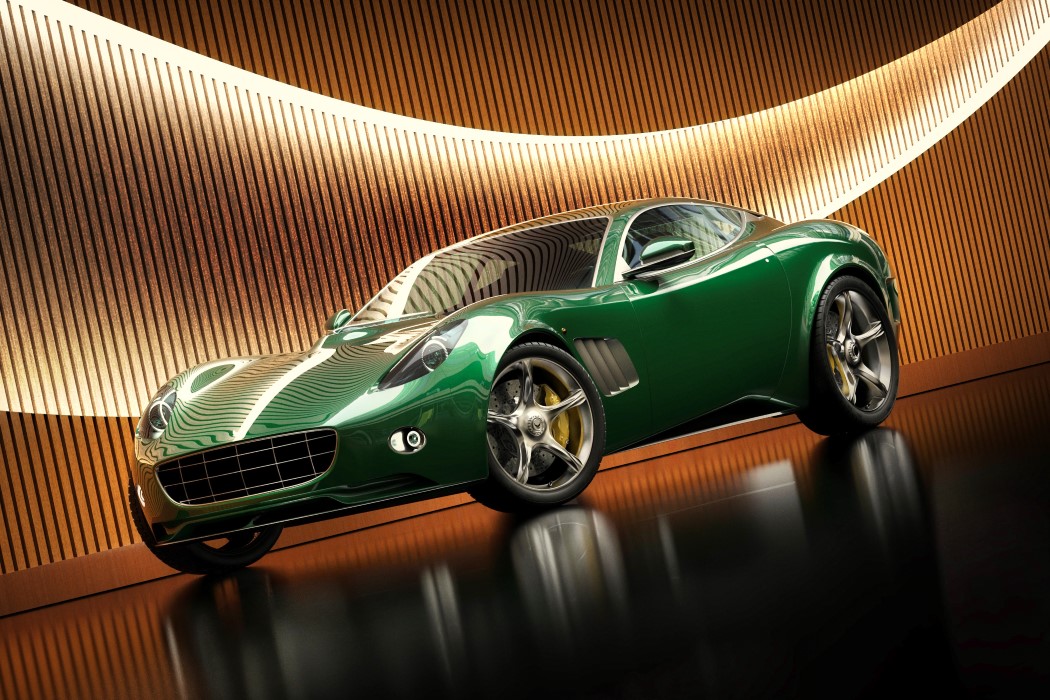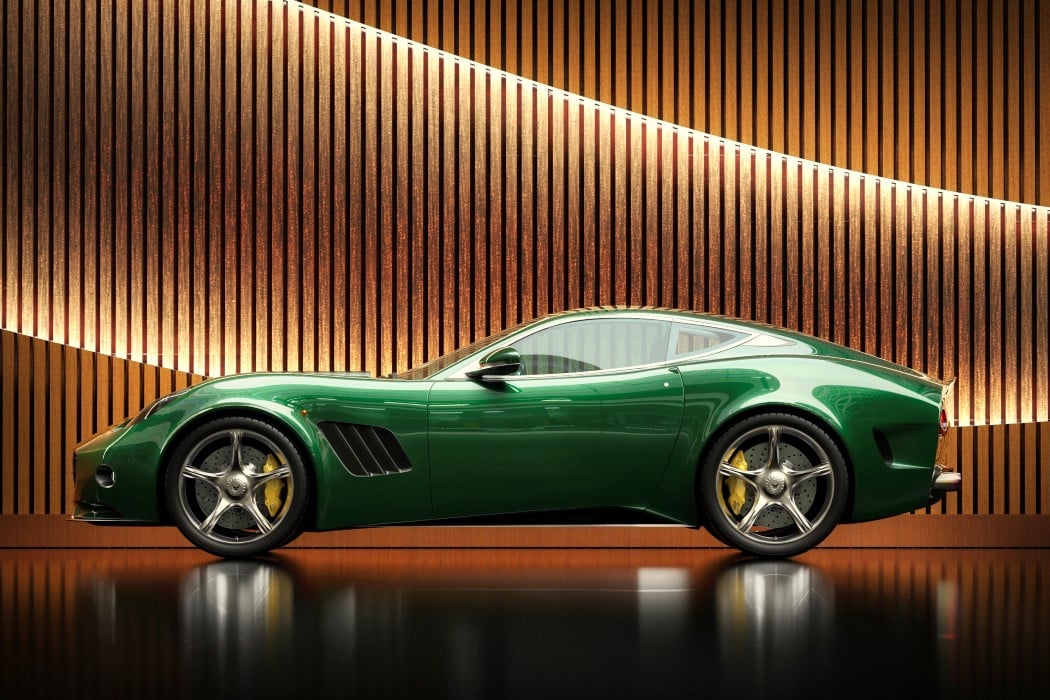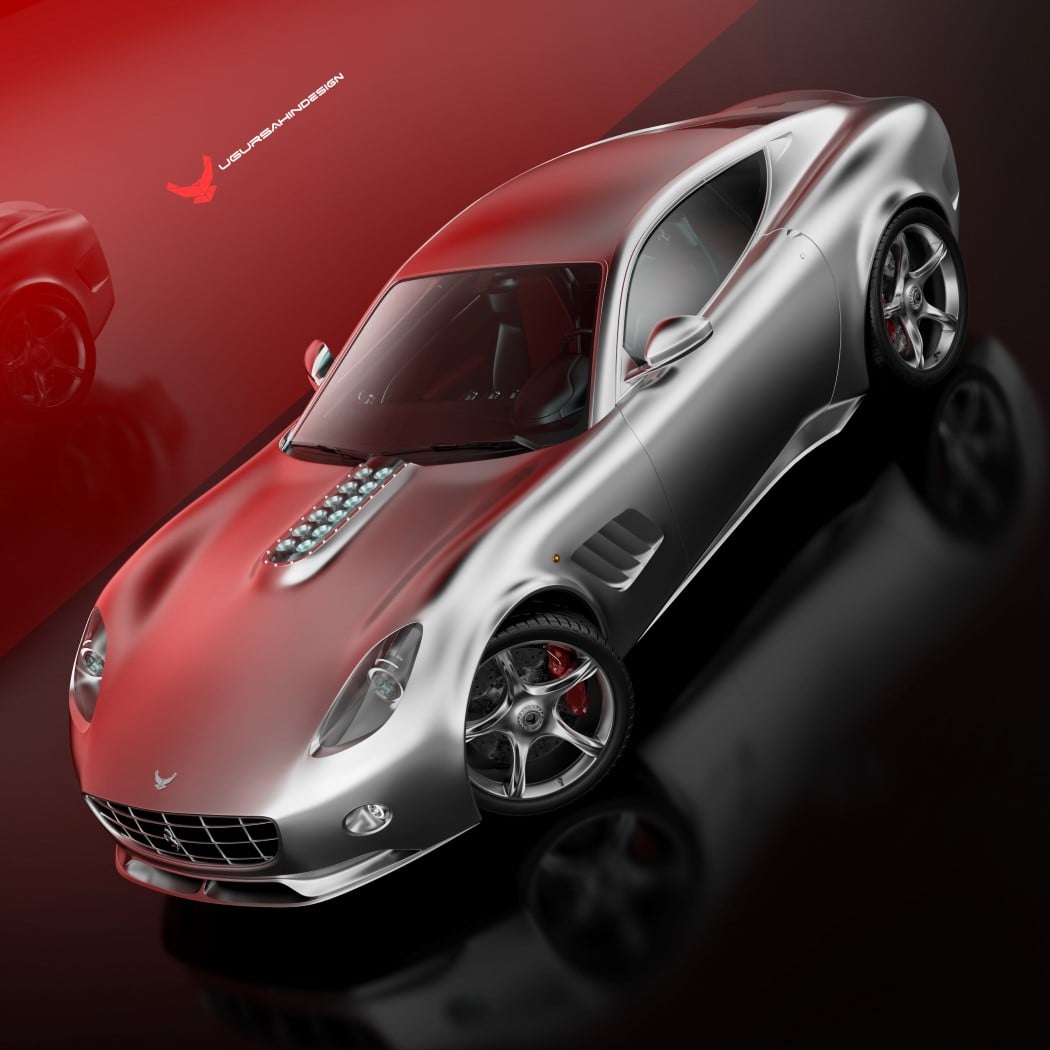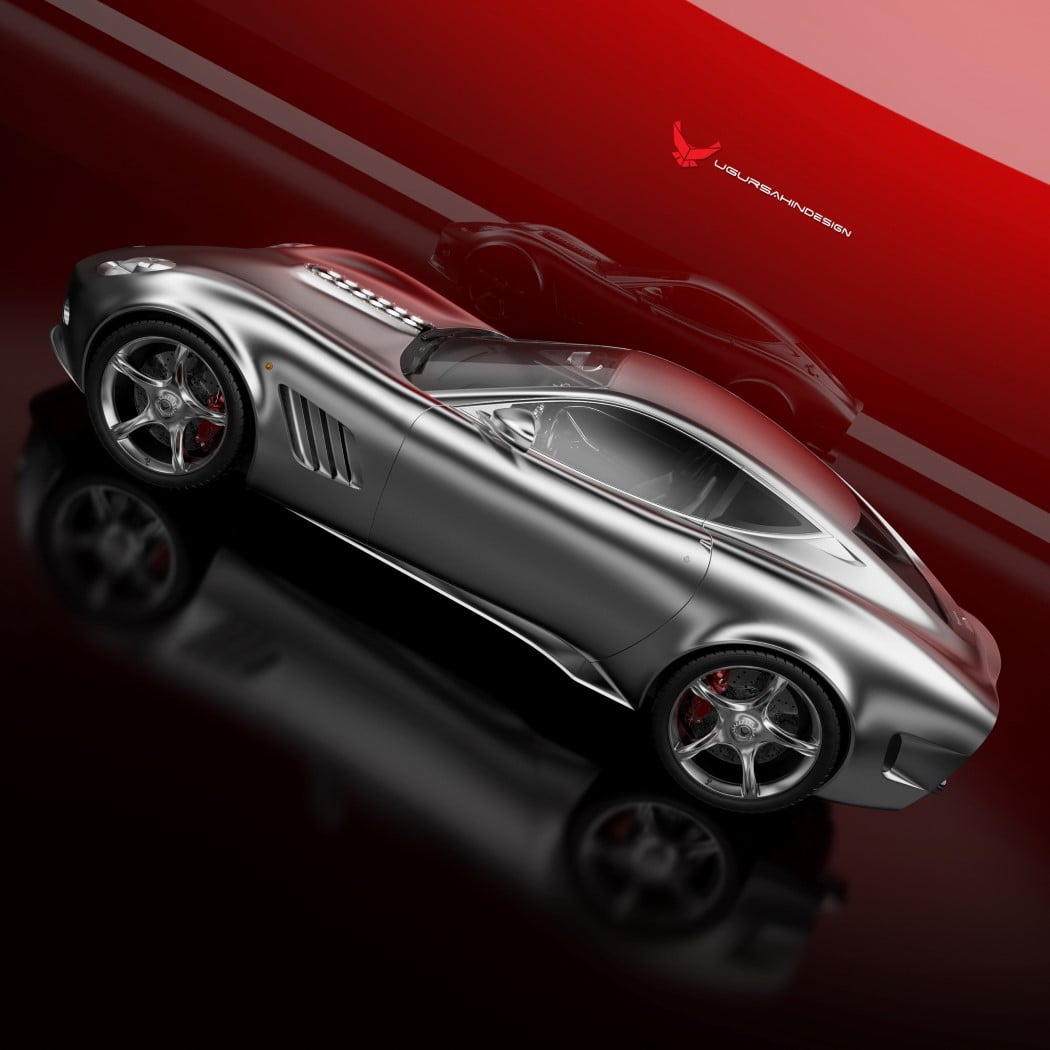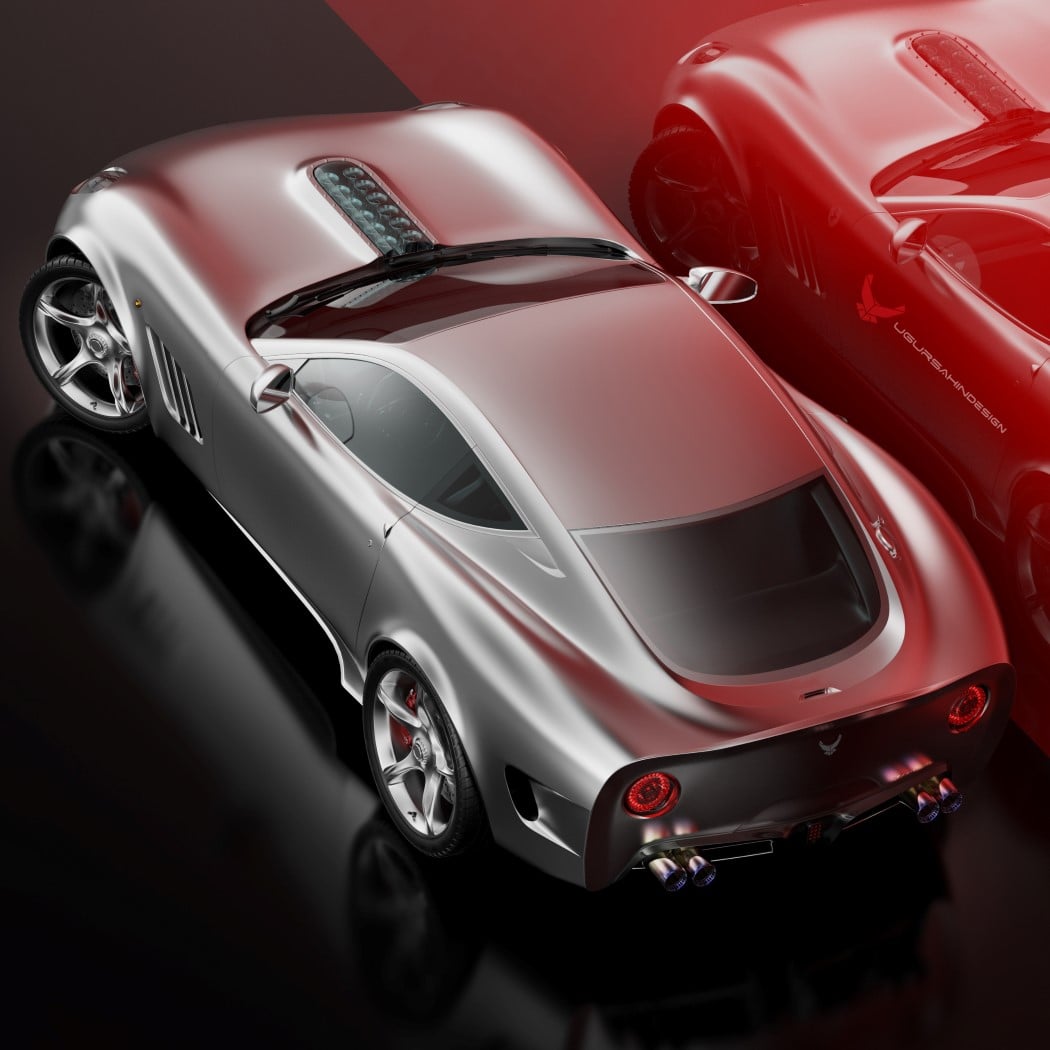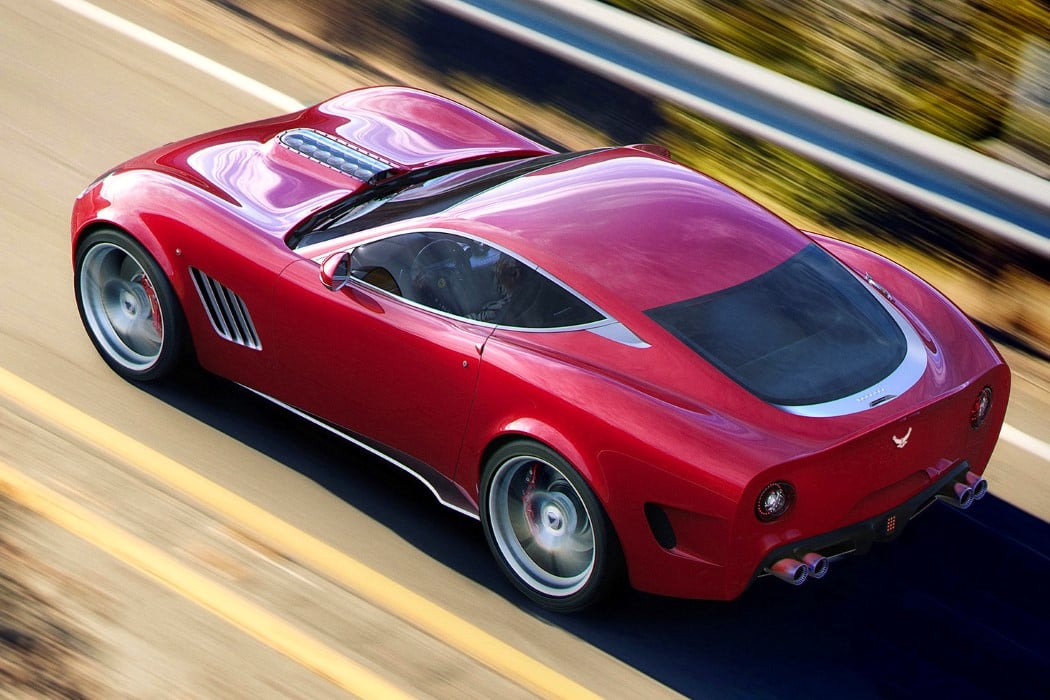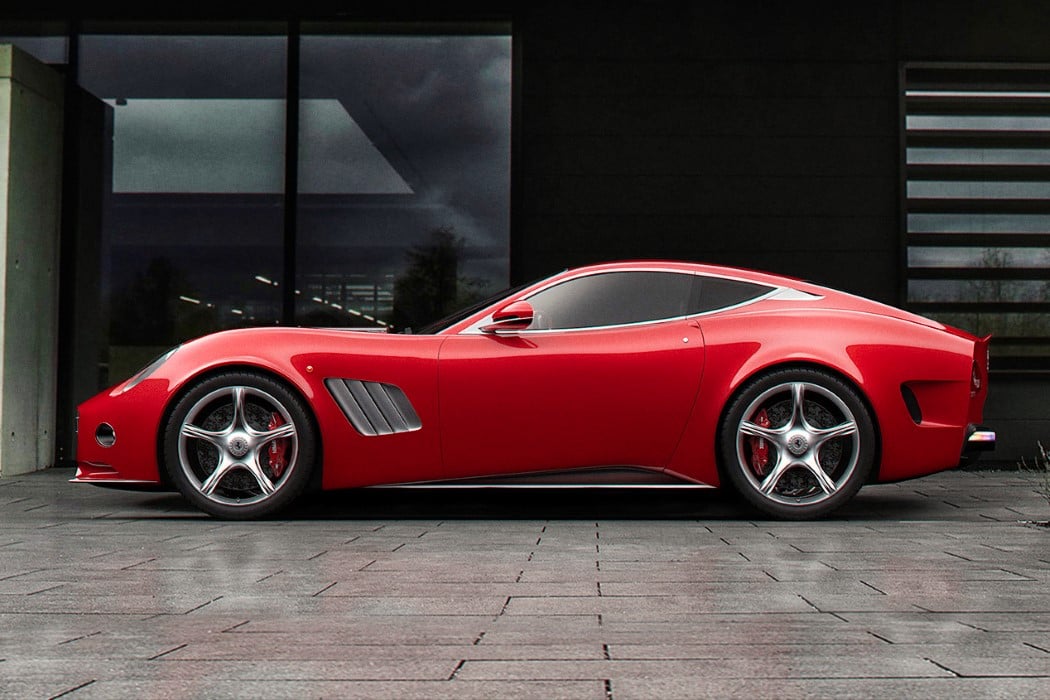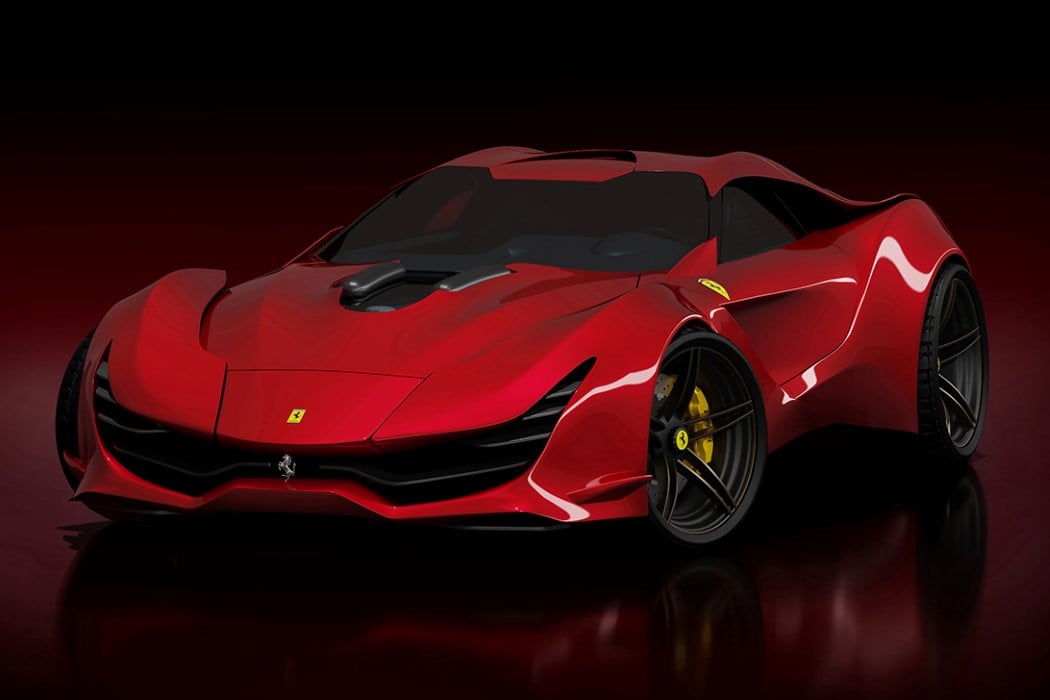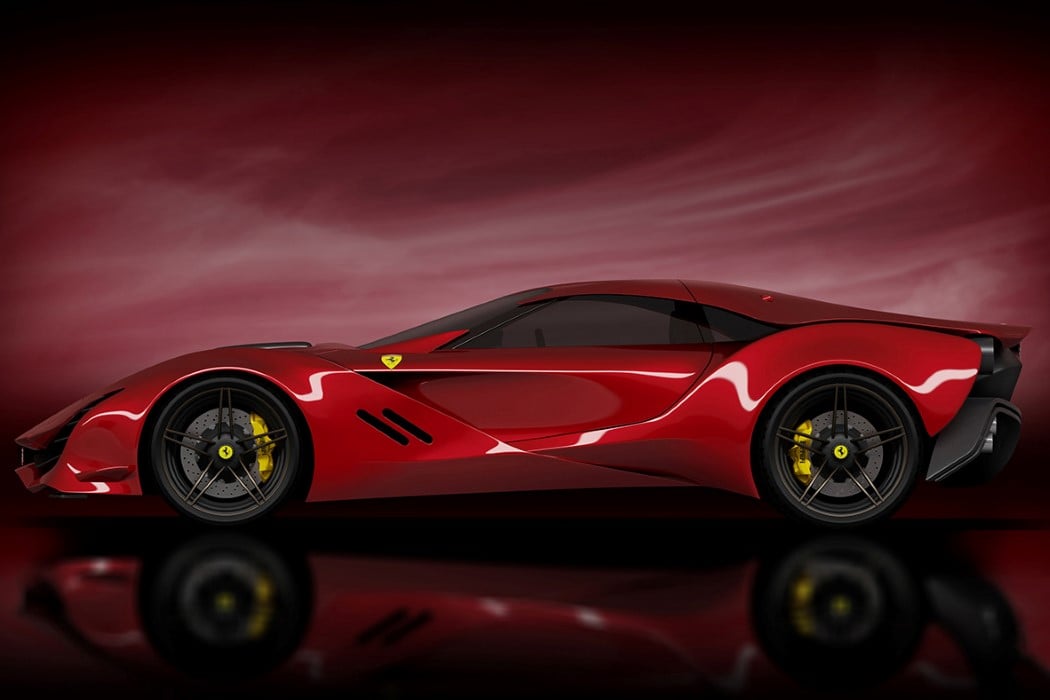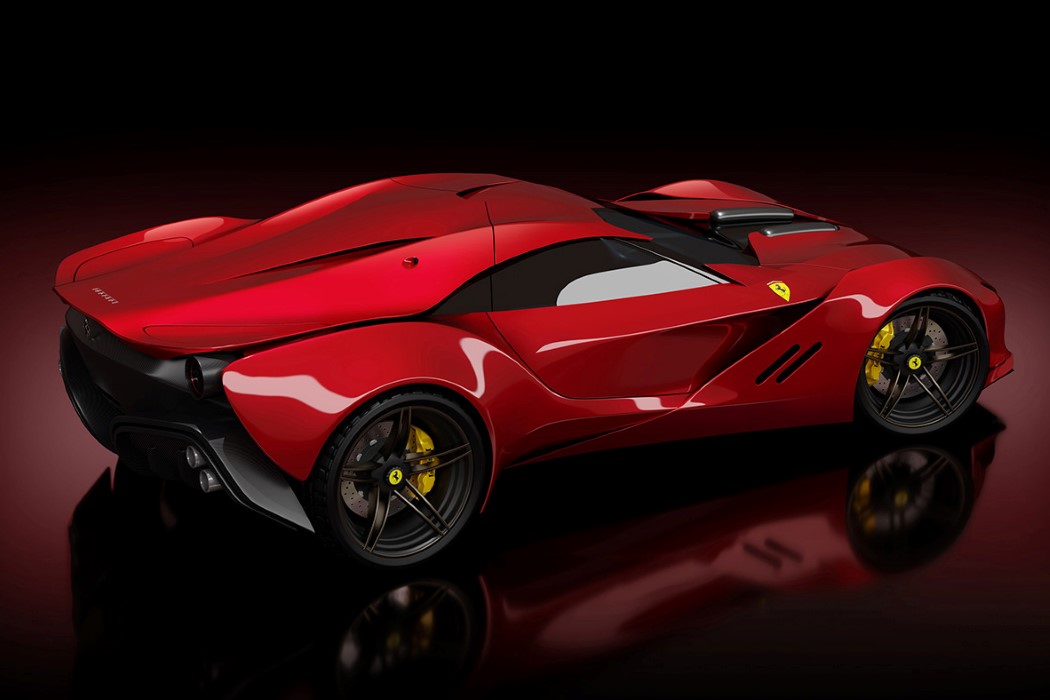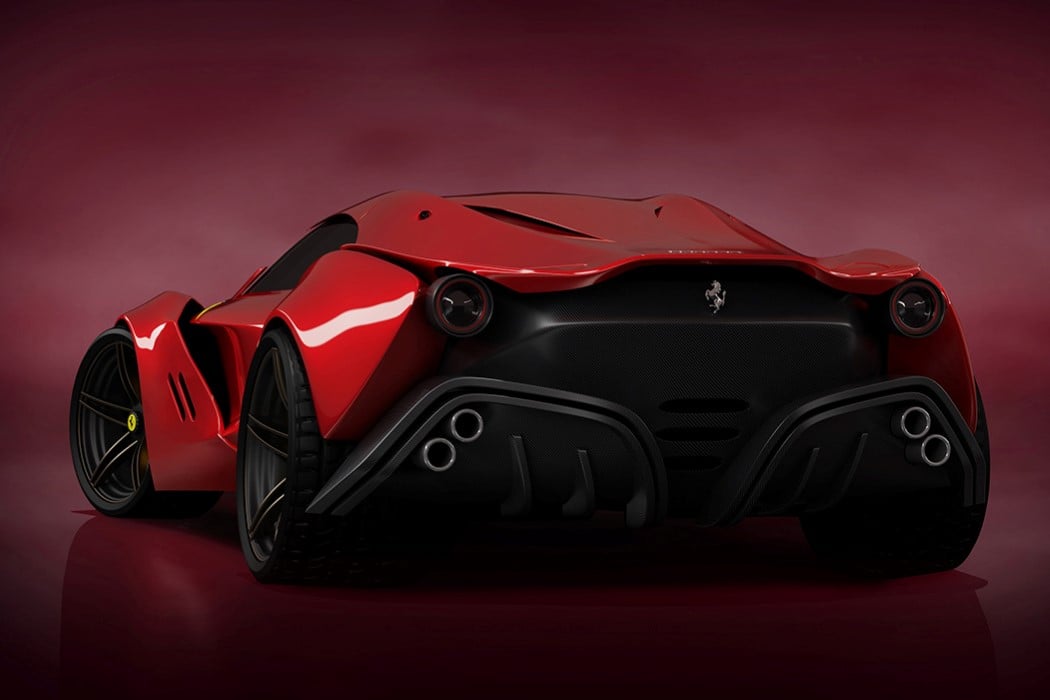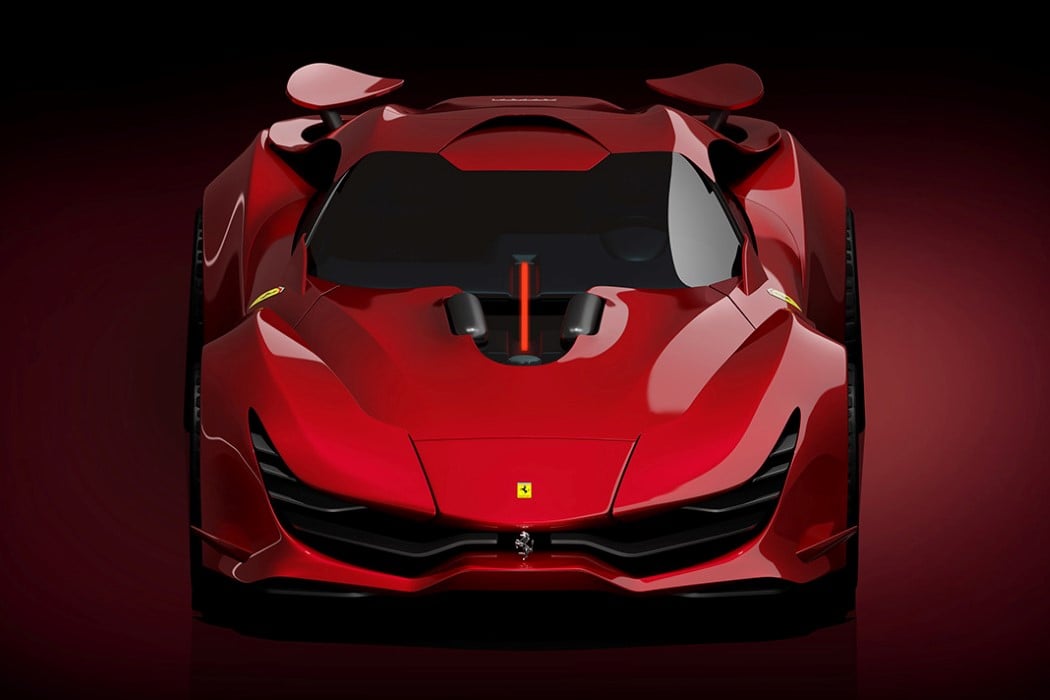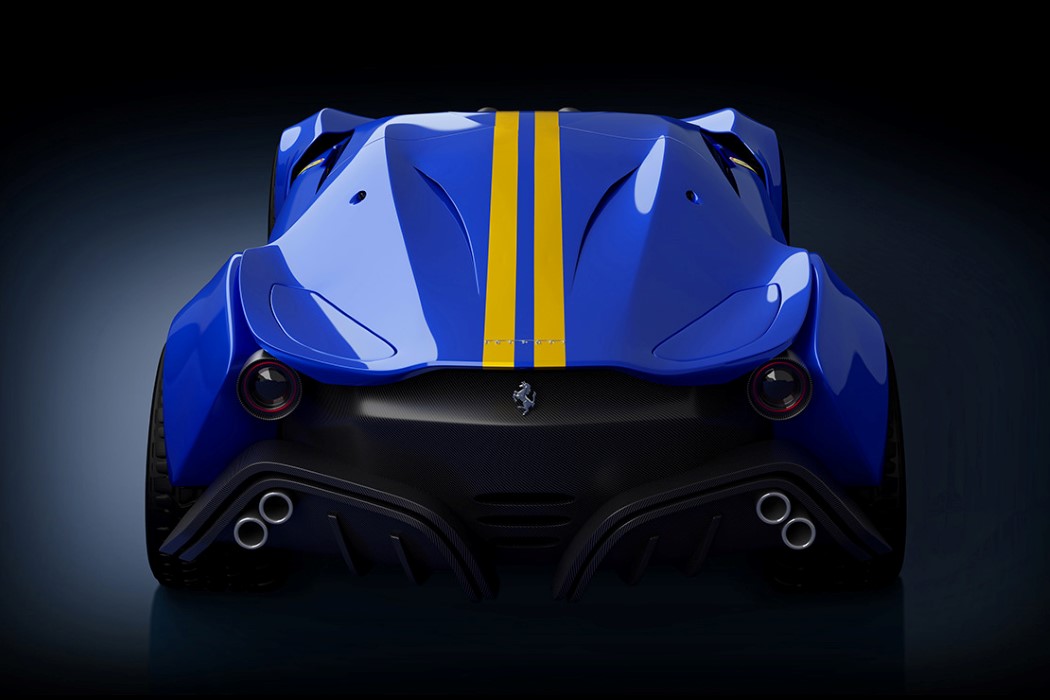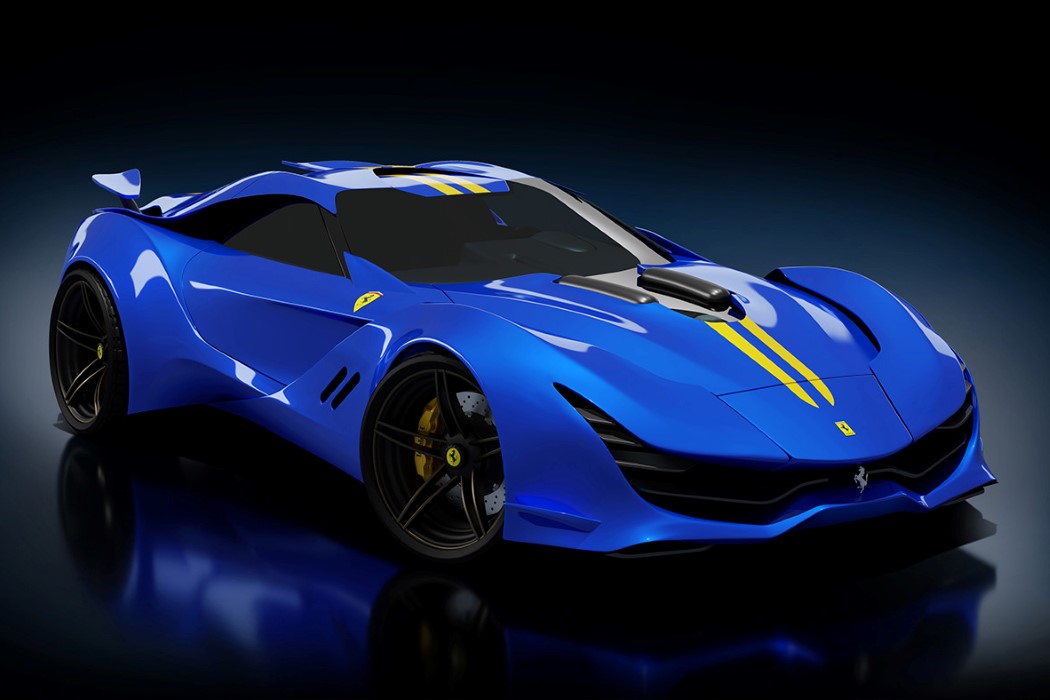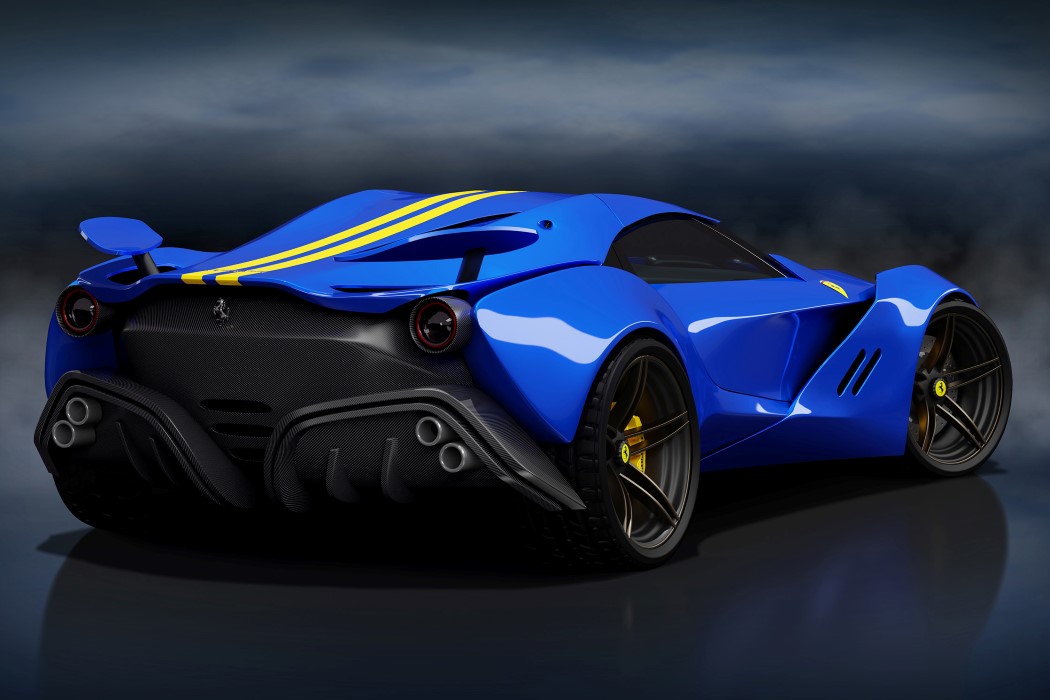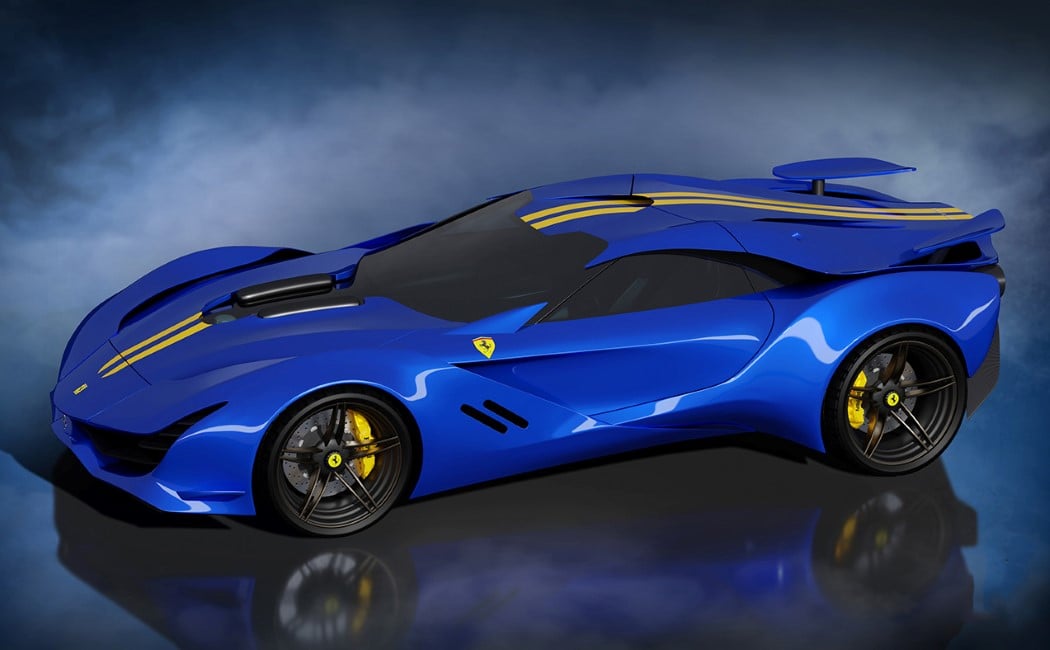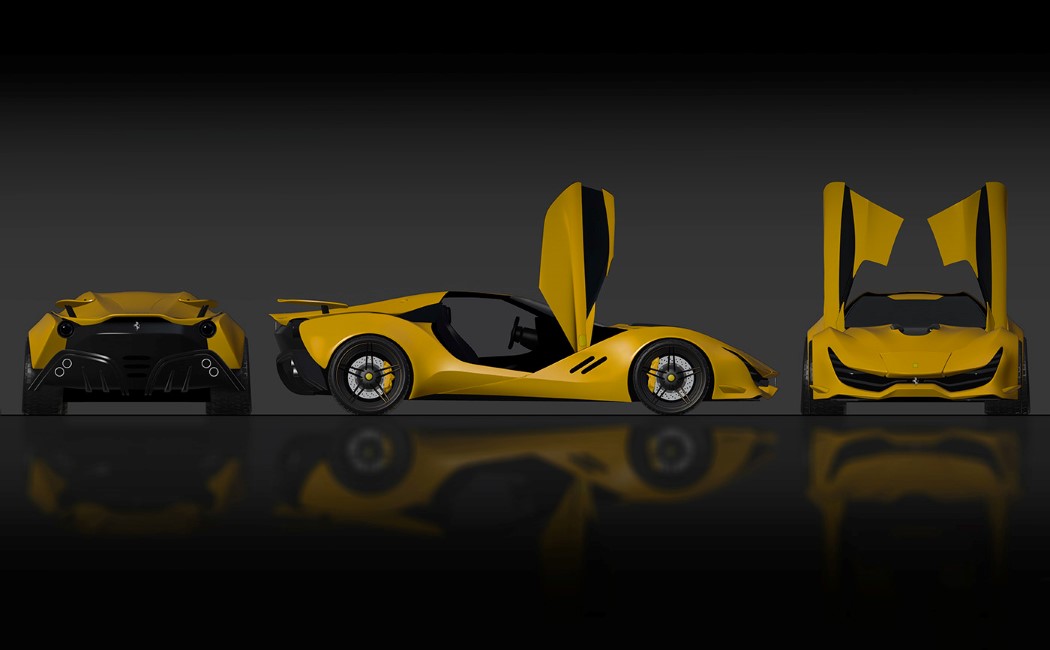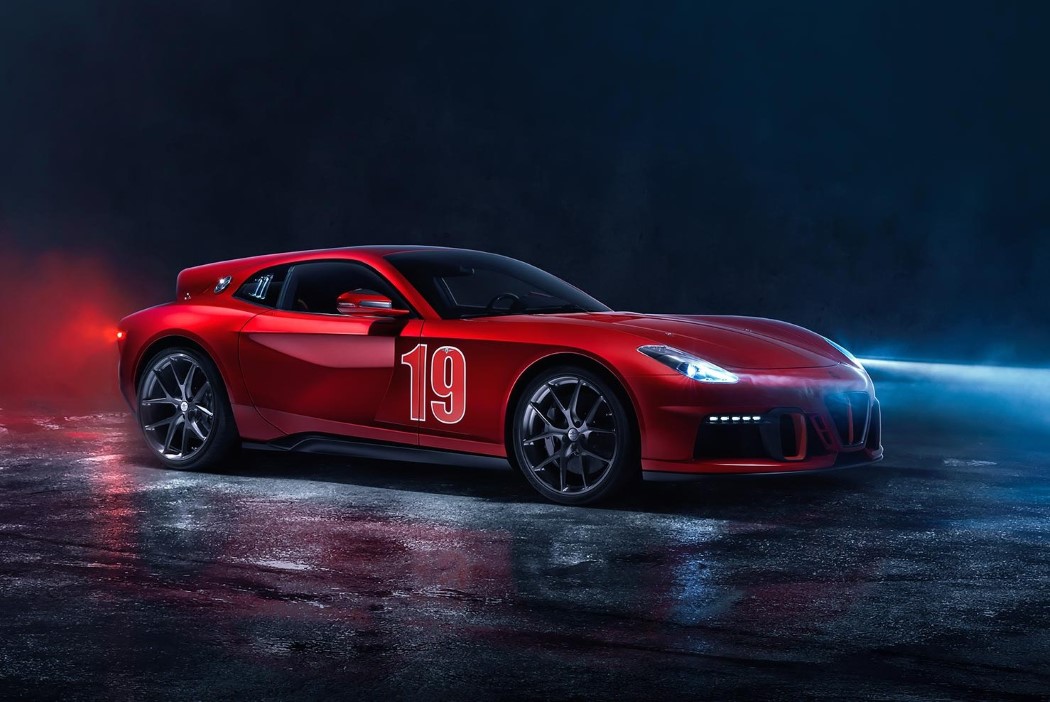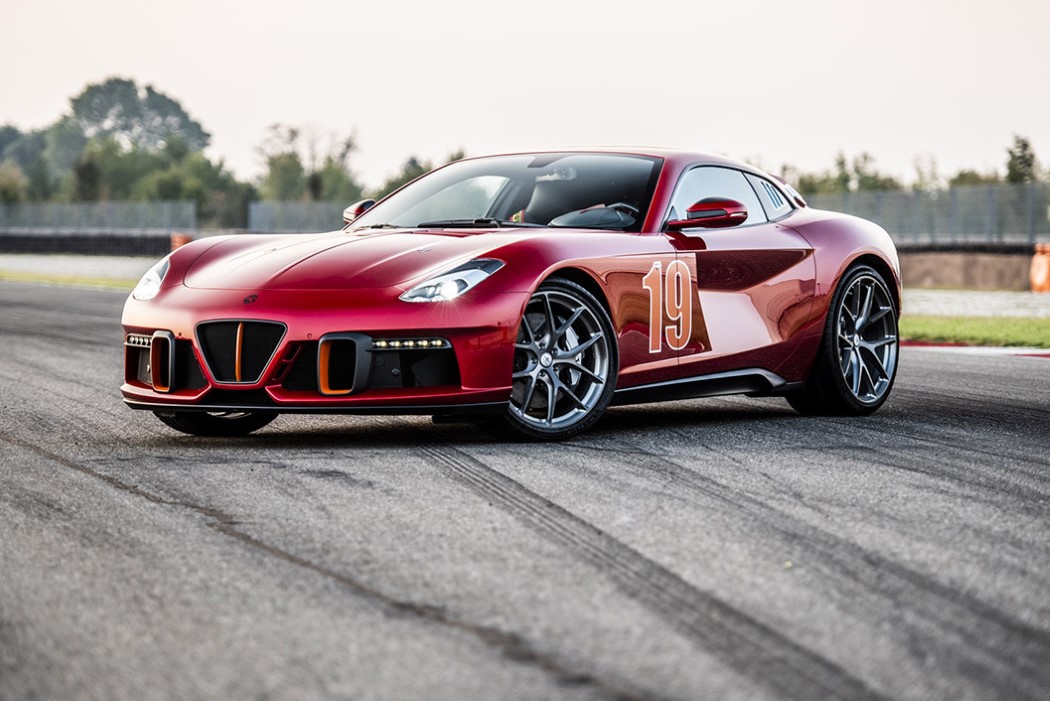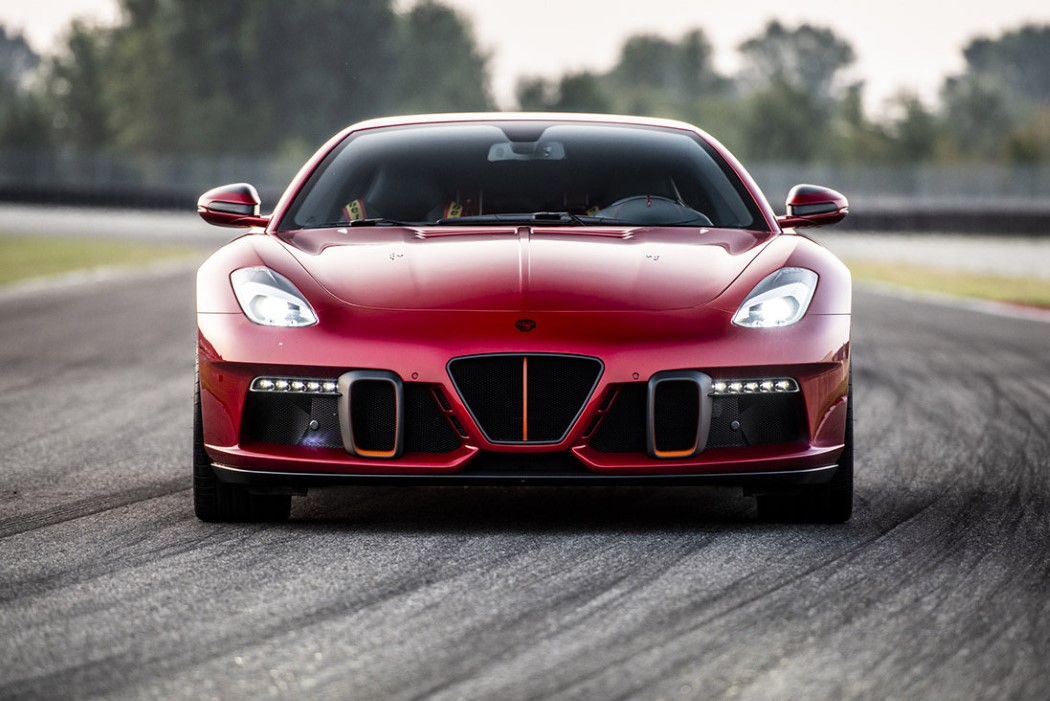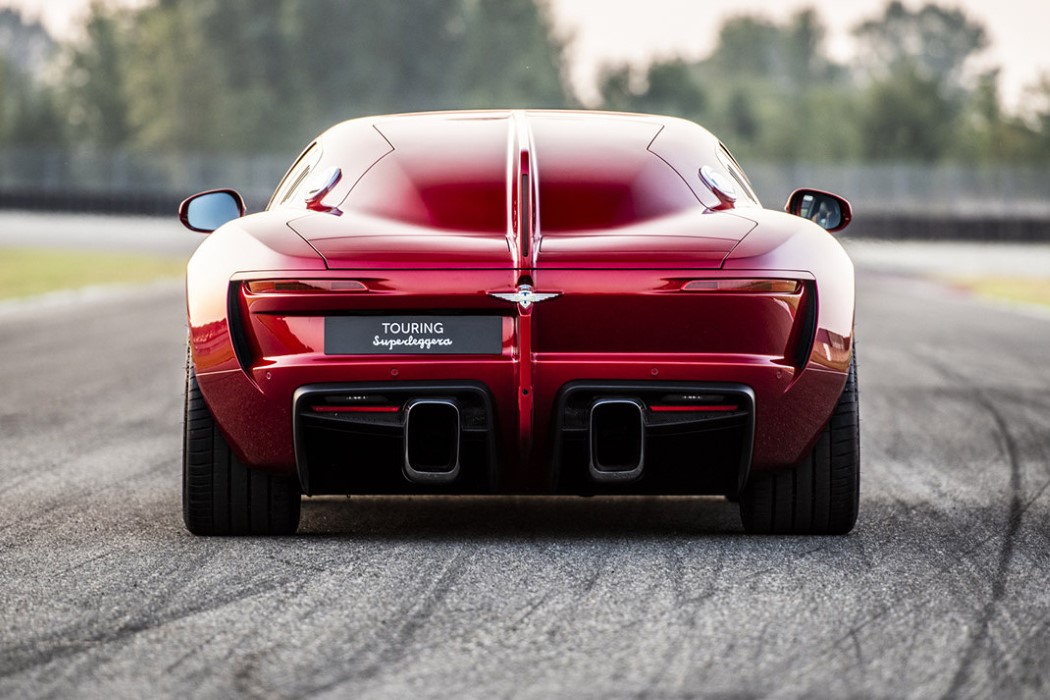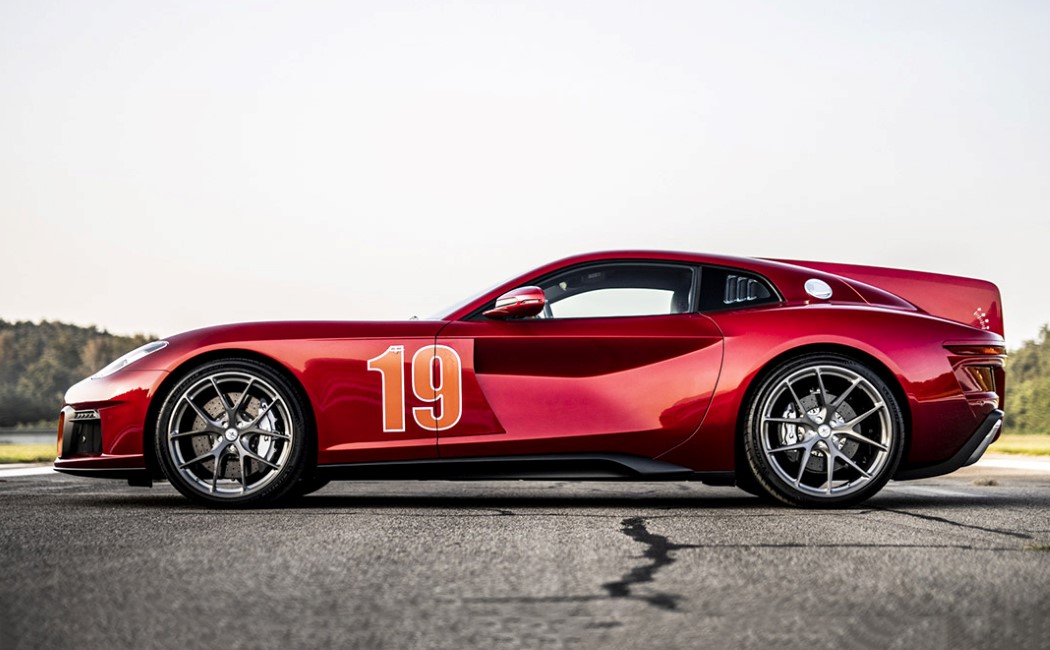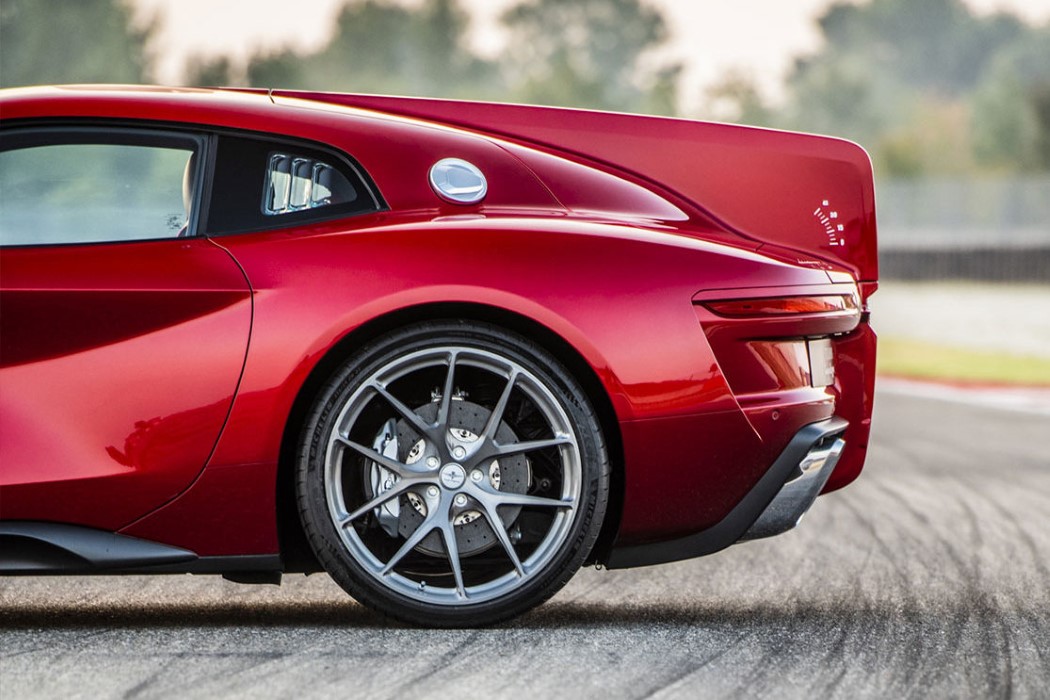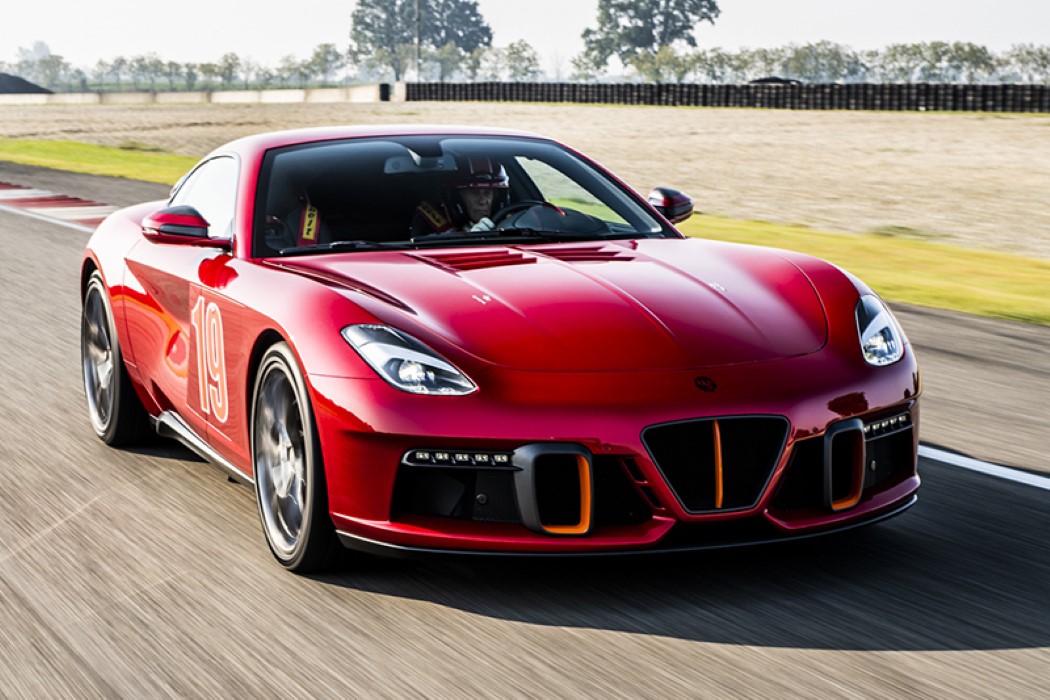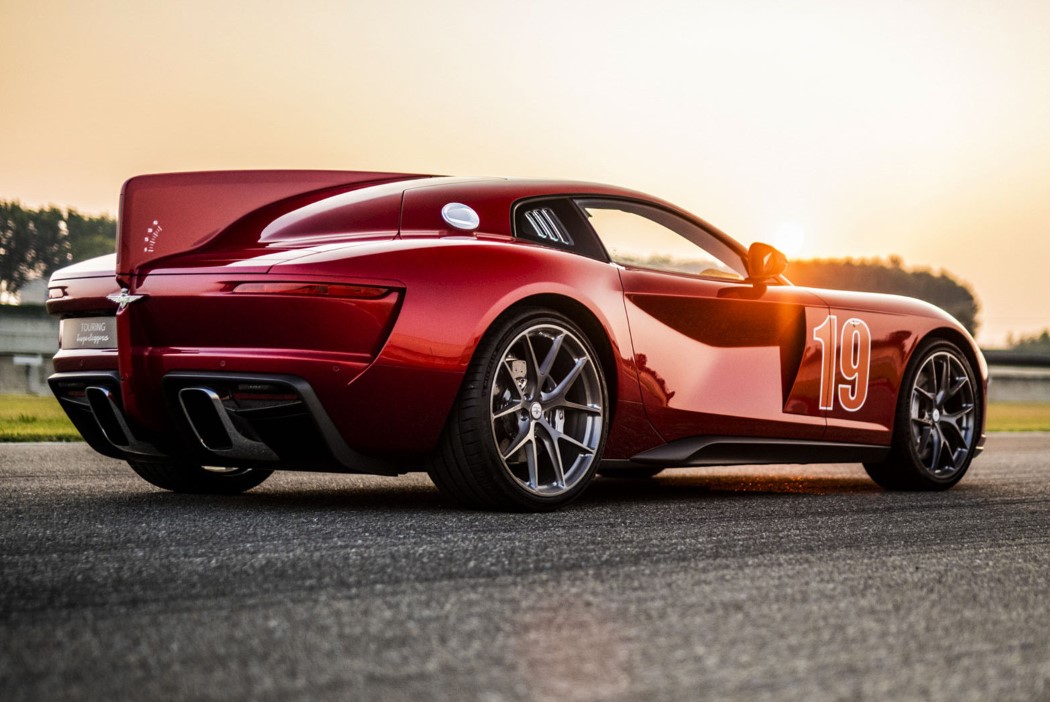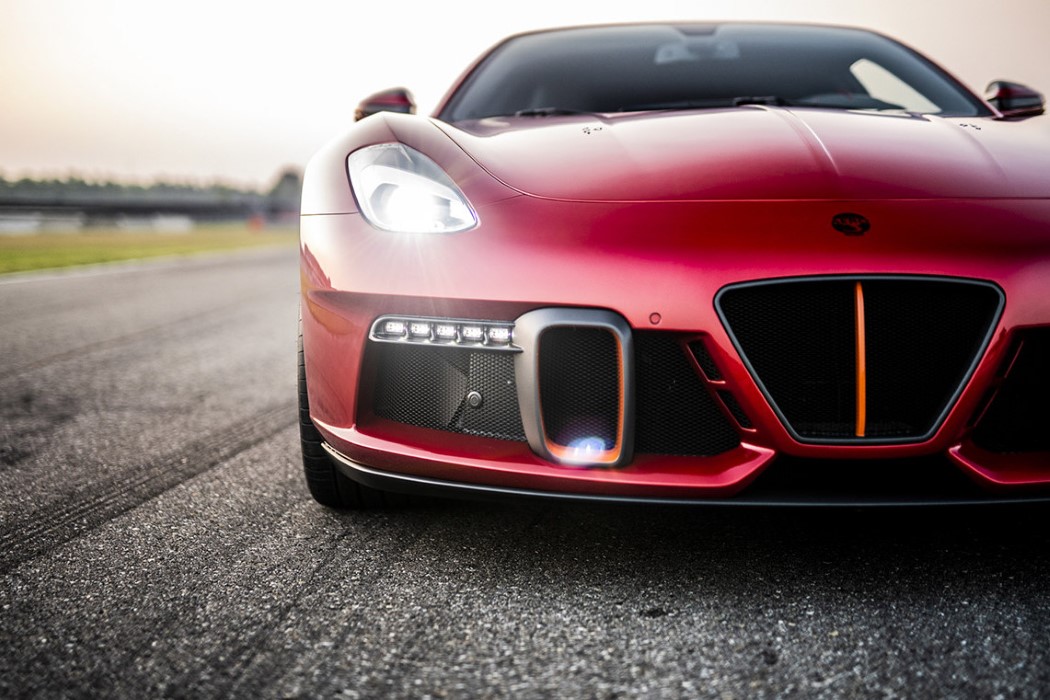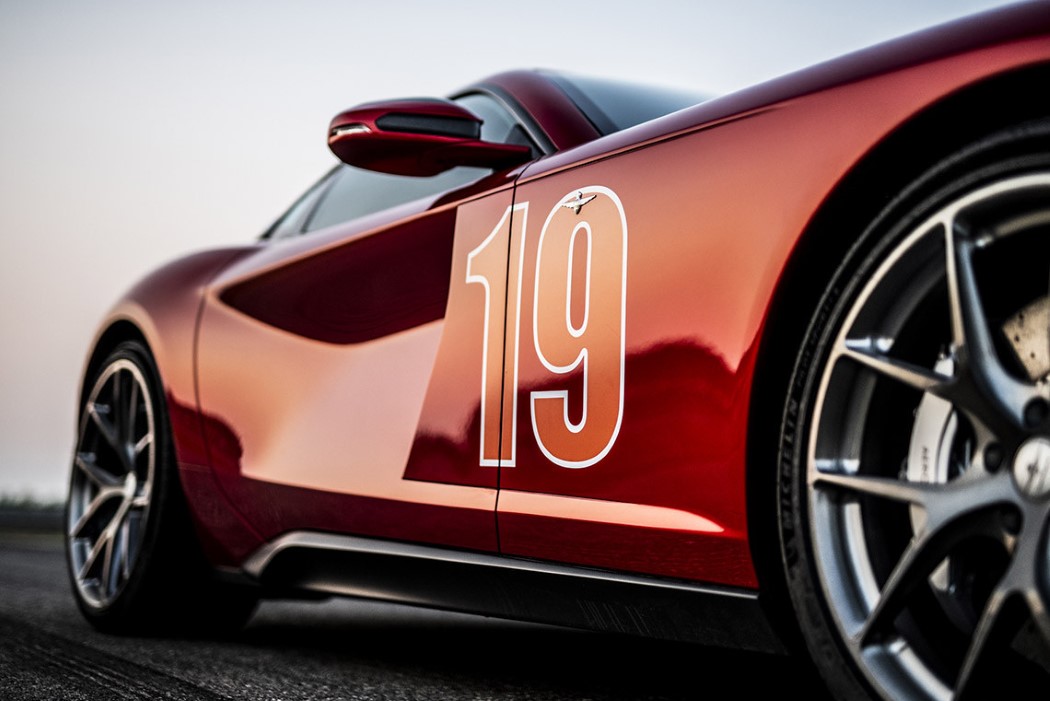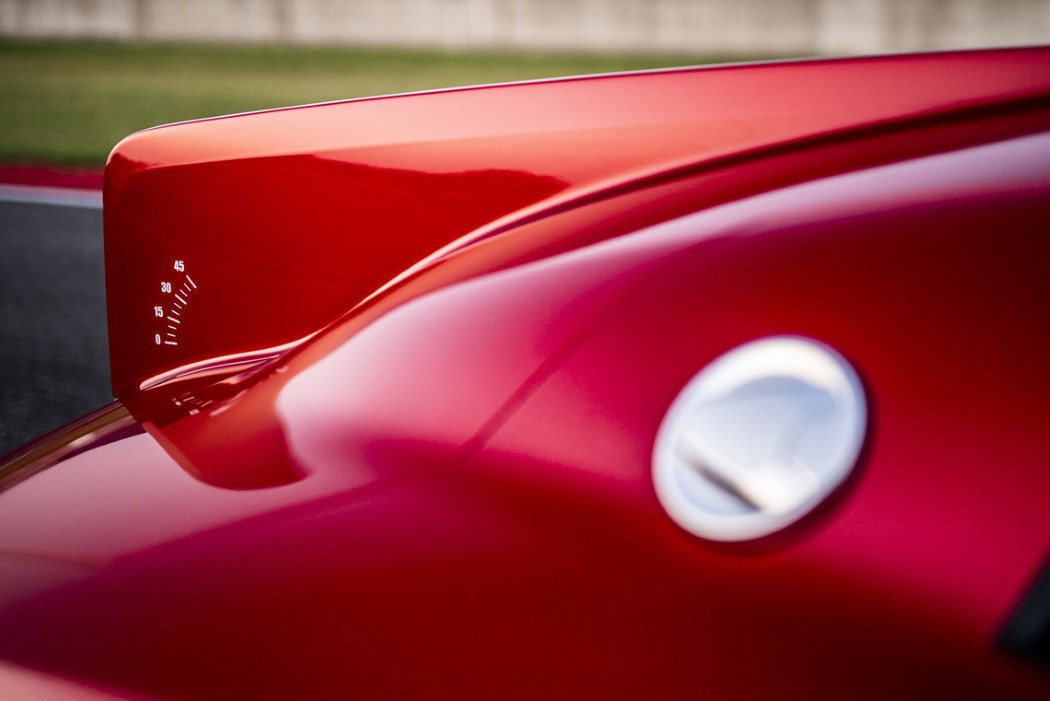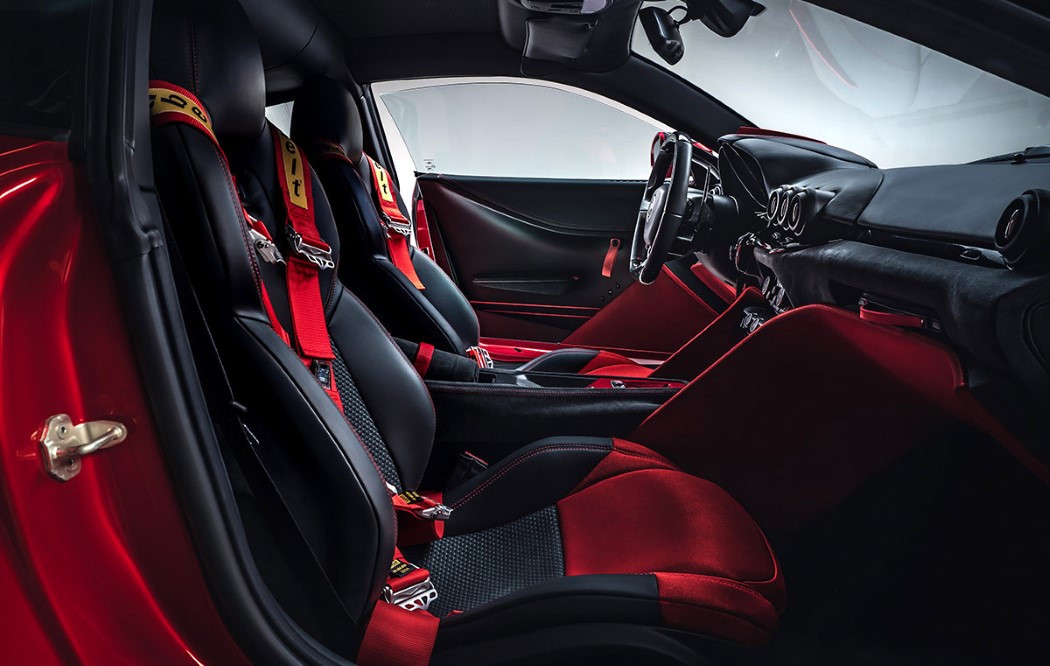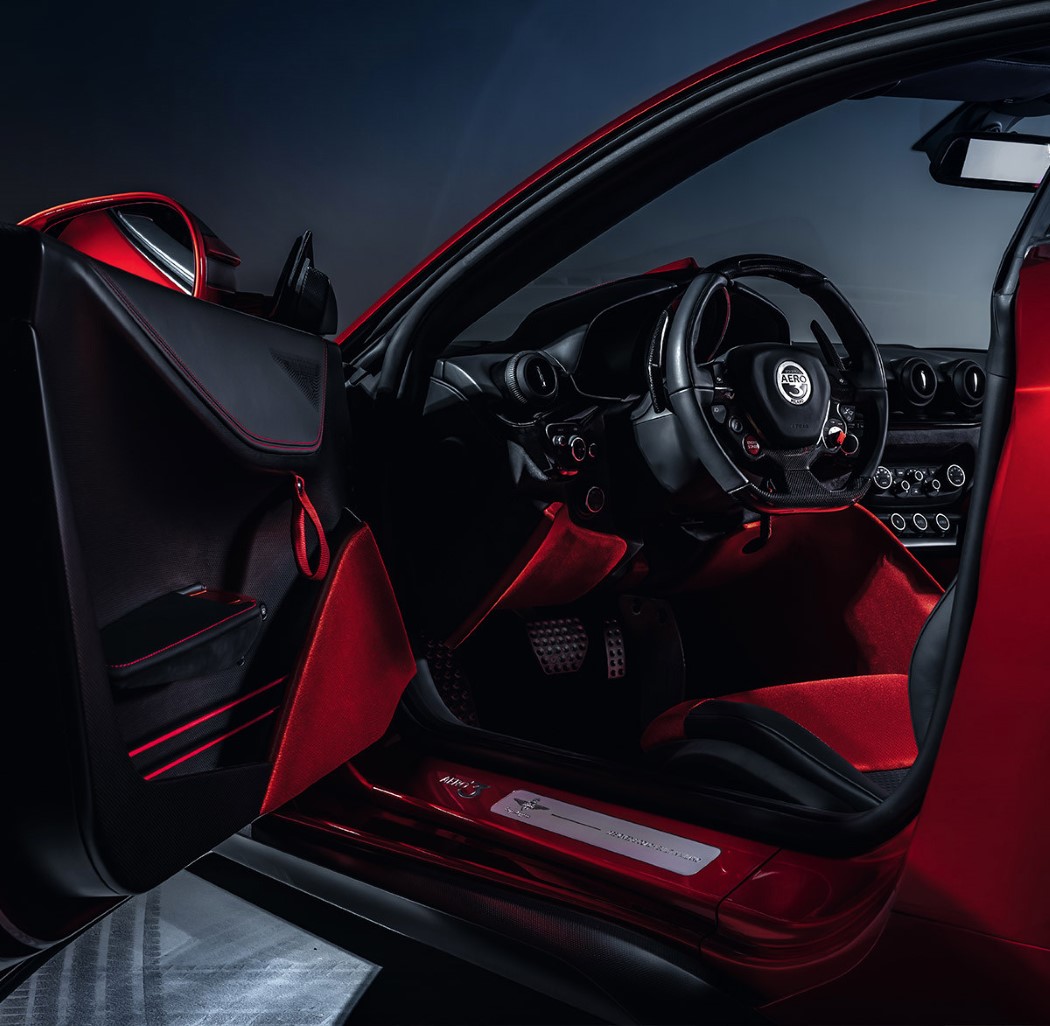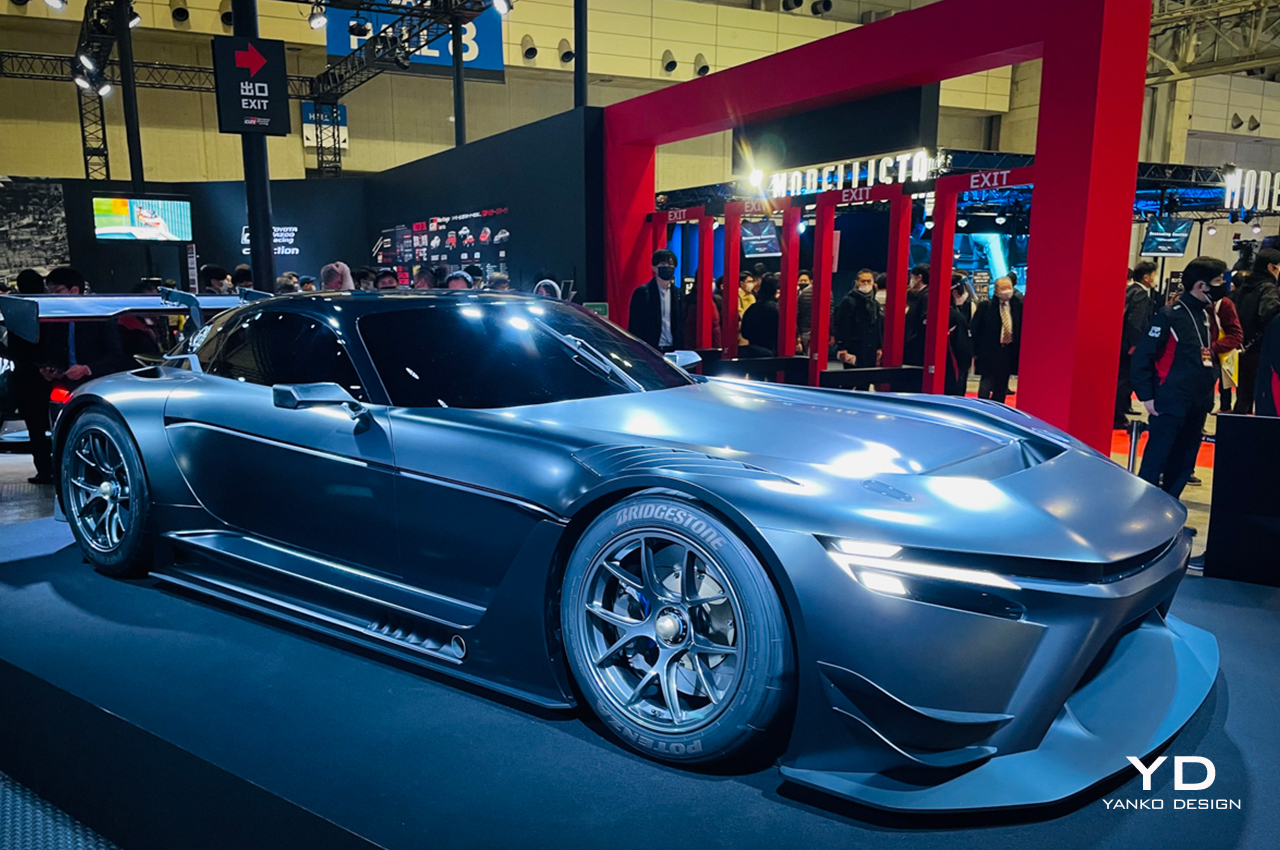
To really appreciate a car’s styling and market impact, you really have to see it—in the flesh. I mean, online car launches and briefings are good, but they cannot hope to substitute for the real thing. Seeing is believing, as they say, right? That’s why I made a beeline for the Tokyo Auto Salon last weekend— with my vaccinations, face mask, and hand sanitizer under my belt—to check out the latest offerings from the car industry.
But before we look at the highlights from the three-day Tokyo Auto Salon, we should first note that Japan’s biggest car customizing show has gained significant importance over the past few years thanks to the dwindling reputation of the more traditional Tokyo Motor Show as major foreign brands reallocate marketing budgets away from traditional motor shows, preferring to spend advertising money on brand-centric launches.
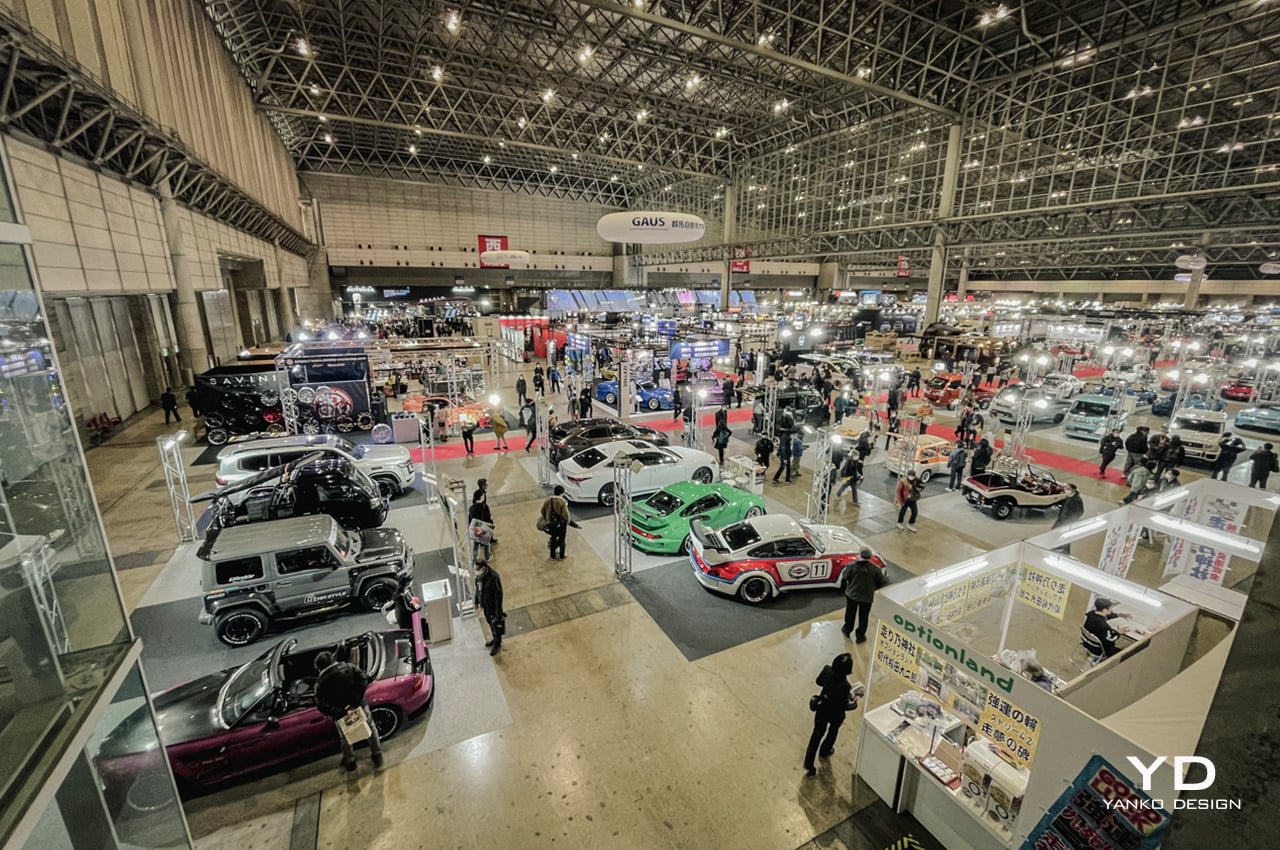
Tokyo Auto Salon is 70% customized cars and 30% new cars
On the global stage, the Auto Salon is one of the top customizing events behind America’s SEMA and Germany’s Essen shows. In the wake of the Tokyo Motor Show’s demise, the 40-year old Salon has taken on a double role—it’s a 70% world-class customizing and tuning show and 30% new car launch venue.
Spread across four cavernous halls at the massive Makuhari Messe complex some 30 minutes east of Tokyo, the 3-day Salon saw new cars and concepts debut from Toyota, Lexus, Nissan, Honda, Subaru, Mitsubishi, Daihatsu as well as Japan premieres of the Lotus Emira and the Alpine A110 S.
As for the customizing specialists, all of Japan’s biggest names were there including HKS, Top Secret, Greddy, TOM’s, Blitz, Endless, Liberty Walk, Cusco, Autobacs, Varis, Rays and RE Amemiya among others.
To give you a flavor of what was on the salon floor, we’ve decided to focus on the highlights—so we chose our 3 best new car and concept debuts plus our 3 best-customized cars.
Three Best New Cars and Concepts
1. Nissan Z
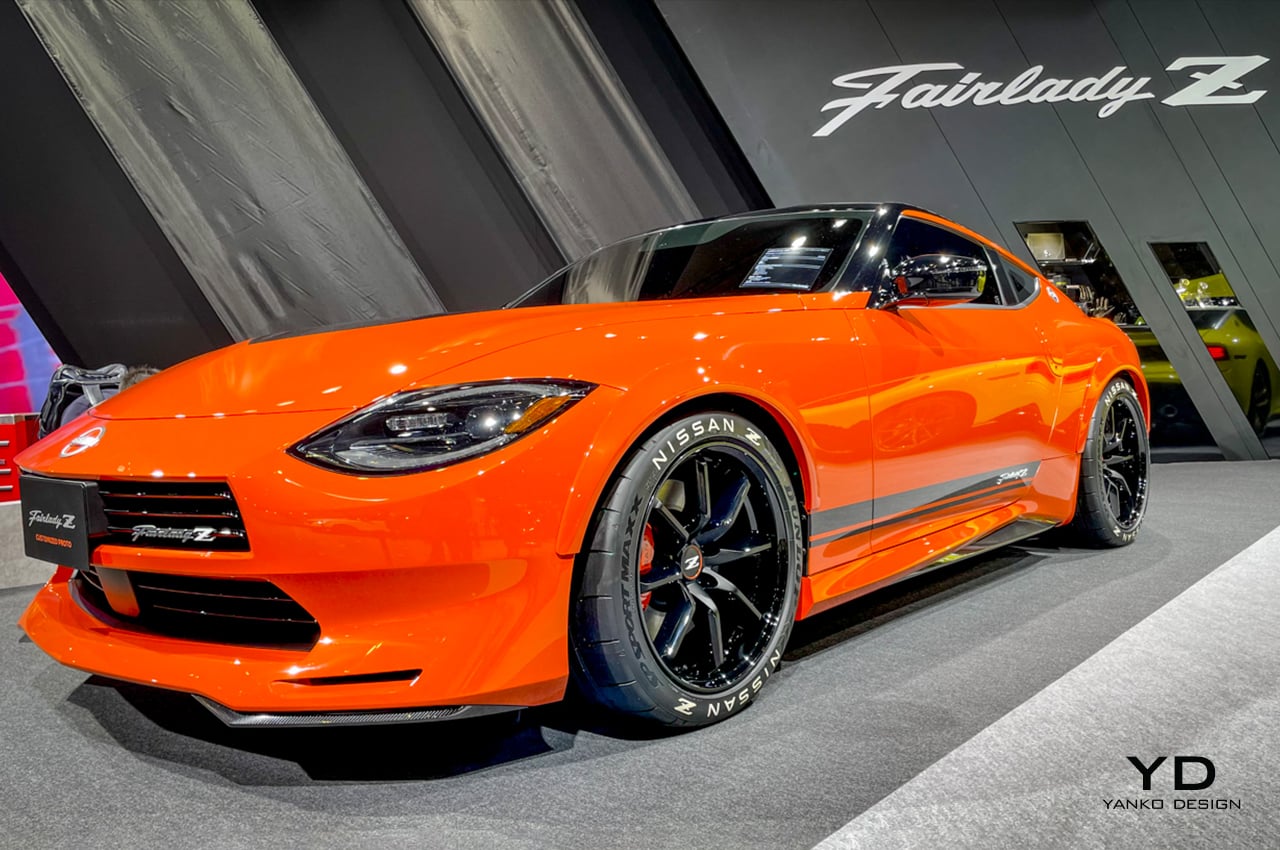
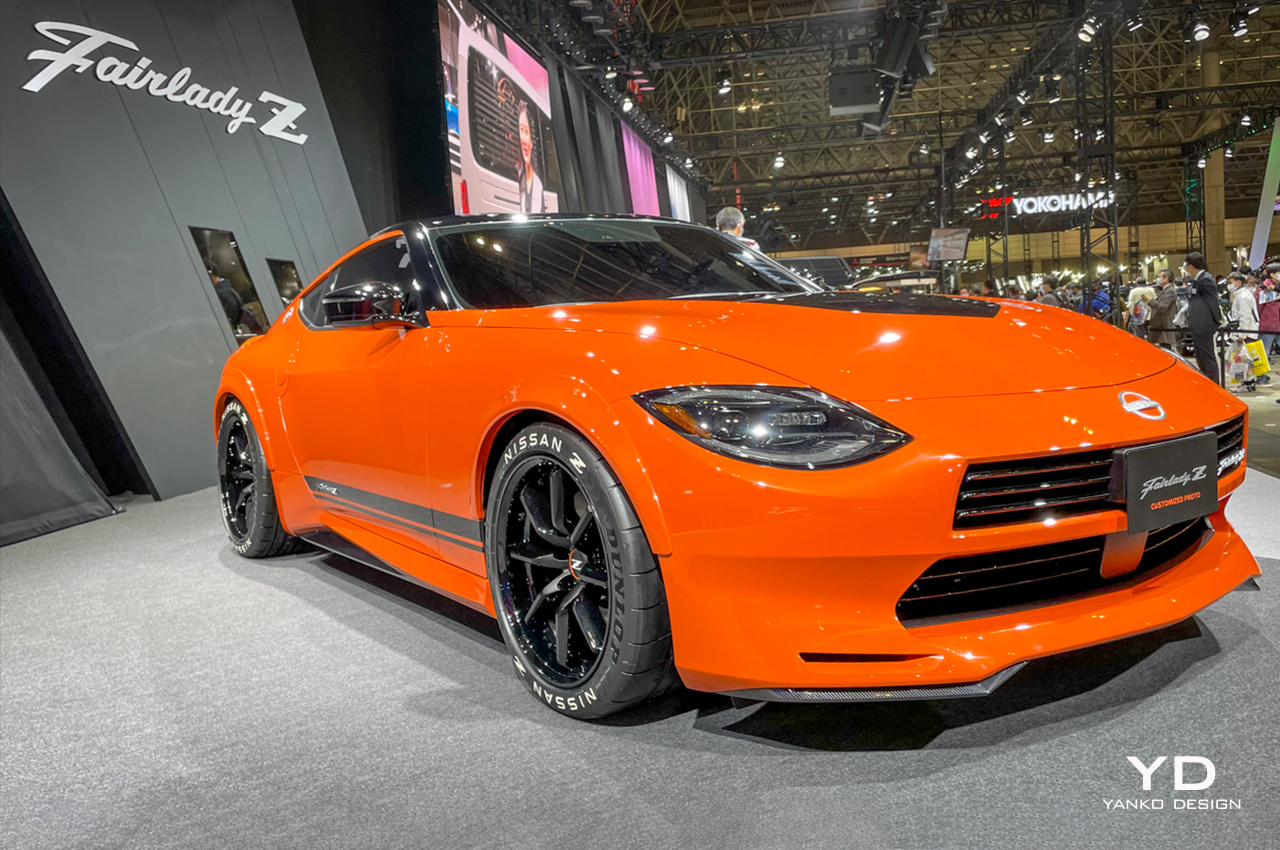
By far the most anticipated unveiling at this year’s Auto Salon was the domestic premiere of the all-new Nissan Z, or the ‘Fairlady Z’ as it’s called in Japan. Expressing just how much this launch means to Nissan, the company’s CEO, Makoto Uchida joined champion Nissan Super GT500 racer Tsugio Matsuda, who collaborated with the car’s cockpit design, and pop star and race team principal Masahiko Kondo to give the Z the unveiling it deserved.
First launched in New York City in August last year, the Z boasts a silhouette that harks back to the original 240Z of 1969 while the tail light design draws inspiration from the rear combination lamps of the 300ZX of three decades ago. The huge rectangular grille first generated controversy when it debuted last year, but after seeing it in real life, I must say that the shape and size of the grille complement the dramatic exterior styling. However, to seemingly appease potential buyers wanting a slightly more subtle traditional front end, Nissan also unveiled the world premiere of the ‘Z Customized Proto’ concept.
Painted in bright orange, and fitted with orange 4-piston brake calipers and Dunlop tires adorned with bespoke ‘Nissan Z’ white lettering this Z was one of my personal favorites at the Salon.
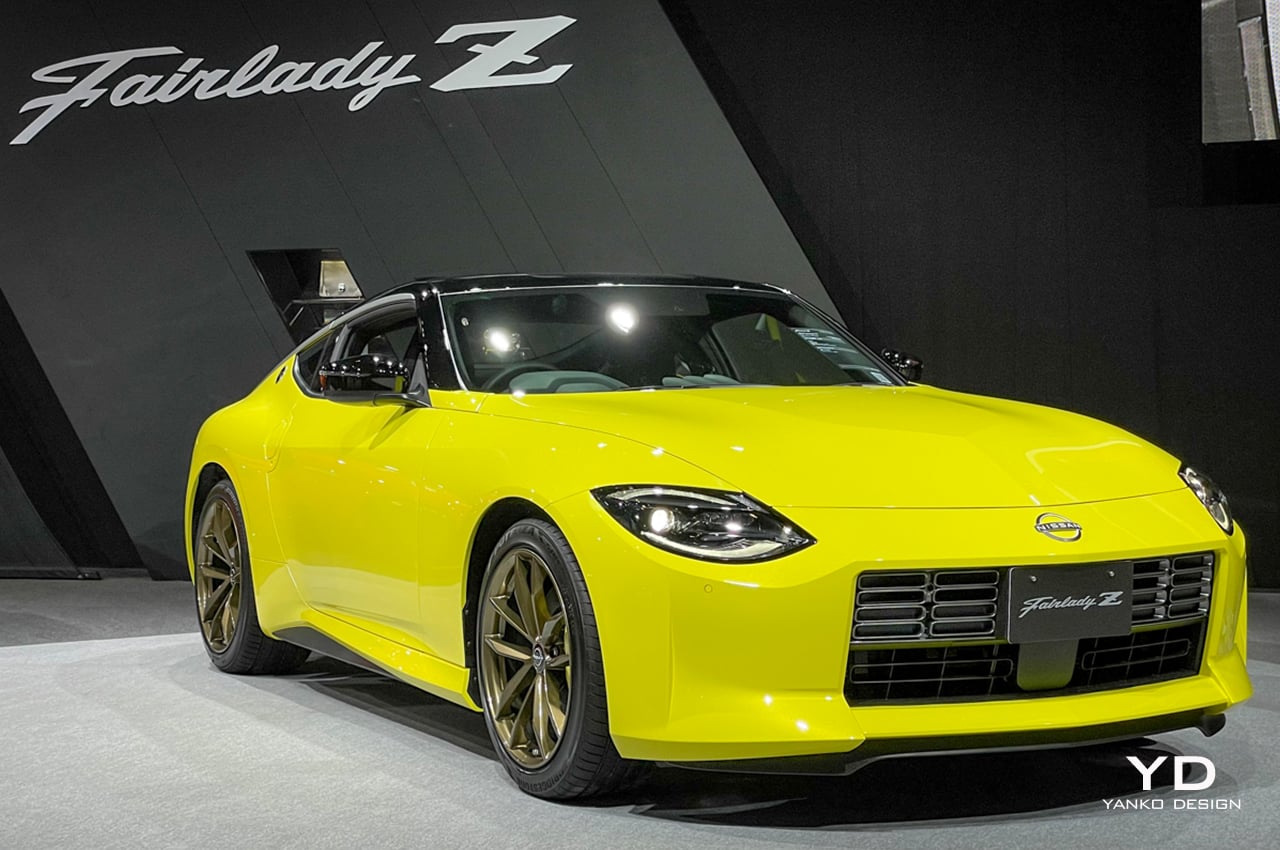
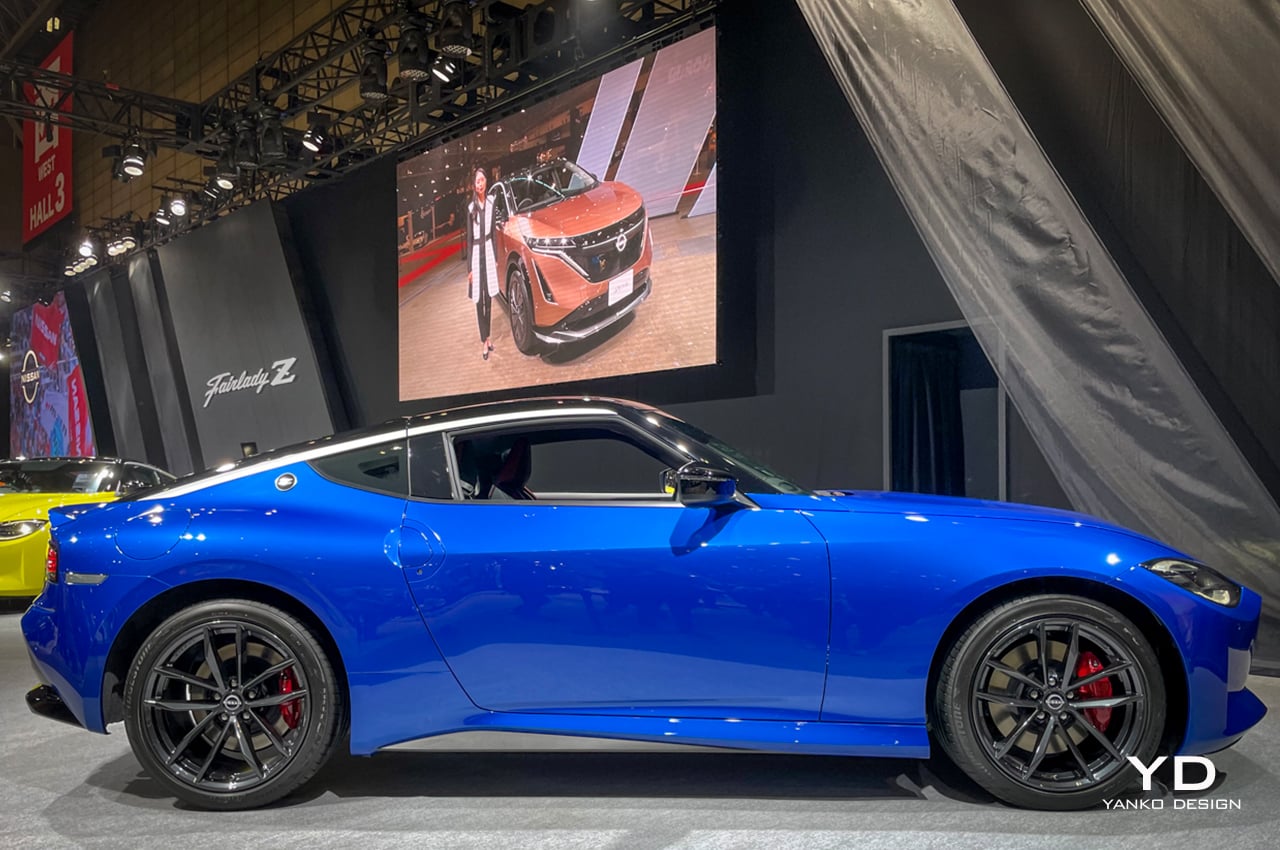
Speaking with Nissan’s chief product specialist for the new Z (and the GT-R for that matter!), Hiroshi Tamura, I could quickly tell that this next-generation sports car was a labor of love for him and his team. As he explained its ‘retro-modern design’ and how the design team had leaned heavily on Z styling from the past 50 years, he also stressed that the car is a traditional rear-drive sports car that incorporates the latest state-of-the-art technologies.
Apart from its impressive 400-hp 3.0-liter V6 twin-turbo matched to a 6-speed manual transmission (9-speed auto optional), the cockpit gets a new interpretation of the traditional Z-style three analog pod gauges set up on top of the instrument panel while the race car style shift-up indicator located directly above the tachometer will no doubt become a much talked about the feature when the car lands in showrooms later this year.
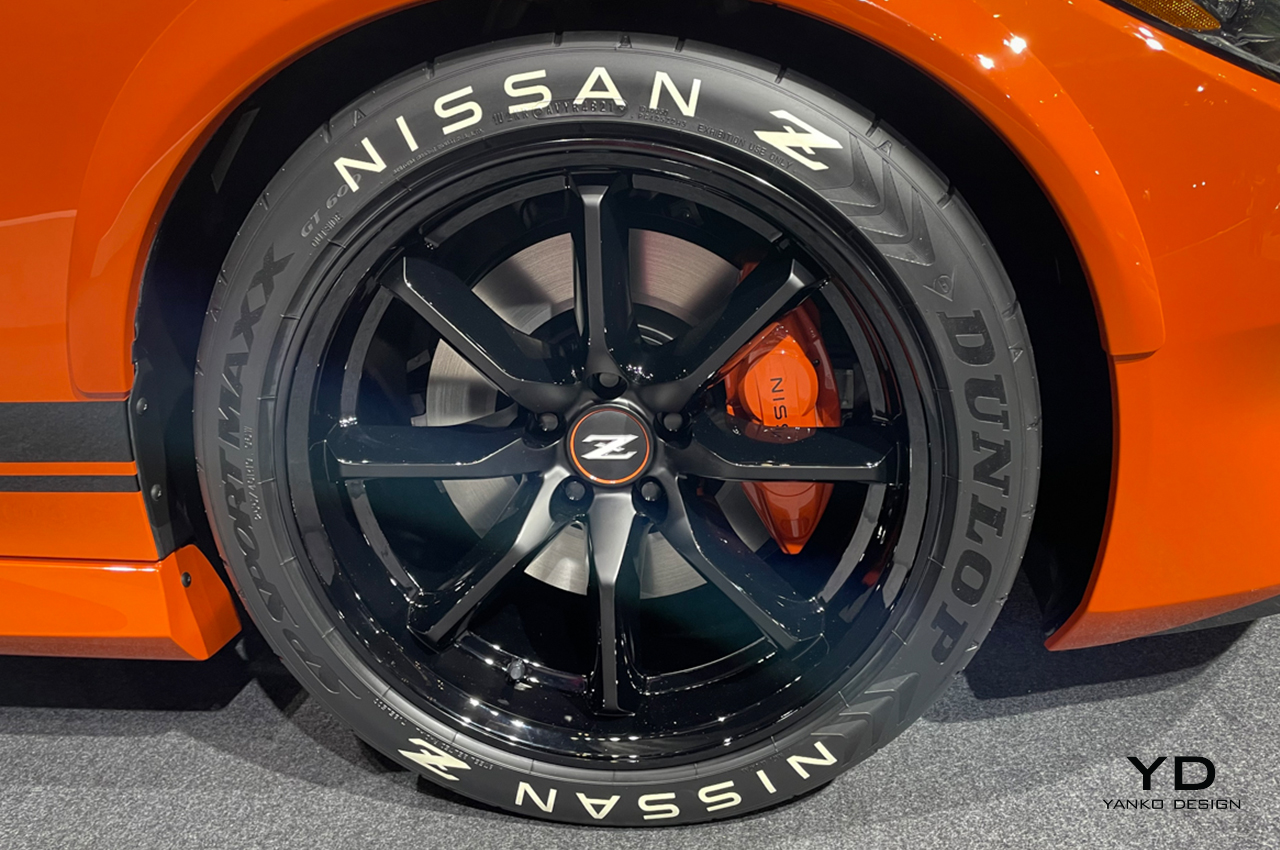
2. Toyota GR GT3 Concept
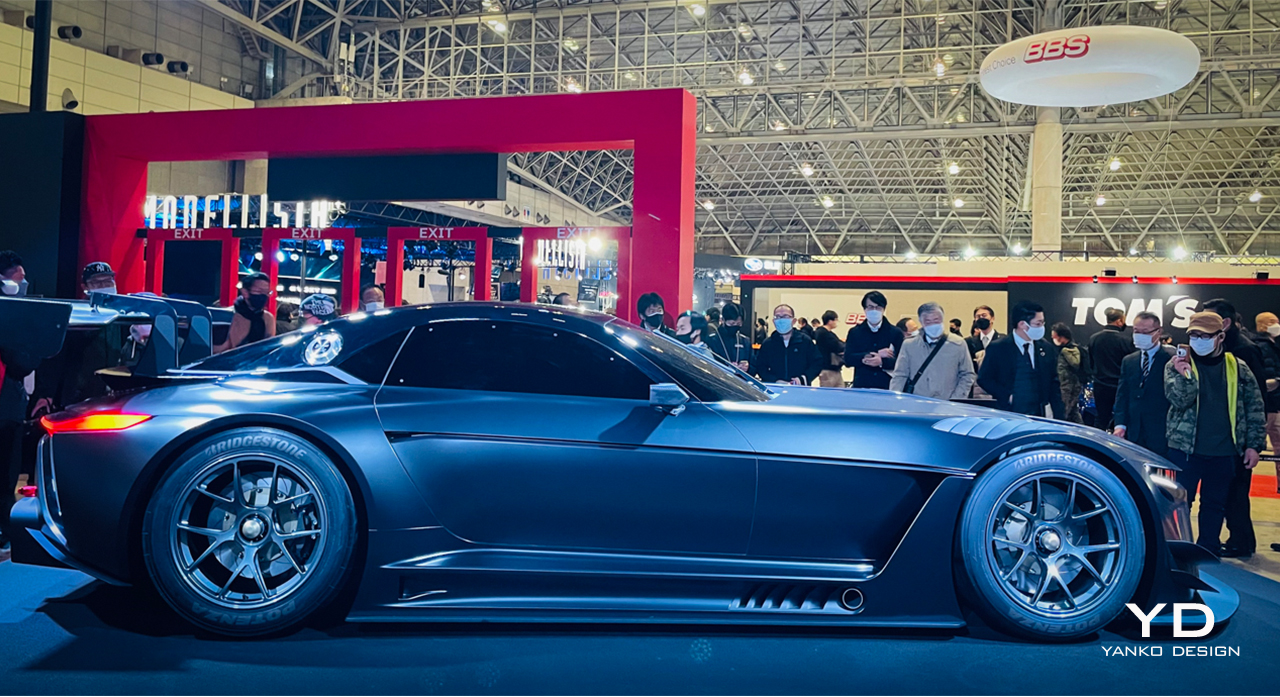
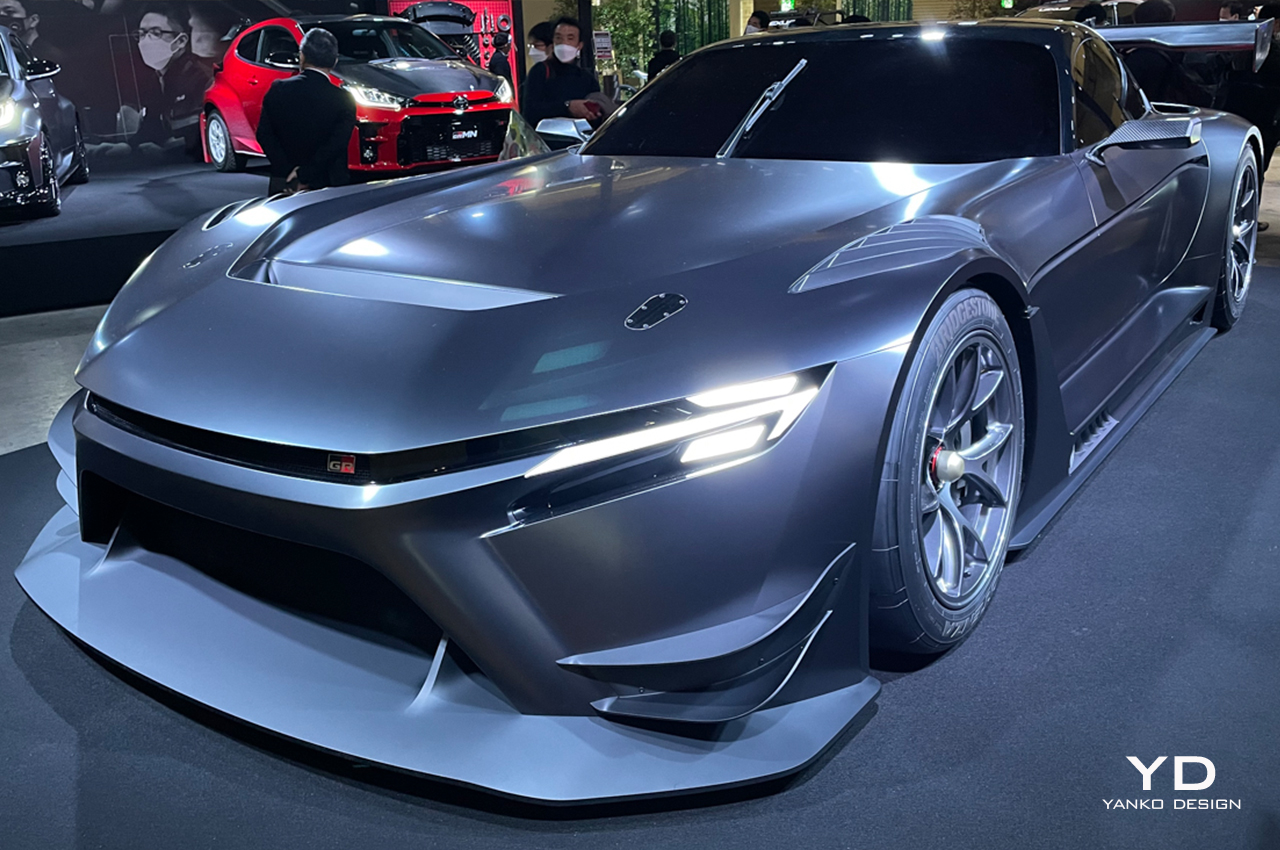
At the Toyota Gazoo Racing (GR) stand, the covers came off another Salon highlight. Arguably one of the most aggressive manufacturer concept cars to ever feature at Makuhari Messe, the GR GT3 Concept interestingly borrows nothing from the brand’s huge range of road-going vehicles, but instead, offers a driver-focused, track-only coupe concept at first, with, perhaps, production car aspirations further down the road. Whether the car is destined for Japan’s Super GT series is yet to be confirmed, but with that “GT3” reference, you’d expect as much.
With its extra-long nose, long wheelbase, straight beltline, sharp sleek front end, huge rear wing, and a rear brake light design that resembles that of the Porsche Taycan, the GR GT3 looks more than ready for the race track as is. One aspect of the car that stood out when viewed from the side is that its proportions almost mirror those of the gorgeous Mazda RX Vision concept of 2017.
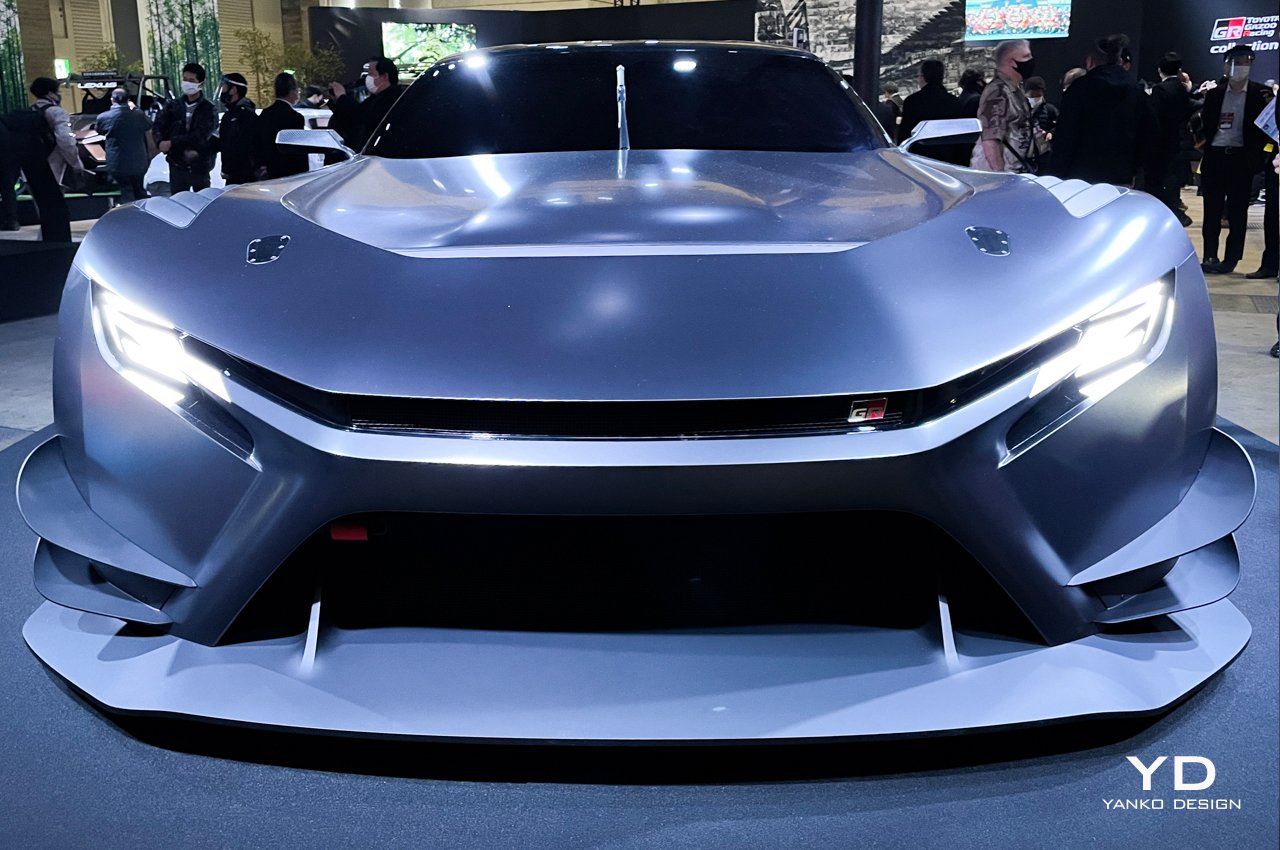
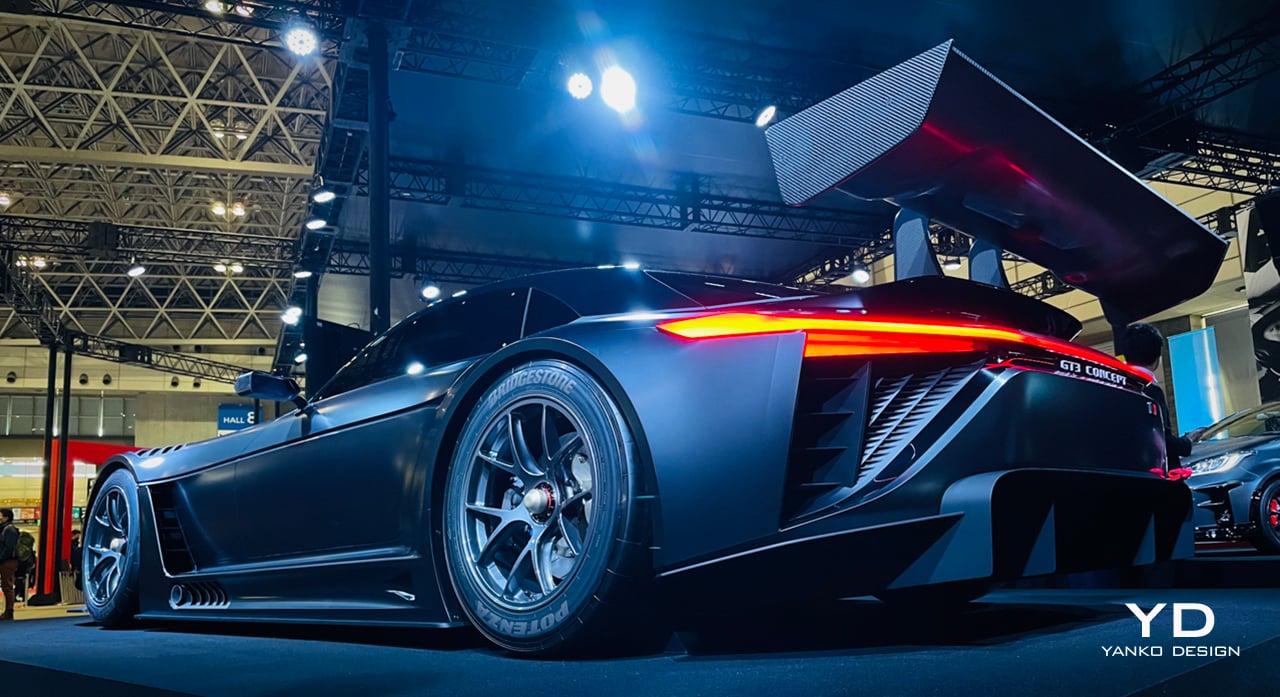
Details are slim at present. Toyota officials made no reference to a powertrain in any way, but given the fact that the car has exhaust pipes, we can expect it to pack a hybrid powertrain, most probably a V6 married to a turbo and a plug-in hybrid system that would develop upwards of 600-hp.
According to Toyota, the GT3 concept follows a pattern initiated by the multiple award-winning GR Yaris hatchback. The company plans to commercialize motorsport models first, instead of taking road-going cars and modifying them for racing. Even if Toyota does not make a road-going version of the GT3 concept, we hope that signature design elements of this awesome-looking machine make their way into production cars.
Like Mazda’s RX Vision concept, which appeared in Gran Turismo, one definite possibility is that we will see this car feature in Polyphony Digital’s best-selling driving game in the not too distant future.
3. Subaru STI E-RA Concept
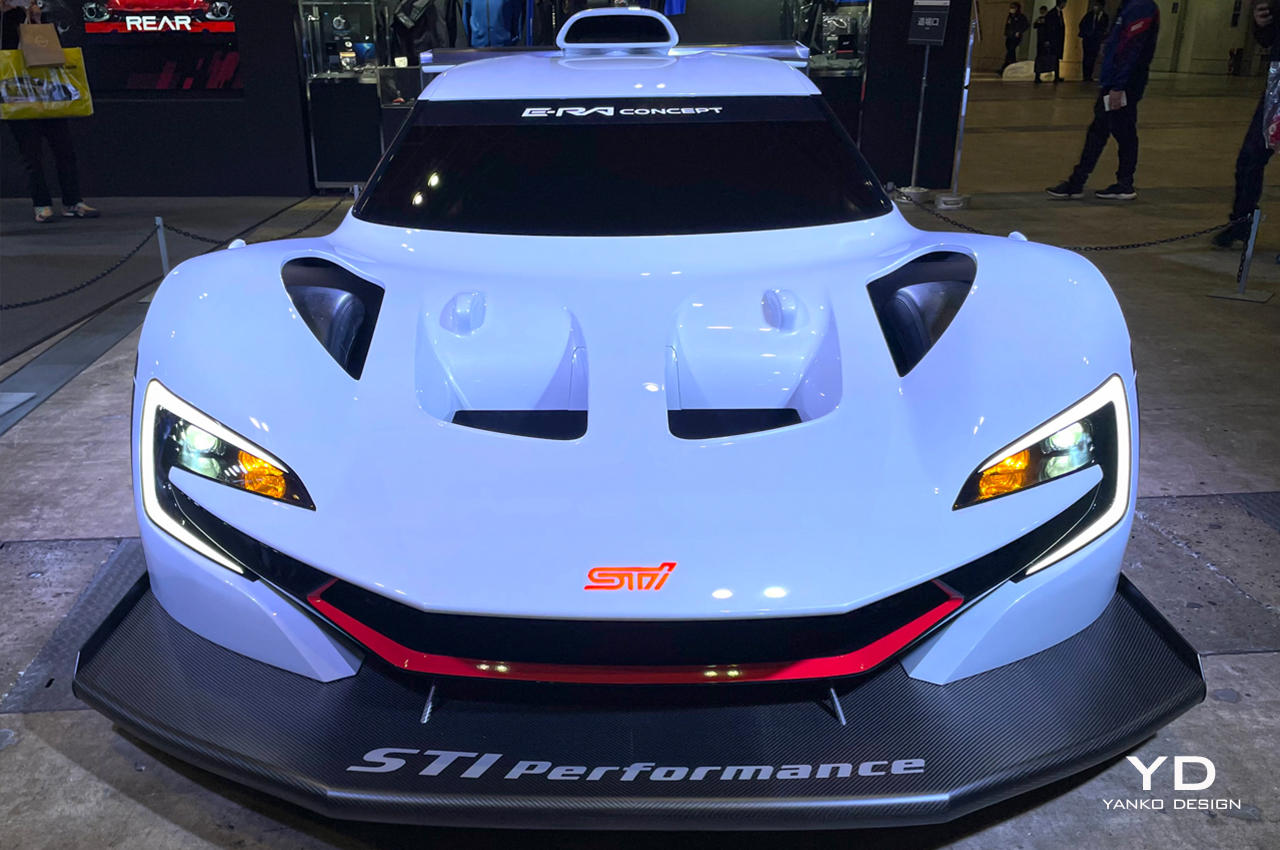
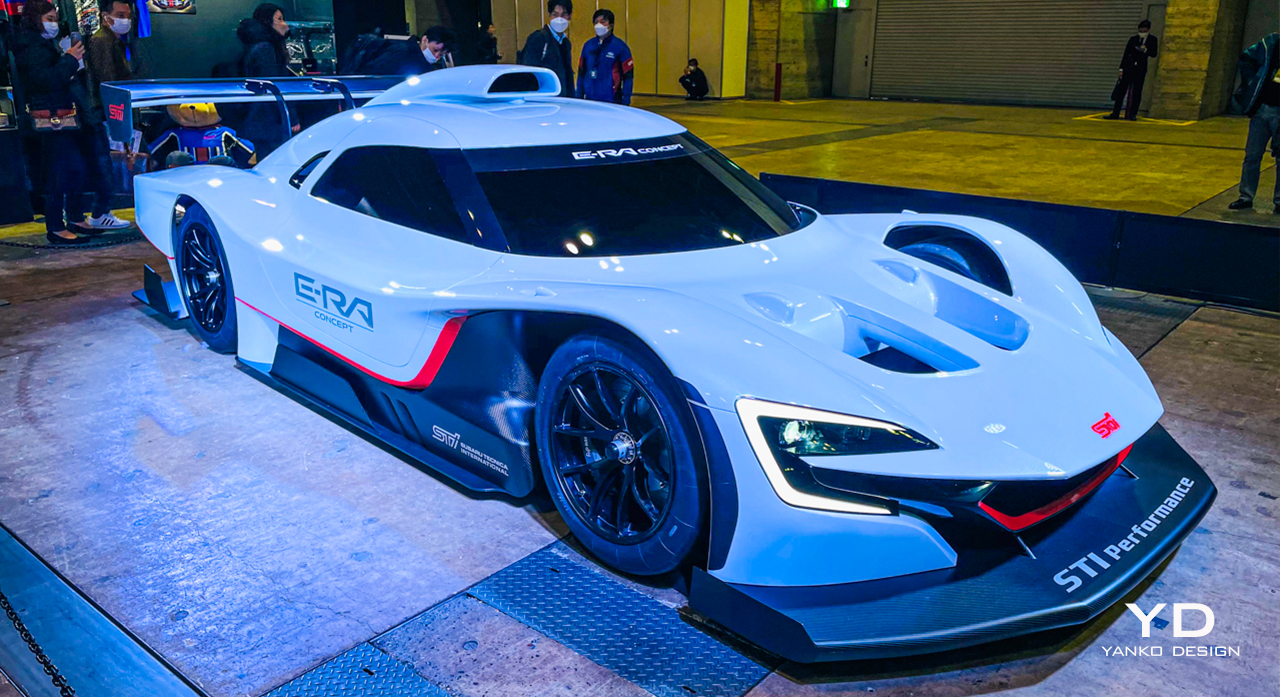
As I roamed the Subaru STI stand, I noticed a BRZ STI concept and a WRX concept, but then, plonked in an obscure corner of the stand, behind the fully electric Solterra STI Concept was one of the most radical Japanese cars I’ve ever seen—the Subaru STI E-RA Concept.
While the Nissan Z was the most anticipated car of the Salon, the STI E-RA Concept was the biggest surprise. It literally appeared out of nowhere. “We told no one about it, not even Subaru of America,” said a Subaru staffer. In the world of social media and instant news and leaked teaser images, it’s extremely refreshing to see something that you did not know existed suddenly appear.
Subaru Tecnica International developed this low-slung 1,072-hp electric race car for one purpose—to set a new lap record around Germany’s famed 13-mile long Nurburgring Nordschleife race track. Propelled by 4 powerful 200kW electric motors, one on each wheel, the E-RA (short for ‘Electric Record Attempt’) is hellbent on setting a time of ‘400 seconds,’ or 6 minutes 40 seconds, according to Hiroshi Mori, STI’s general manager who green-lighted the project.
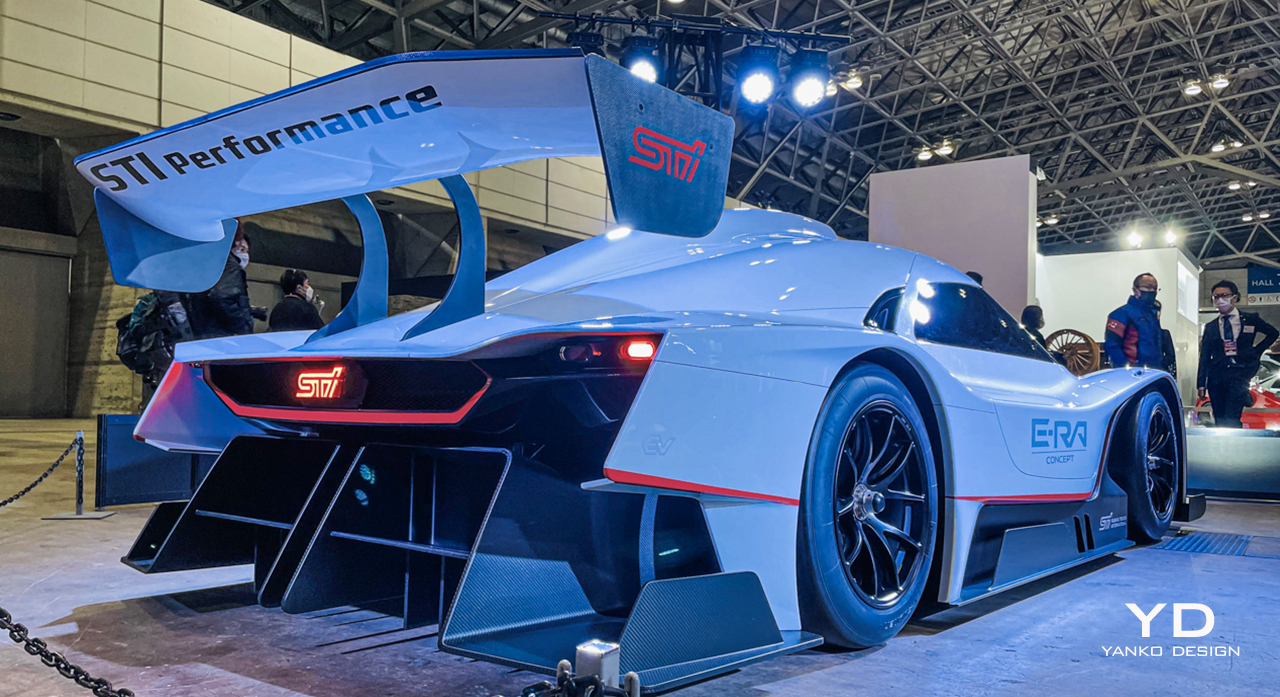
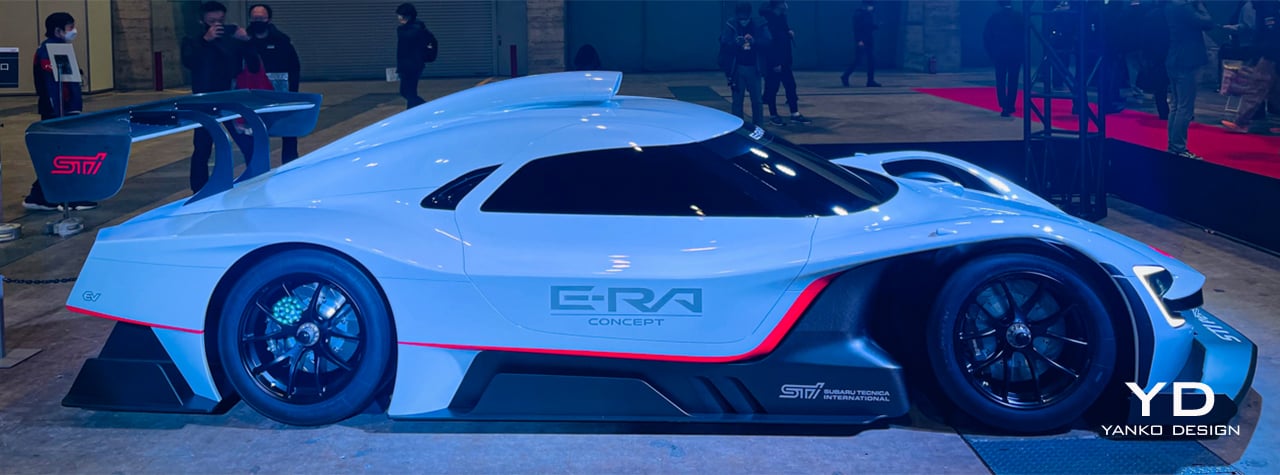
So why attempt such a radical move now? “We are a little behind with our introduction of EVs, so we decided to up the ante and create an extreme study model, and set a lap time that will help us develop fast, efficient EV race and road cars for the future,” answers Mori.
As Mori so aptly pointed out, the record STI is chasing is not the 6:05 time set by the single-seater Volkswagen ID R, but a slightly more leisurely 6:40 time for twin-seater electric cars. That ‘400 second’ that STI is however targeting a time that would outperform the two-seat Chinese NIO EP9 electric supercar that posted a 6:45 in 2017. Everything about the E-RA, from its 197-inch long frame to its 79-inch wide carbon fiber body to its perfect aerodynamic profile, huge chin spoiler, massive rear wing, roof air intake and race car tuned diffuser, all scream ultra-performance.
According to Mori, the 60kWh battery powering the E-RA should last just one lap, providing just enough juice to set one lap time. “Hopefully a record lap time,” says Mori. STI will test the car in Japan this year before heading to Germany sometime in 2023 for the record-breaking attempt.
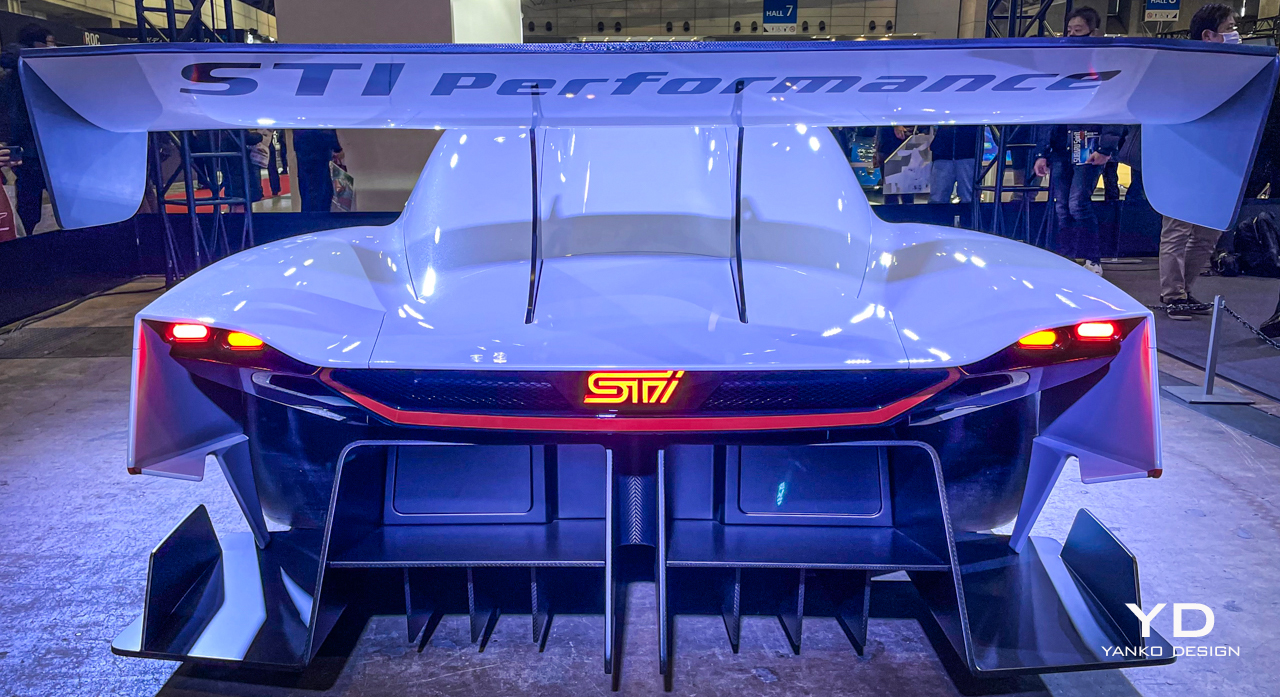
Honorable Mentions For New Cars and Concepts
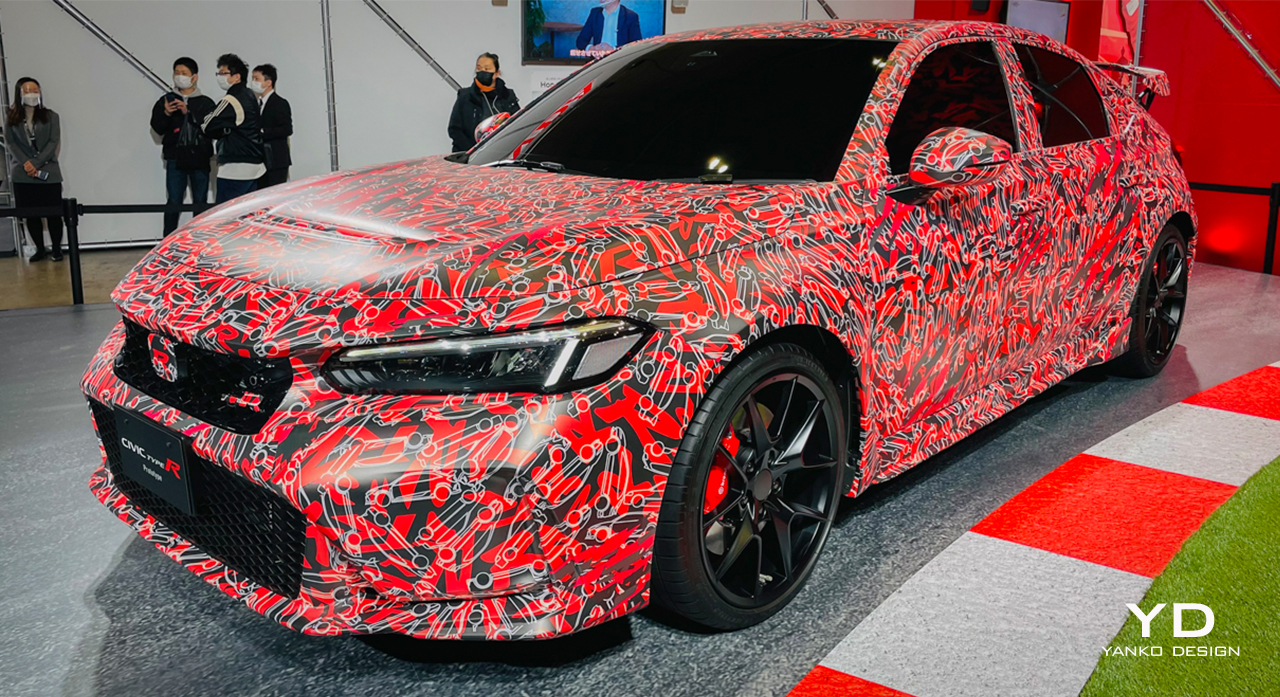
Honda revealed its next-generation Civic Type R wearing a rare camouflage. From a distance, it just looks like a generic red, back, and white covering, but up close this camouflage is a tapestry of Type R logo designs from all of the past Civic and Integra Type R models. As for engine specs, Honda was remaining tight-lipped but we can expect it to generate over 320-hp and offer a manual transmission.
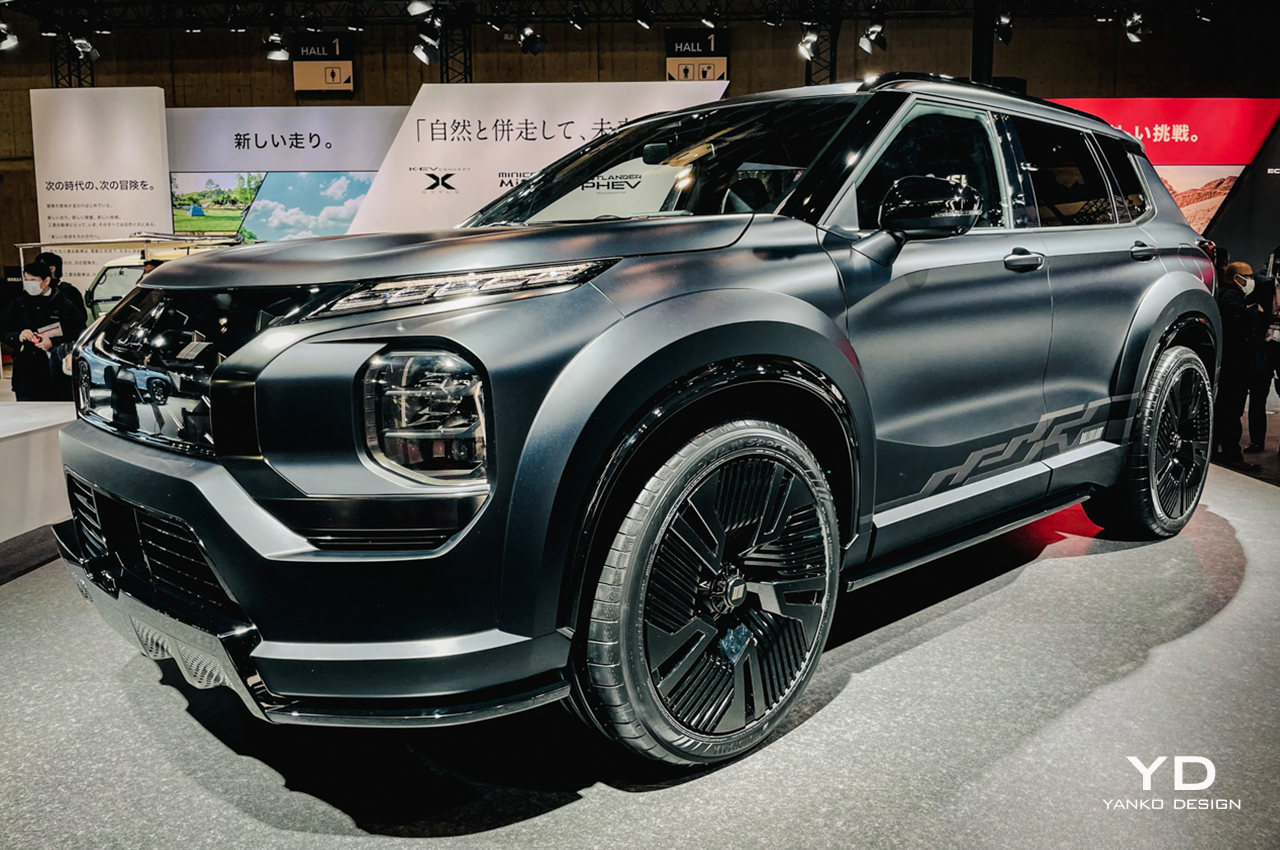
Over at Mitsubishi’s stand, it was great to see their motorsport and tuning arm ‘Ralliart’ making a comeback through their ‘Vision Ralliart Concept.’ Based on the latest Outlander, the modified SUV is finished in a matte black paint job and employs a bold, muscular body kit and rear diffuser, 22-inch wheels, and 6-piston calipers.
And who could ignore the domestic launch of the Lotus Emira First Edition? Distributed by LCI in Japan, this sexy-looking coupe is powered by a 400-hp, 3.5-liter supercharged V6 with either 6-speed manual or automatic transmissions.
Three Best Customized Cars
1. Liberty Walk Aventador SVJ Carbon Fiber Body
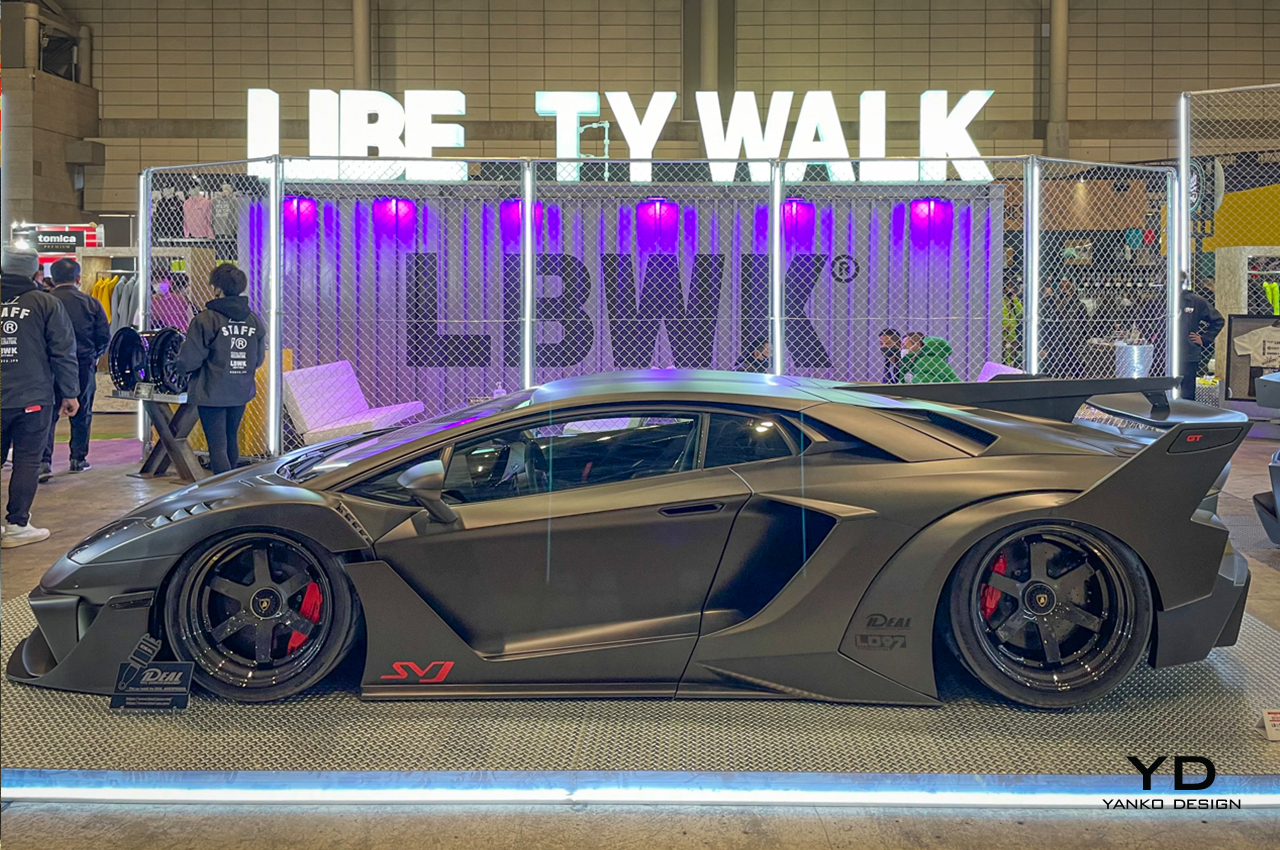
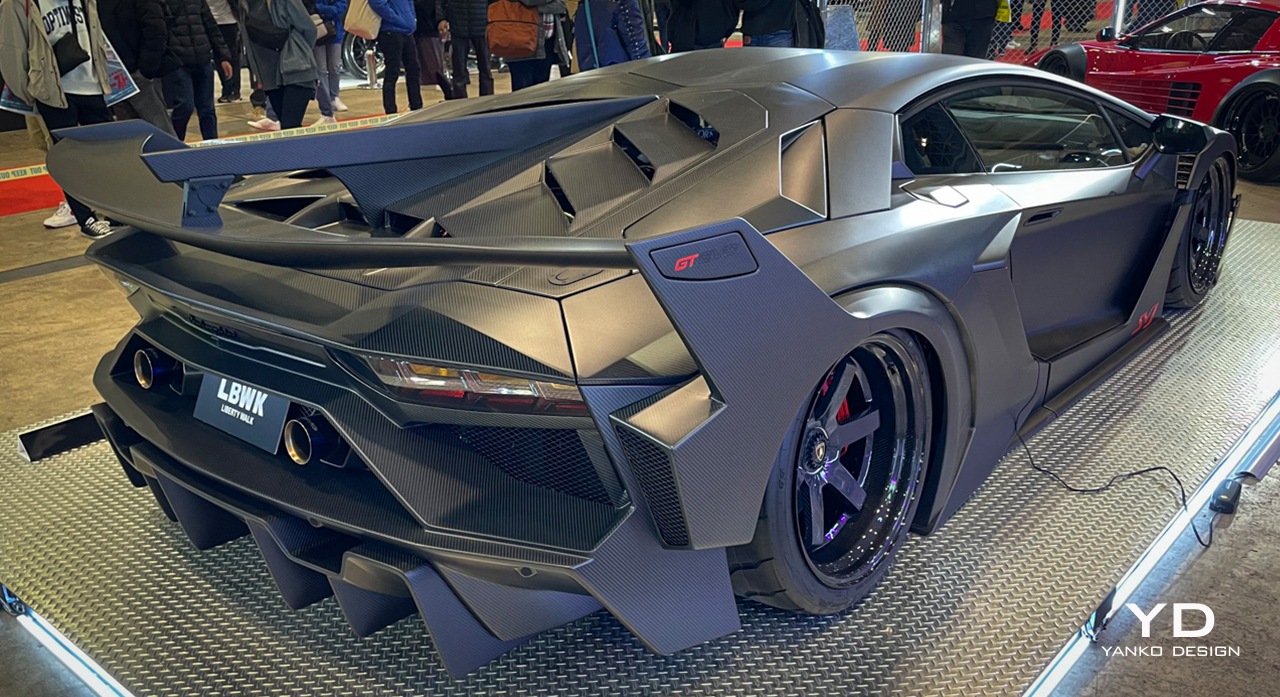
Housed inside a high chain-link fence-enclosed stand that seemed inspired by a Mixed Martial Arts arena, the star of internationally-known customizer Liberty Walk’s display was a dark grey Lamborghini Aventador SVJ. And the customizing had nothing to do with its 770-hp V12 engine, which incidentally is how the car comes from the factory.
Arguably one of the most extreme customized cars at this year’s Auto Salon, this Aventador SVJ’s claim to fame is that it is covered in a totally new body kit made out of dry carbon fiber. Looking like a modern-day Batmobile, Liberty Walk engineers removed the car’s body, made bespoke carbon fiber molds of every part, and then replaced the standard body parts with the newly created lightweight carbon fiber pieces.
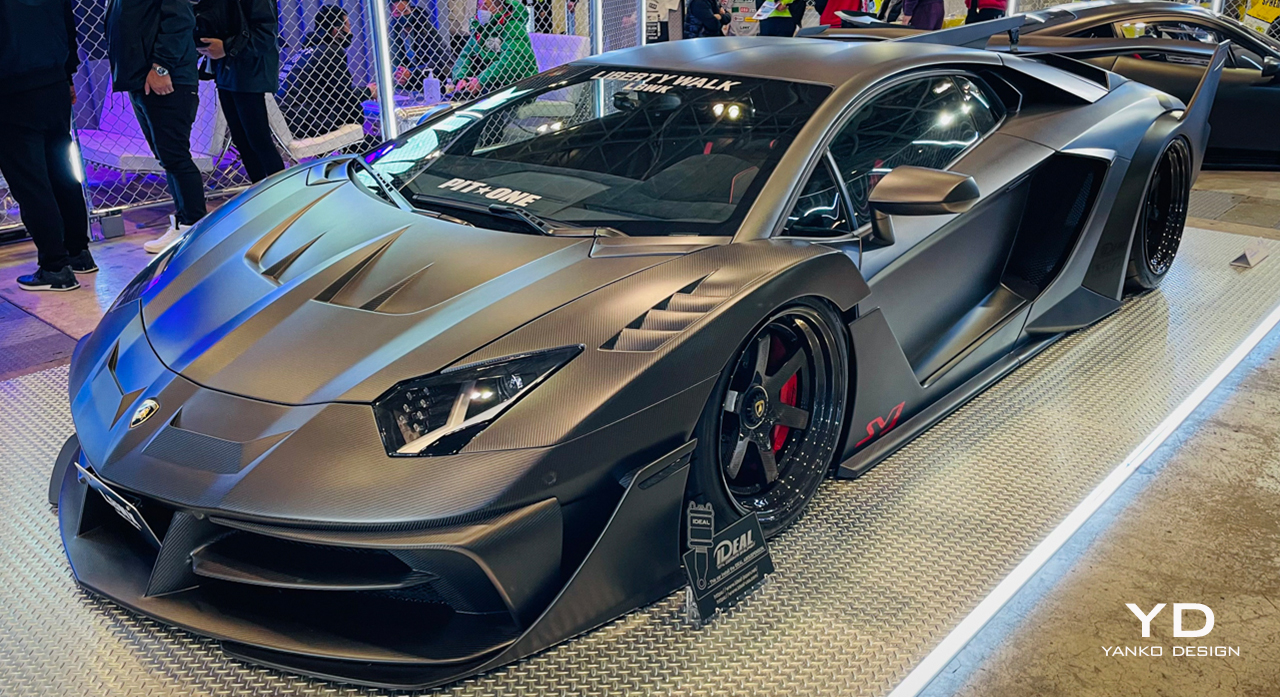
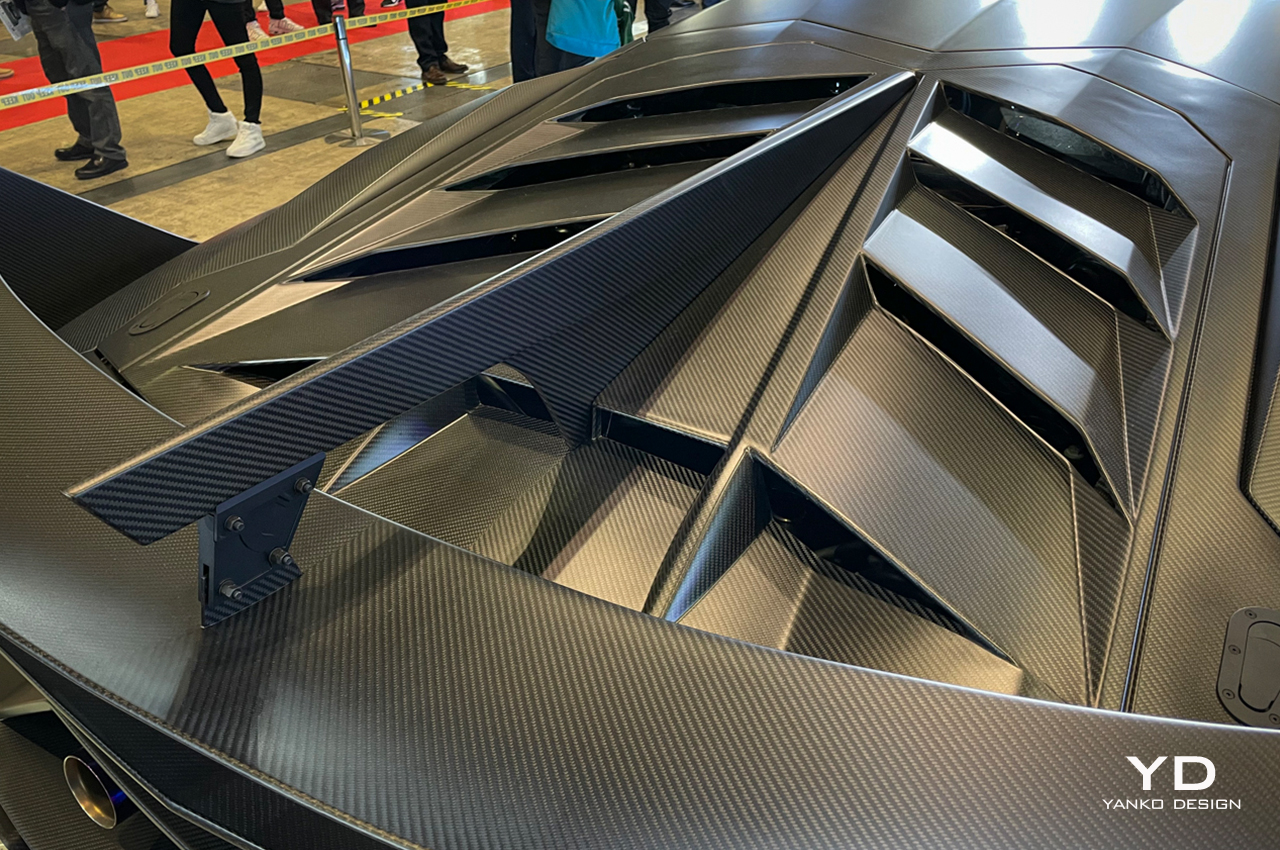
And the cost of this car? According to a spokesman, if you take a fully optioned SVJ’s costing around $700,000 and add the full dry carbon fiber (which is more expensive than wet carbon fiber) body kit fee of just over $200,000, and then add on a few extra options, you end up with a total price tag of just over $1 million. Given the quality of the work, I was not surprised to hear that Liberty Walk has customers in the U.S., Europe, and Brazil. The specialist customizer says that it will make around 20 of these body kits and nearly half have already been sold.
2. HKS Driving Performance GR86
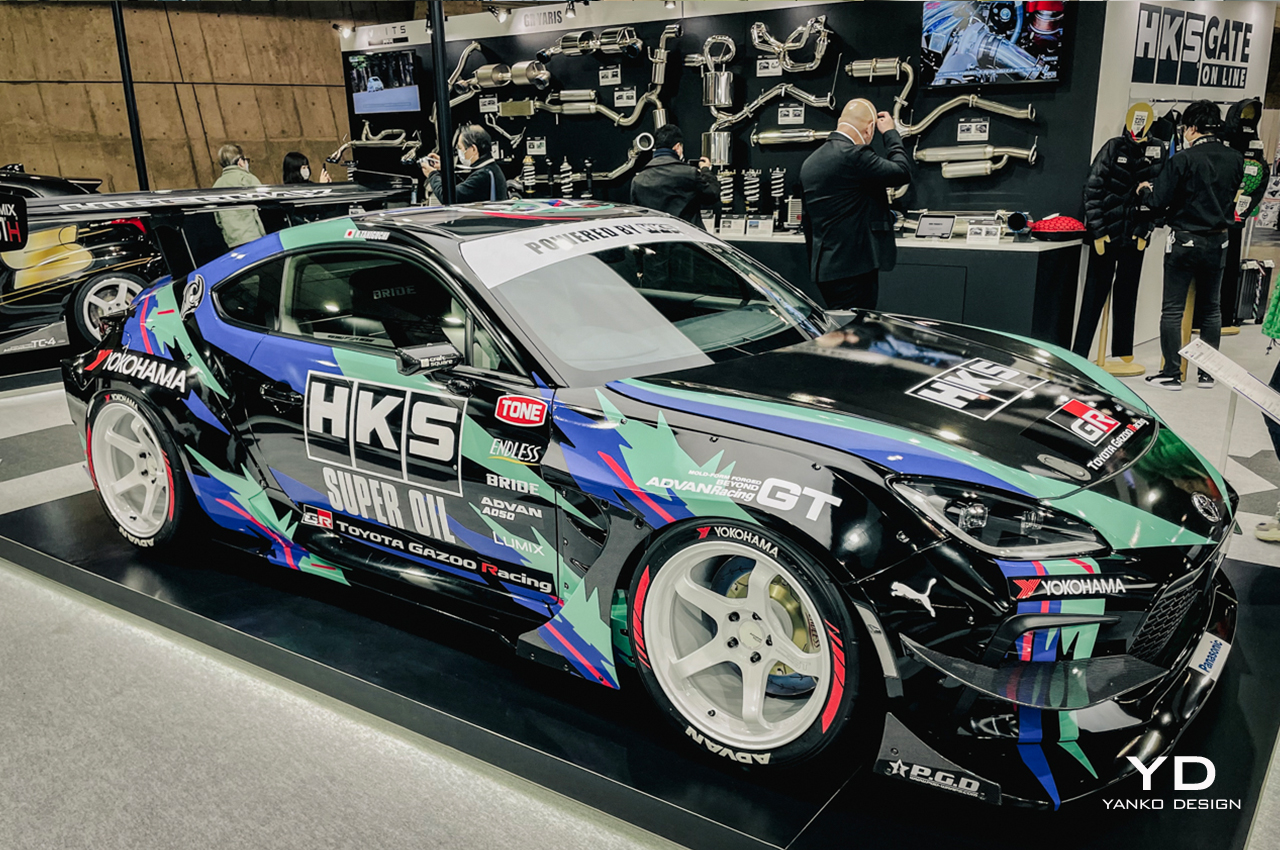
As we’ve seen, the Tokyo Auto Salon does double as a stage to launch new manufacturer models and concepts. But it is still basically a customizing show and a big one at that. Without a doubt, the main base car for the vast majority of customizers and tuners is the recently launched second-generation Toyota GR86. At this year’s show, I counted no less than 30 heavily customized GR86s, but the one that stood out the most was the HKS GR86 which is no surprise given that HKS is one of the best known—domestically and internationally—customizers in Japan.
In Japan, customizing, racing and racecourse time attacks at the well-known Tsukuba Circuit go hand in hand, and this time was no different. Donning a startling triple color livery, the HKS GR86 has basically been race-prepped to challenge a sub-minute lap time around Tsukuba.
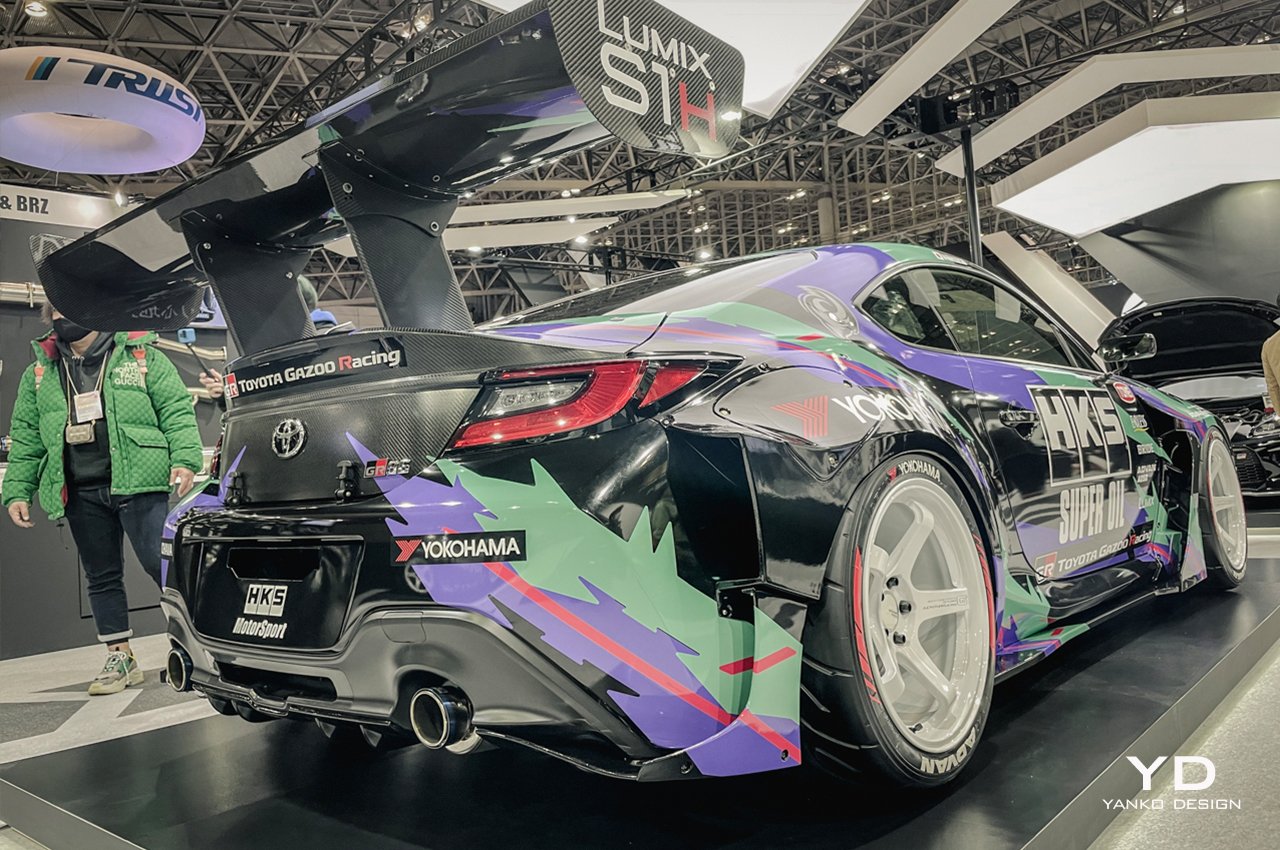
While the standard GR86 is fitted with a 230-hp 2.4-liter boxer engine, the HKS GR86 has a supercharger fitted that lifts power to a rumored 300-hp although HKS did not release this detail. But that’s not all. Fitted with a full battery of bespoke HKS modified parts that include a special lightweight body kit, HKS sports muffler, and exhaust system, a HKS heavy-duty clutch, an HKS oil cooler, and air filter, HKS Hipermax S sports suspension, Endless branded brakes, and Yokohama 18-inch wheels and Advan tires, the HKS GR86 knocked out a rather quick lap time of 1:01 making it the fastest GR86 around Tsukuba so far.
3. Pandem Widebody V8 GT-R ‘Hakosuka’
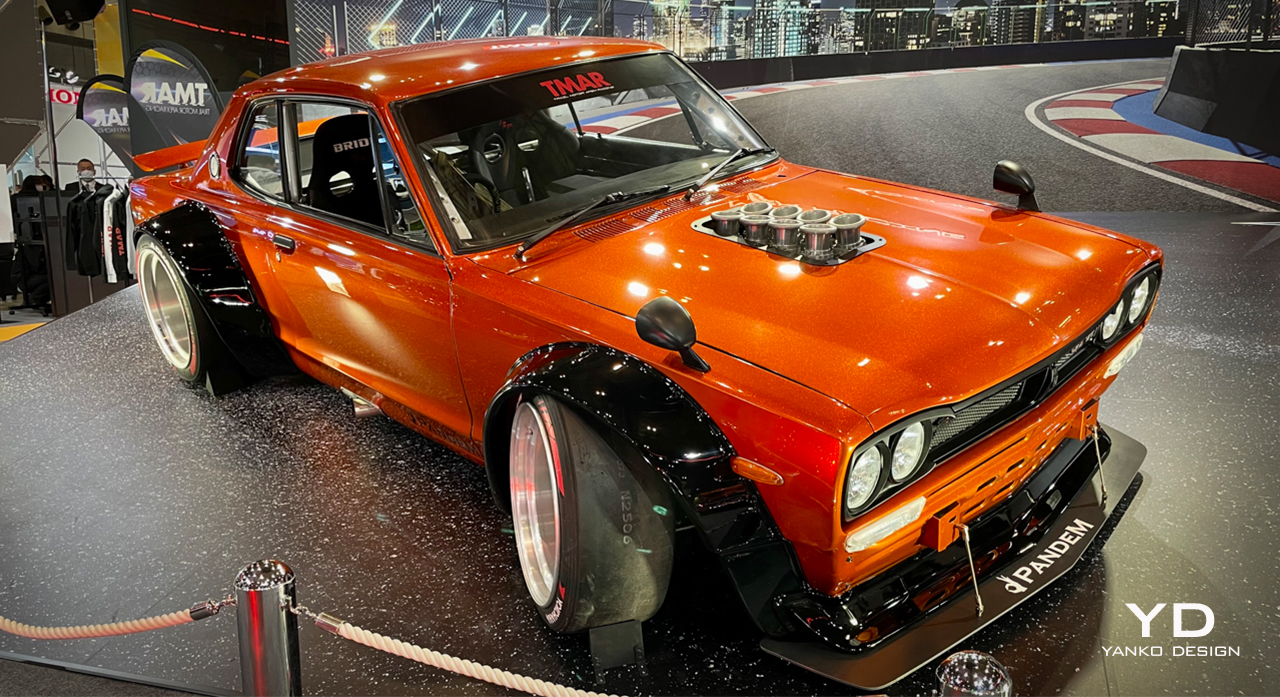
Saving the best till last. This heavily modified Nissan Skyline GT-R could just be our favorite customized car at this year’s salon. Notable customizer Trail Motor Apex Racing displayed a one-off ‘Pandem Widebody V8 Hakosuka’ (with ‘hako’ meaning boxy and ‘suka’ refers to Skyline) based on a 1970 Nissan Skyline GT-R. Now while the ultra-wide blacked-out, flared fenders look totally bonkers, those fenders house oversized tires that are more than necessary for this orange beast. Why? As if those 8 suspicious pipes poking out of the hood don’t give the game away. That’s right, this first generation GT-R packs a thumping NASCAR-spec 5.7-liter V8 engine pumping out an incredible 1,145-hp through the rear wheels.
While the car cannot be driven on public roads, TMAR says they will be doing some testing in the near future with the goal of ‘racing it.’ However, exactly where and when they will race it is still under wraps.
Nissan only made 1,945 so-called ‘Hakosuka’ GT-Rs and word on the street is that around one-third of them survive today. Compared to the Pandem Widebody V8’s 1,145-hp, the original GT-R C10, which won multiple touring car races, was powered by a 2.0-liter straight-6 engine generating just 160-hp, but still considerable power for those days. Race versions of these cars today can fetch upwards of $300,000 due to their rarity and race-winning history. Just how much this one-off V8-fitted GT-R would cost is anyone’s guess.
Honorable Mentions For Customized Cars
Okay, so we’ve featured our three best new cars and three best-customized cars. But of the hundreds of other tuned models on display, these ones also impressed no end.
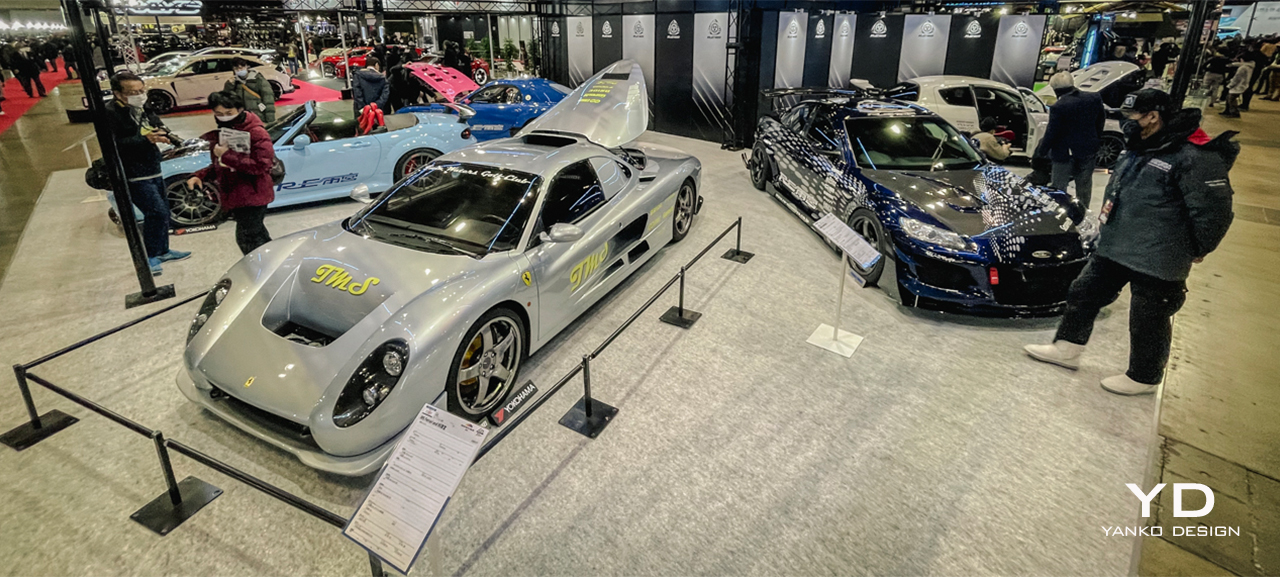
One of the long-time heroes of the Auto Salon is the legendary rotary engine tuner RE Amemiya. These guys normally modify Mazda rotary-powered RX-7s and RX-8s, but this year, the highlight of their stand was a specially prepared Ferrari Testarossa powered by a 4-rotor rotary engine, which incidentally is the same number of rotors that powered the Mazda 787B race car to victory in the 1991 Le Mans 24-hour race.
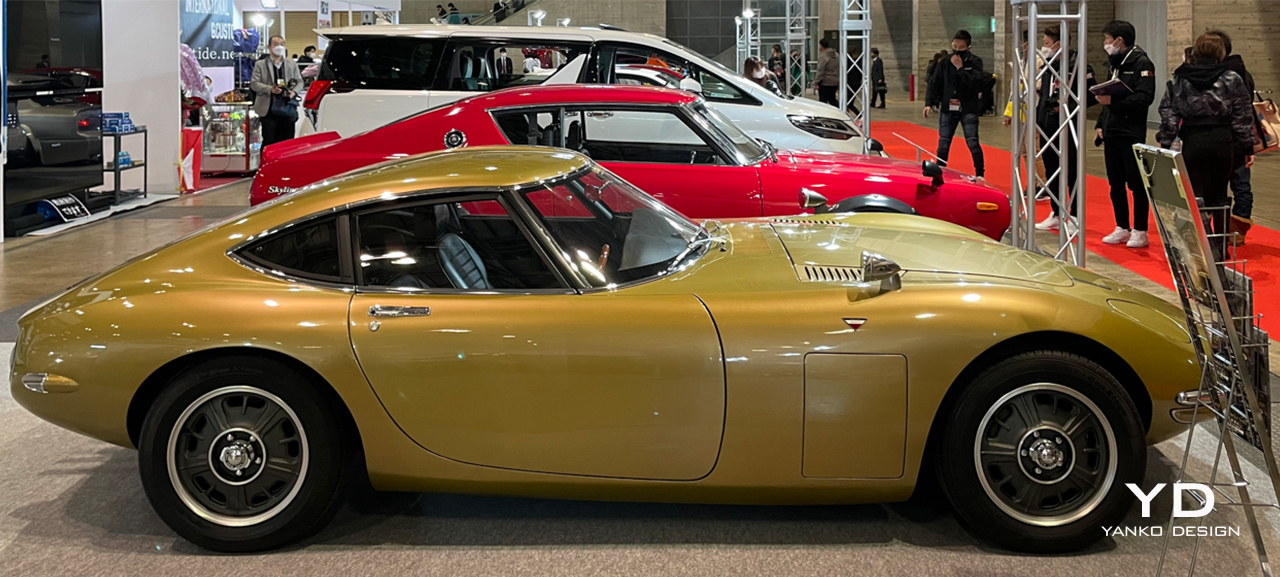
My jaw dropped when I saw the gold-colored ‘Rocky 3000GT’, which is actually a replica of a 1967 Toyota 2000GT, arguably Japan’s most beautiful sports car. However, in place of the original 2.0-liter straight-6, this 3000GT is powered by an inline-6 3.0-liter Toyota engine. The price on the 3000GT was unclear, but for reference, stock 2000GT’s have fetched auction prices of over $1 million recently.
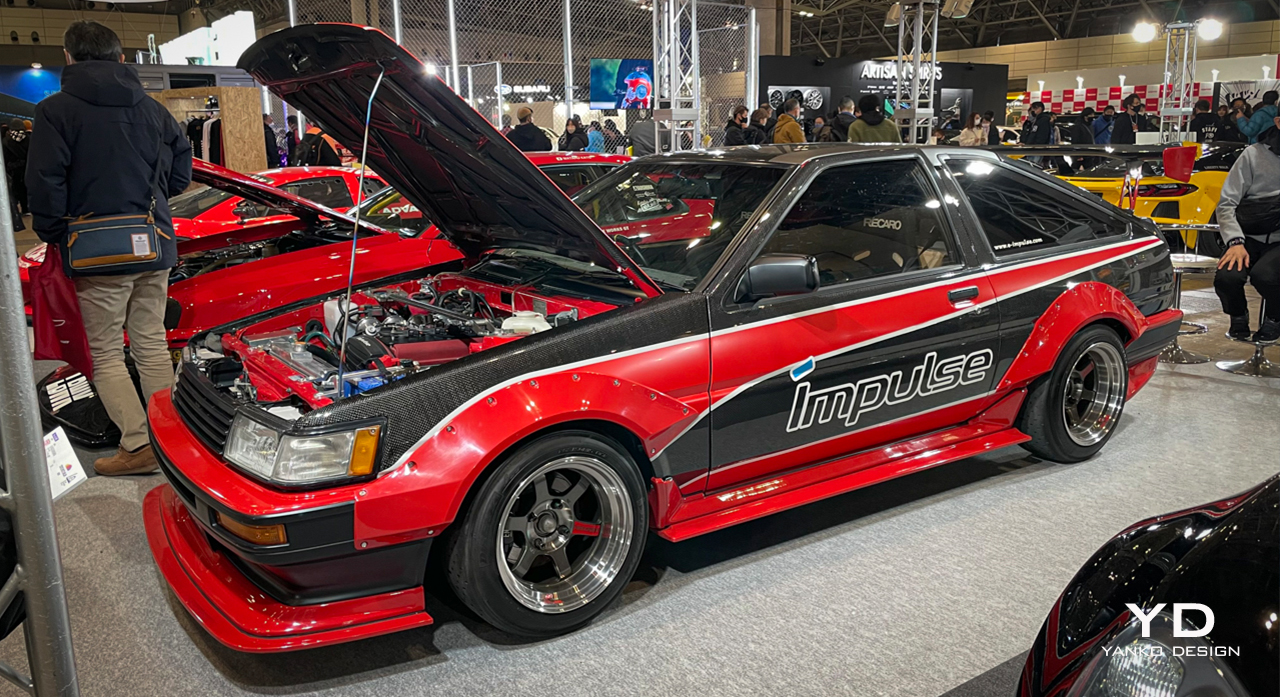
We also liked the sensational-looking Impulse AE86, which is a tuned 1986 Toyota Sprinter Trueno Corolla AE86 that has huge flared fenders, a carbon fiber body kit, and a modified engine developing 200-hp. Finished in a stand-out red, white, and black paint combination, this is the model of car that hardcore drifters all over the world use for sliding sideways around race tracks.
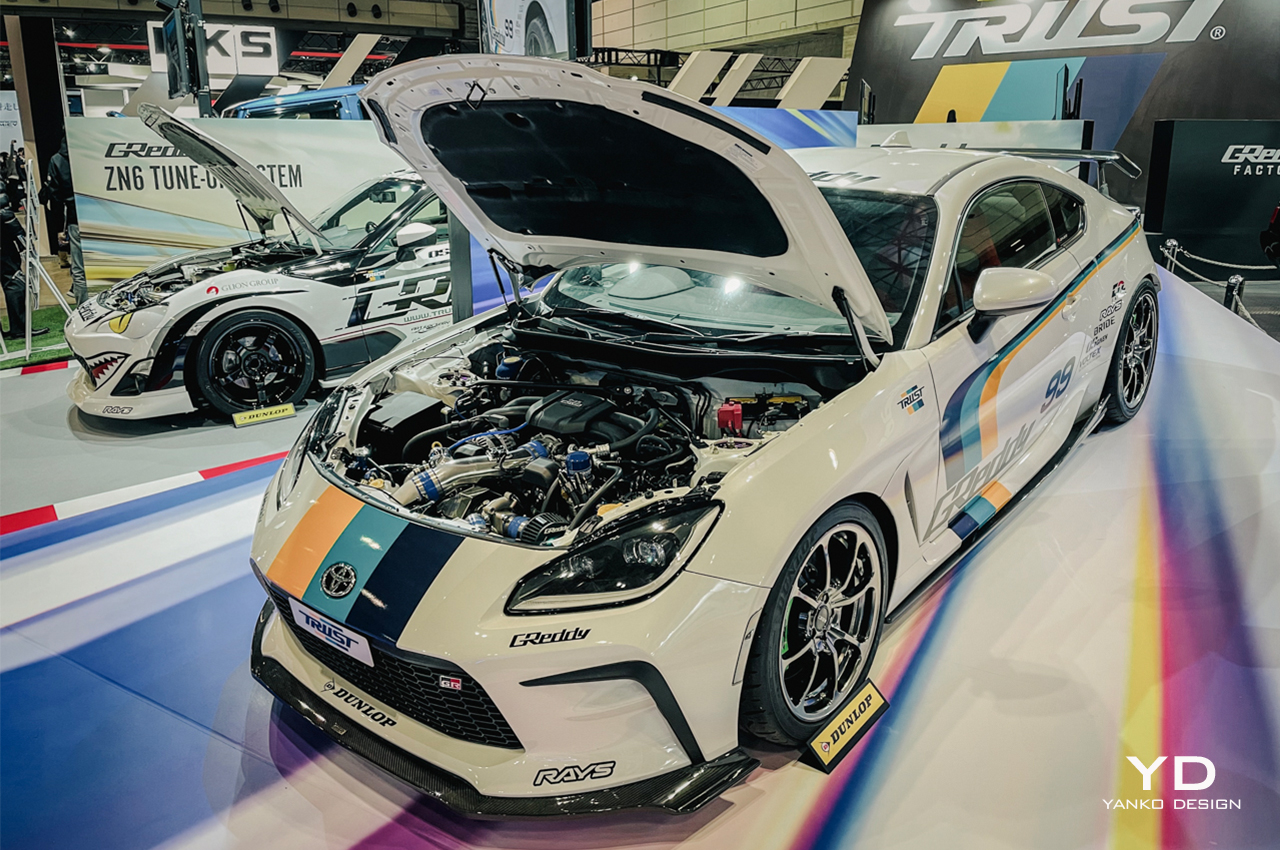
Speaking of 86s, well-known customizers GReddy and Blitz also outdid themselves with customized versions of the new GR86 that would cause a real stir in the U.S., a place that has been screaming for more powerful turbocharged models. Tuned with bespoke turbochargers, intercoolers, aeroparts, and sports suspension, these cars would be generating over 300-hp.
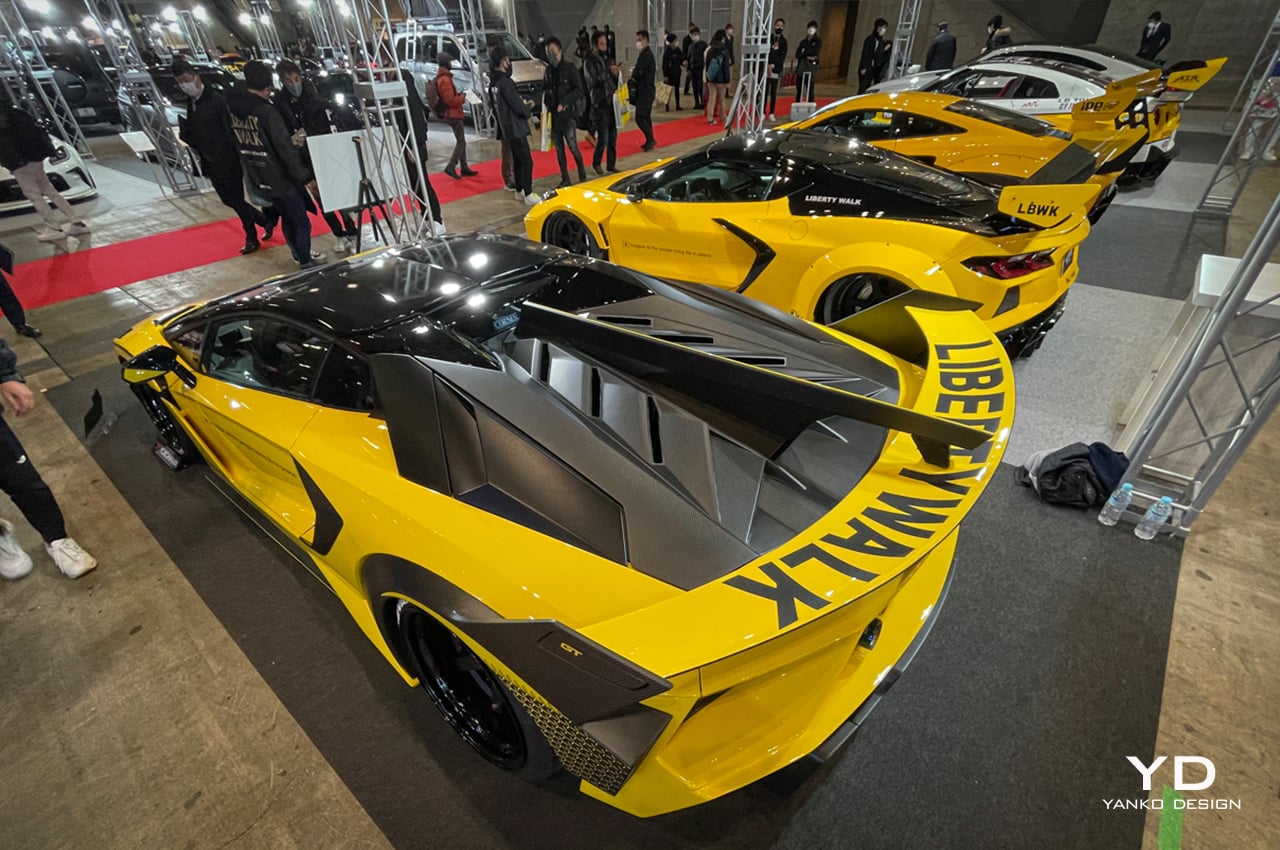
And who could ignore the other three bright yellow concept cars on display at the Liberty Walk stand. The canary yellow Lamborghini Aventador, Chevrolet Corvette C8, and McLaren P1 all benefited from bespoke carbon-fiber bodywork and were the best-looking threesome of the show.
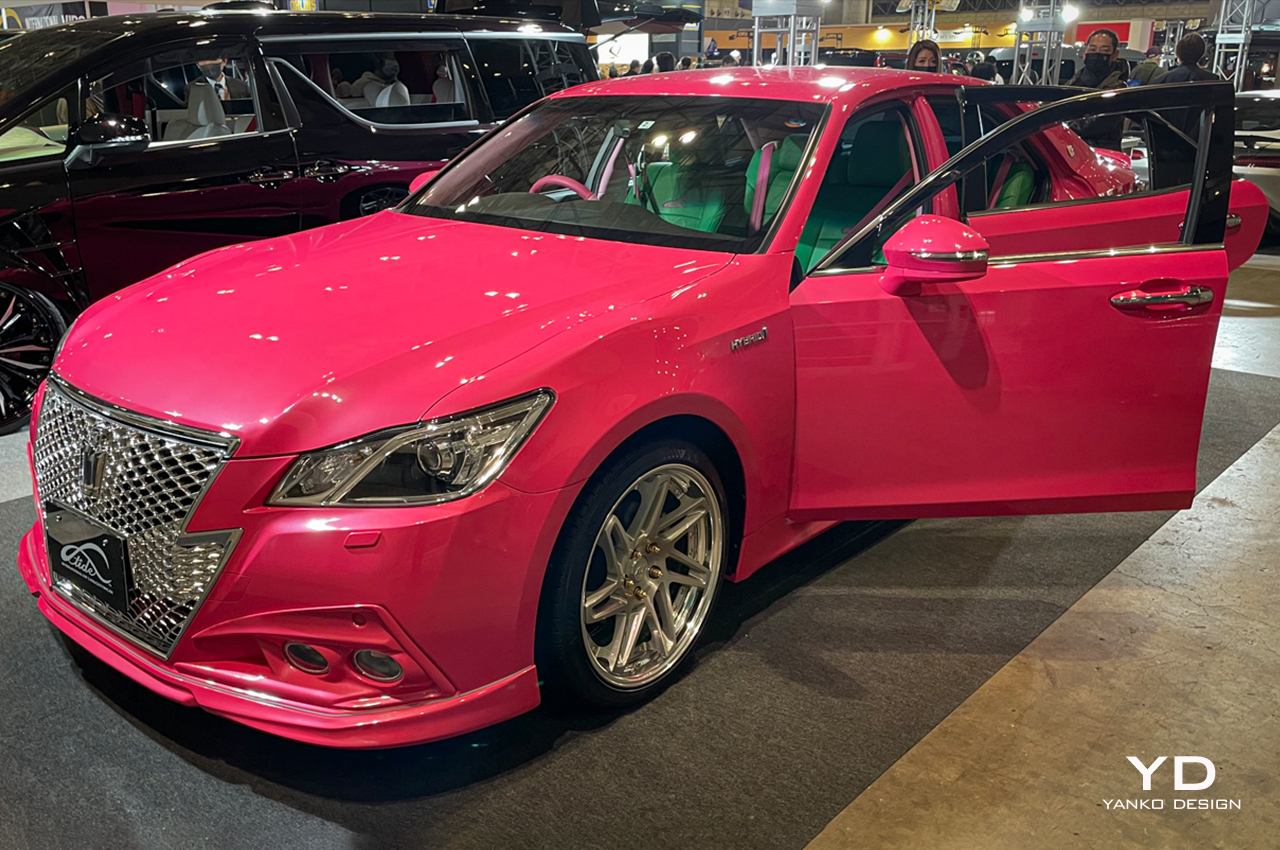
Meanwhile, the ‘Bad Taste Award’ went to a bright pink Toyota Crown with dark green seats, pink steering wheel, pink seatbelts, and Swarovski crystal beads pasted all over the Crown and Athlete G badges.
Conclusion
One reason for the continued success of the 40-year-old Tokyo Auto Salon is that it has a little of something for everyone. With its new car launches and over-the-top customized machines, it’s a smorgasbord of automotive titillation that never gets old. Bring on TAS 2023.
The post The Best of Tokyo Auto Salon 2022 first appeared on Yanko Design.
